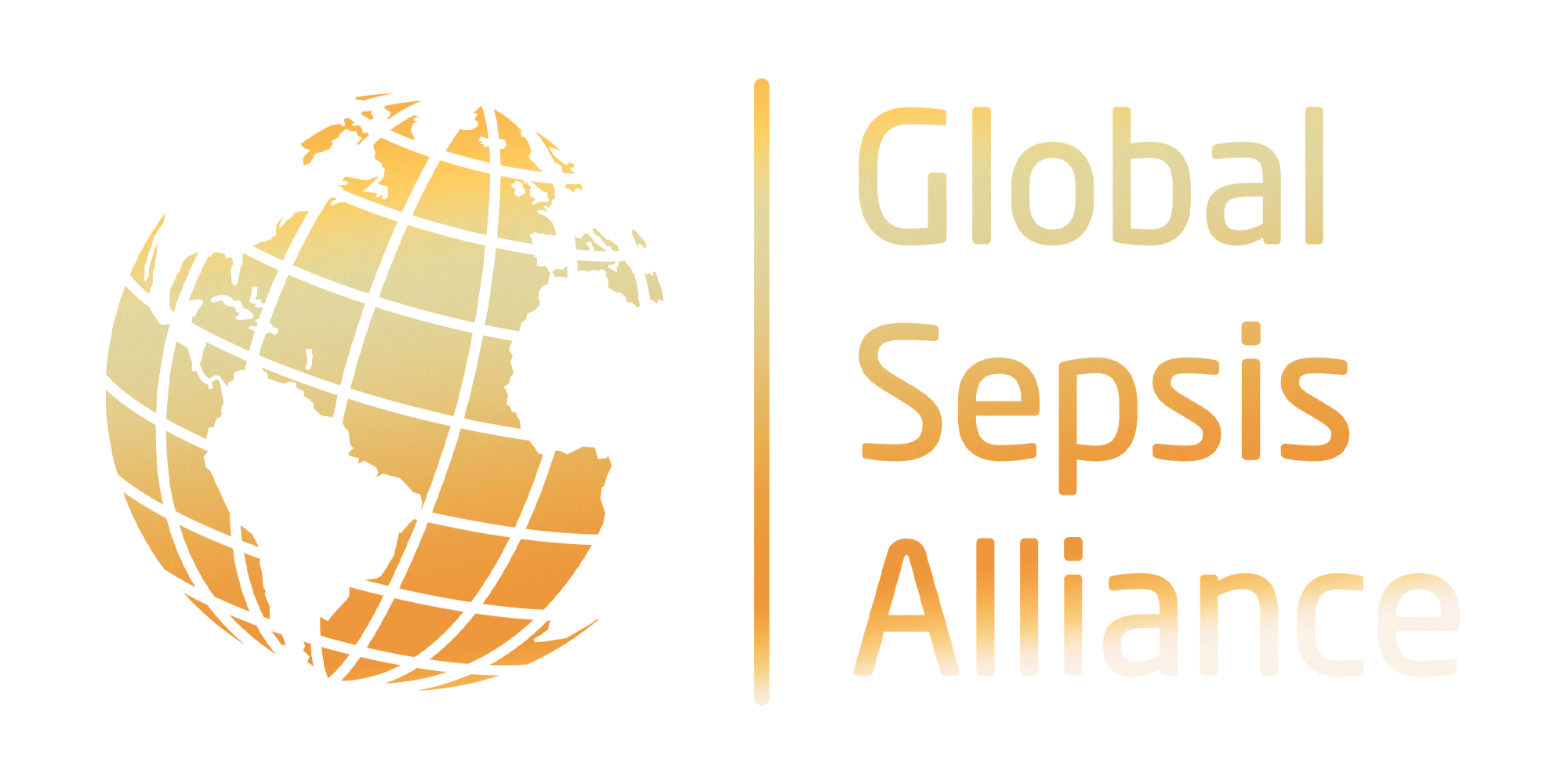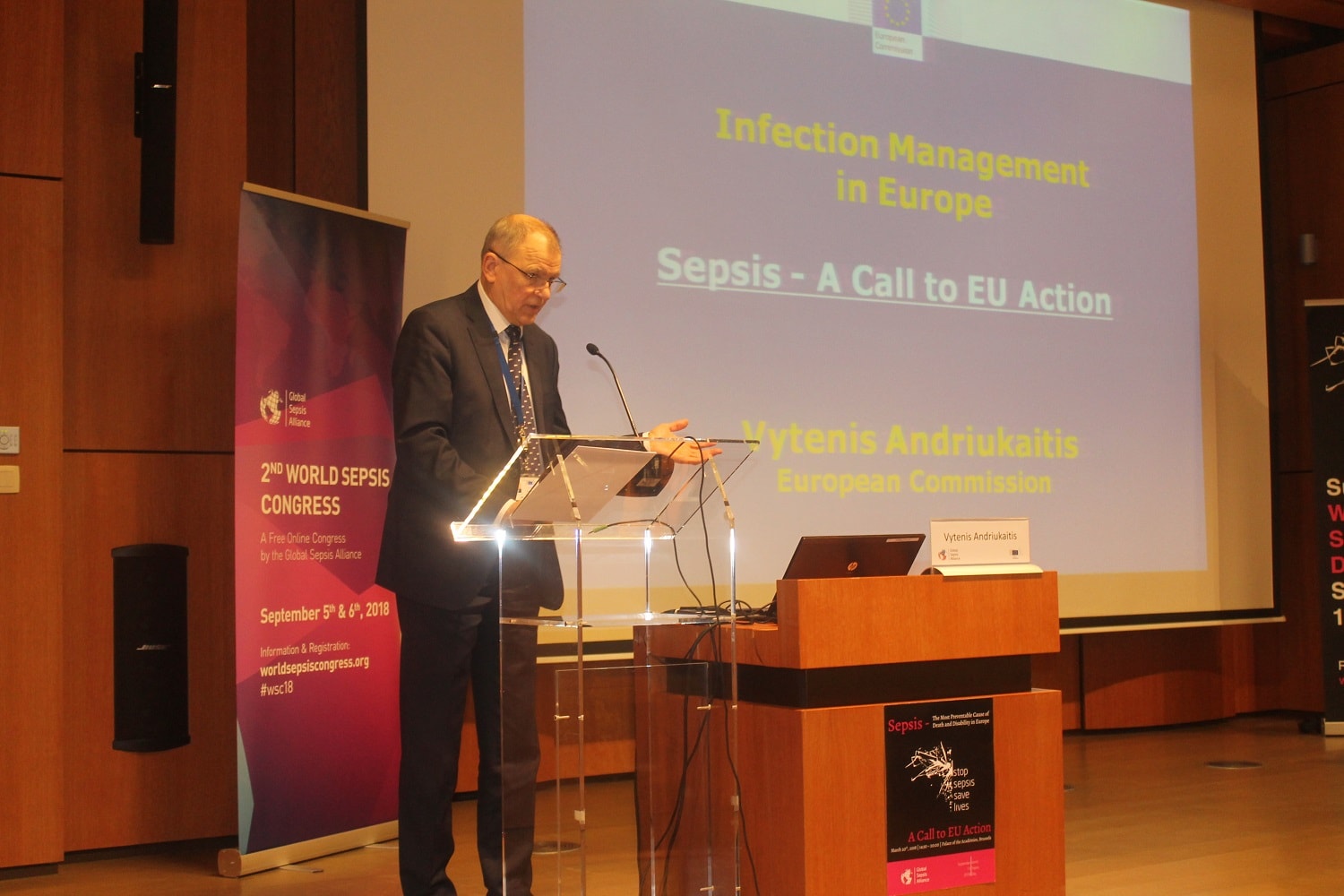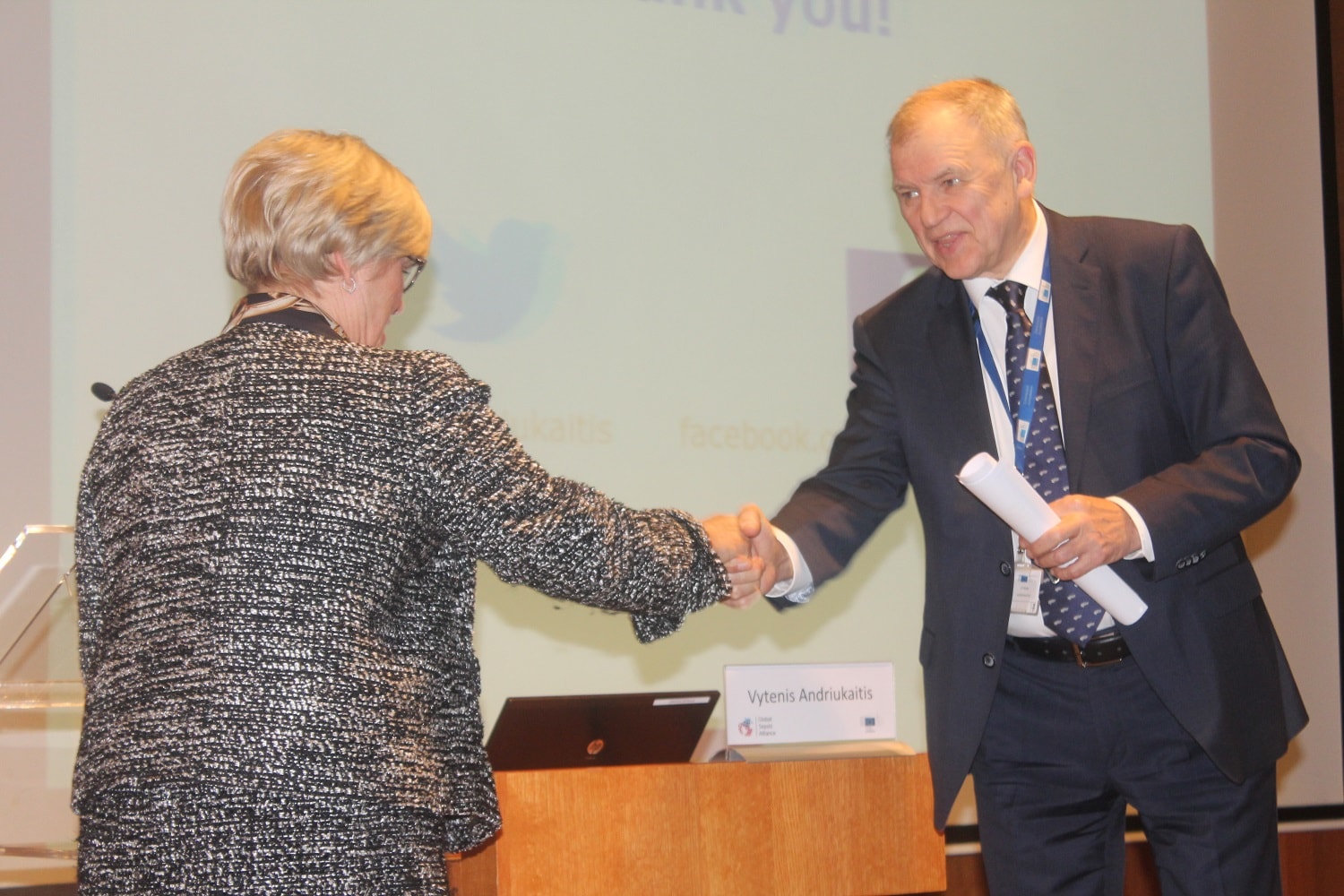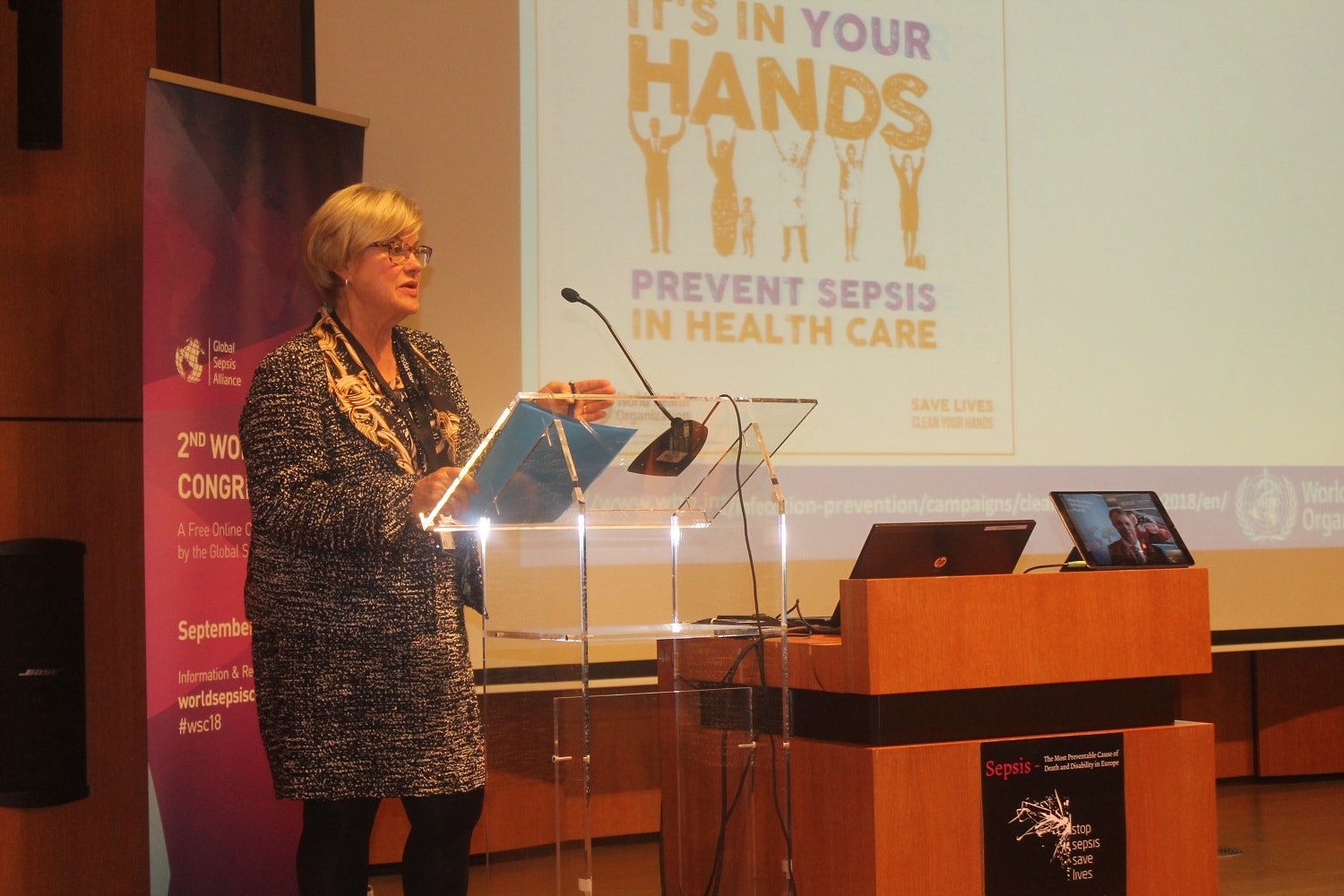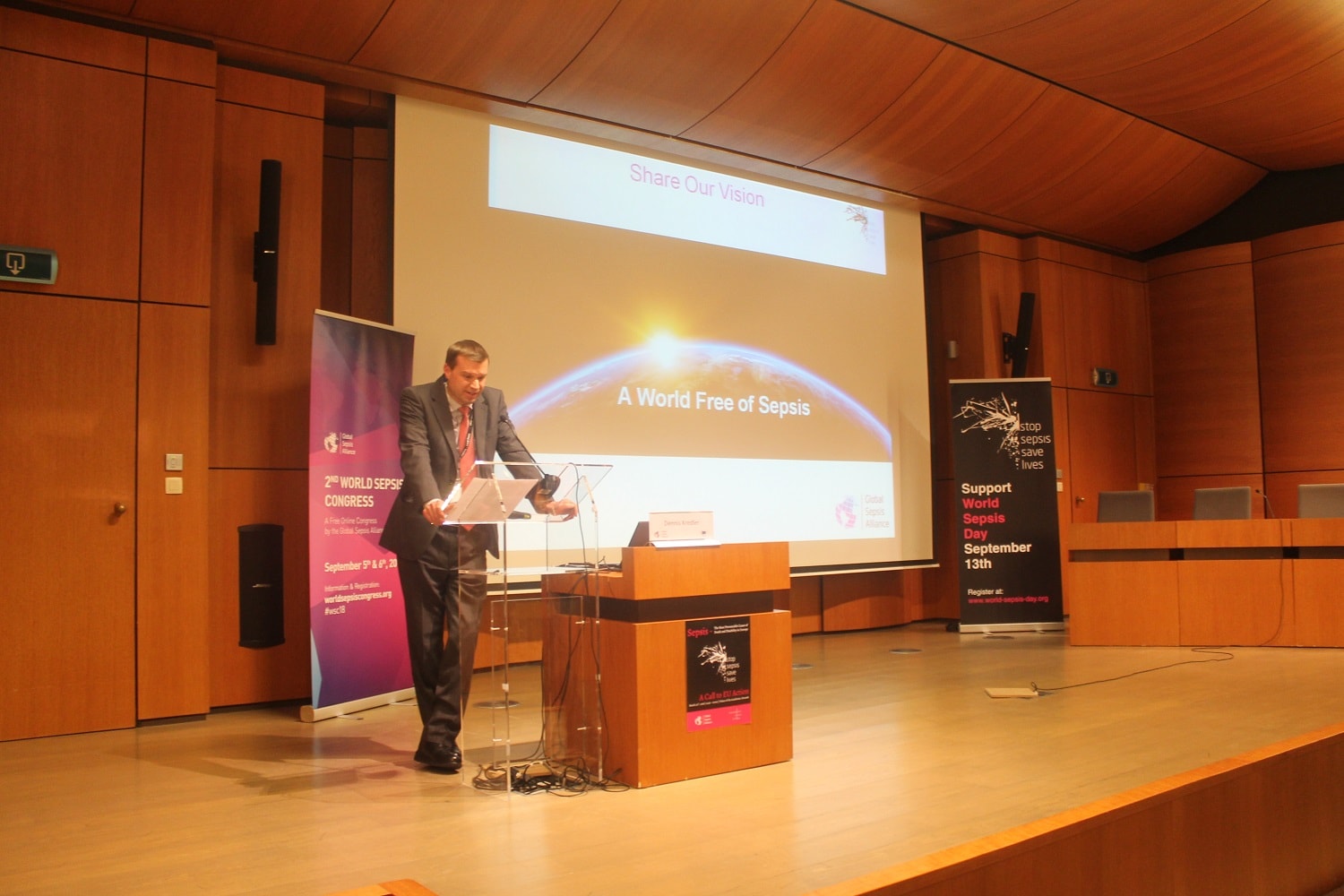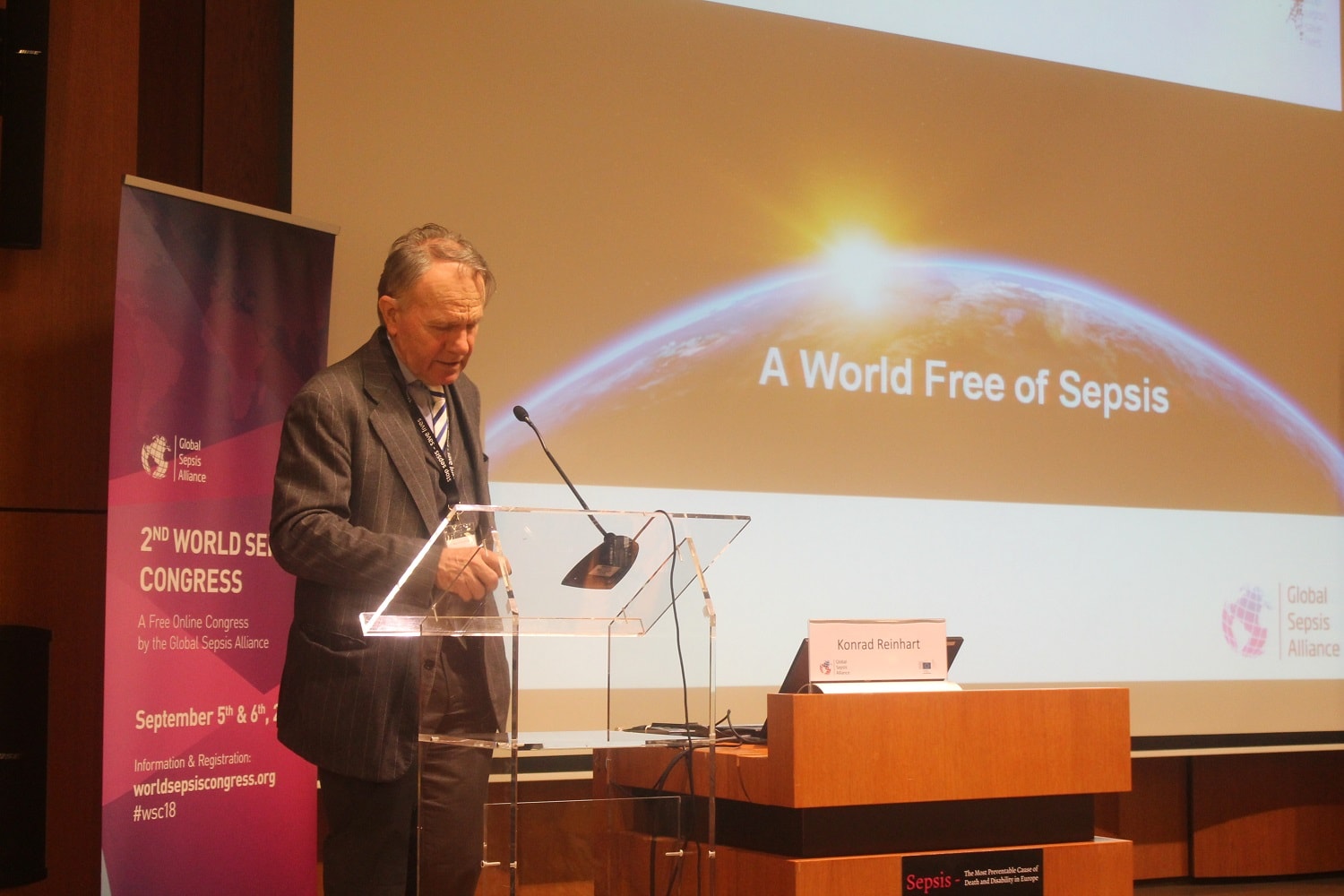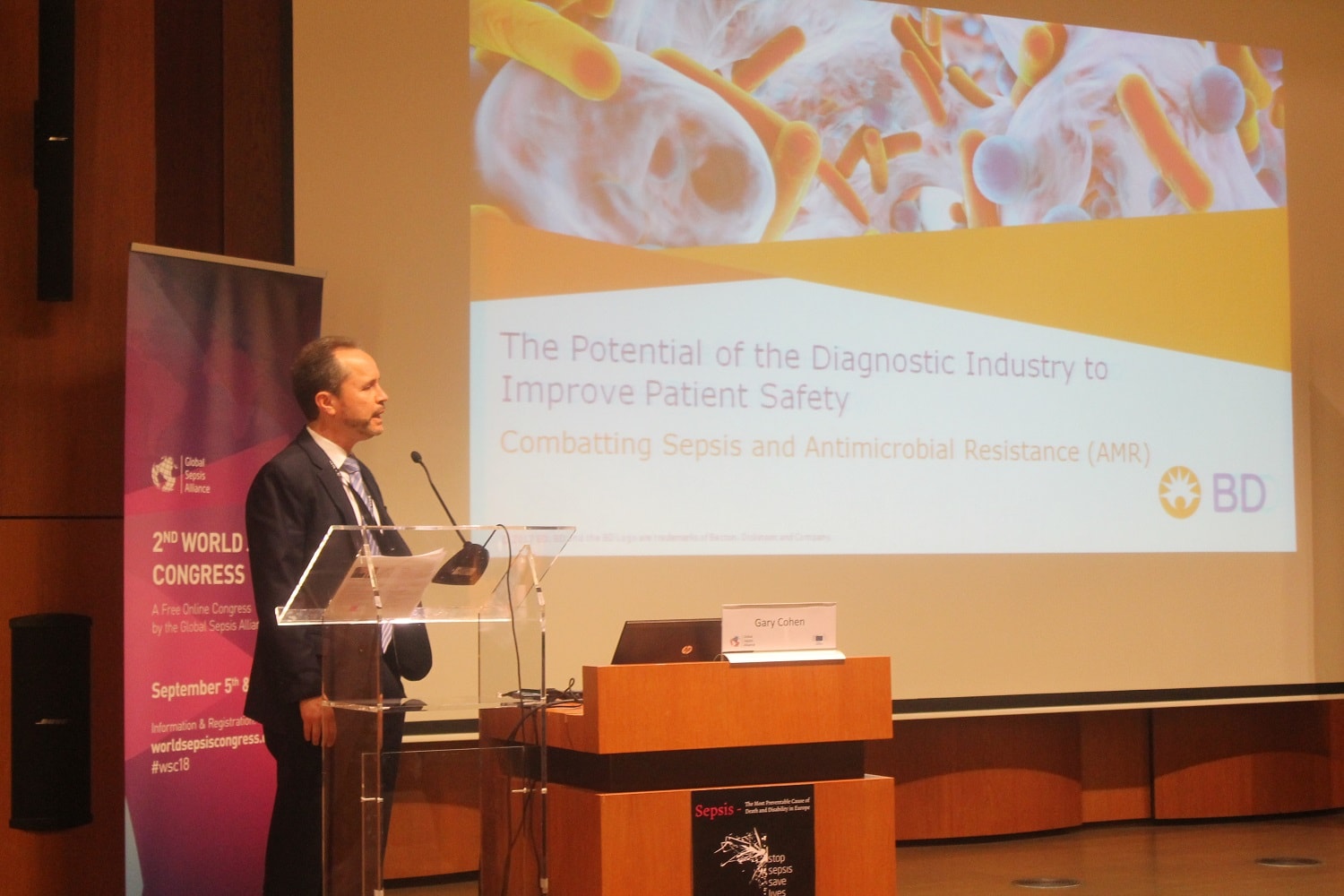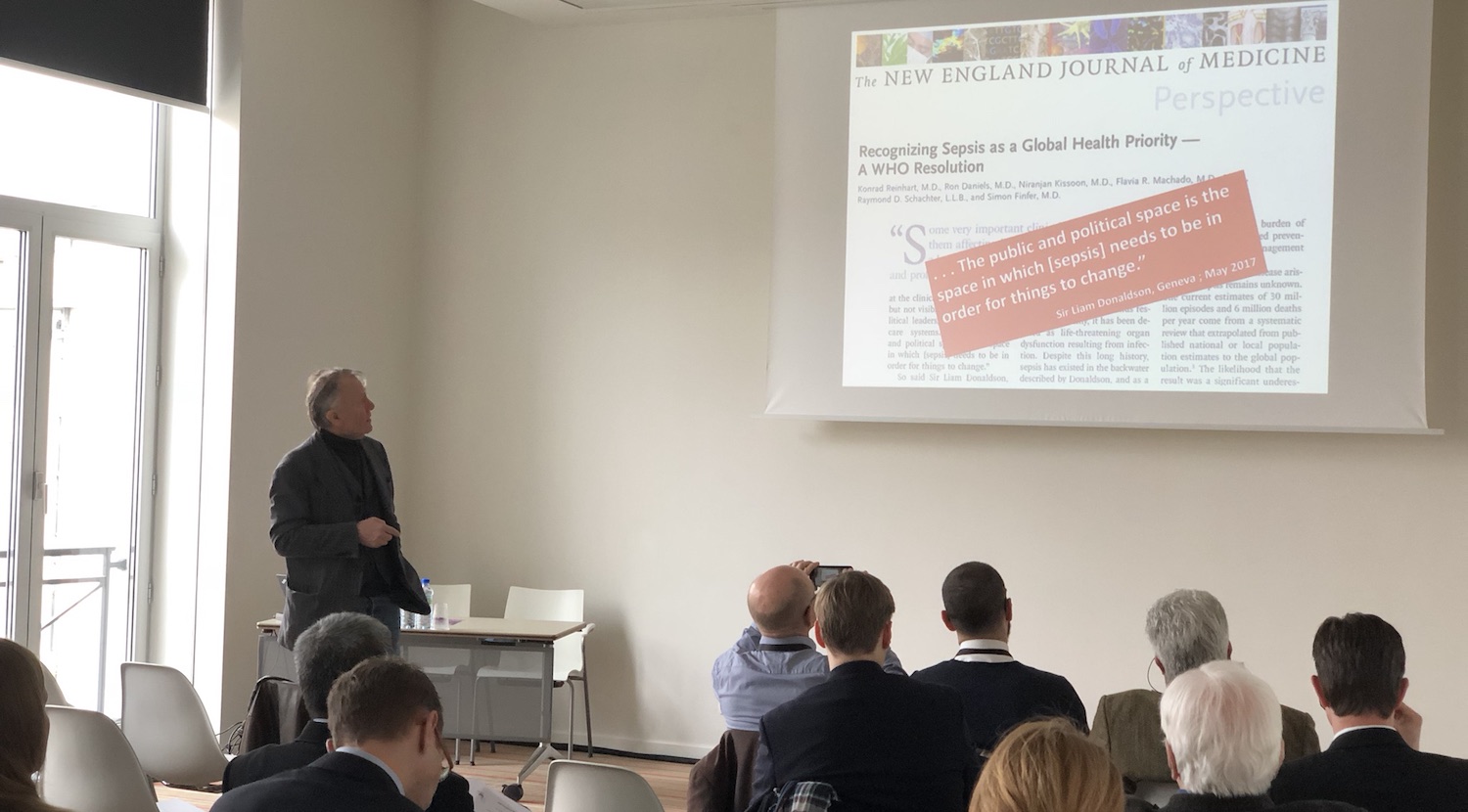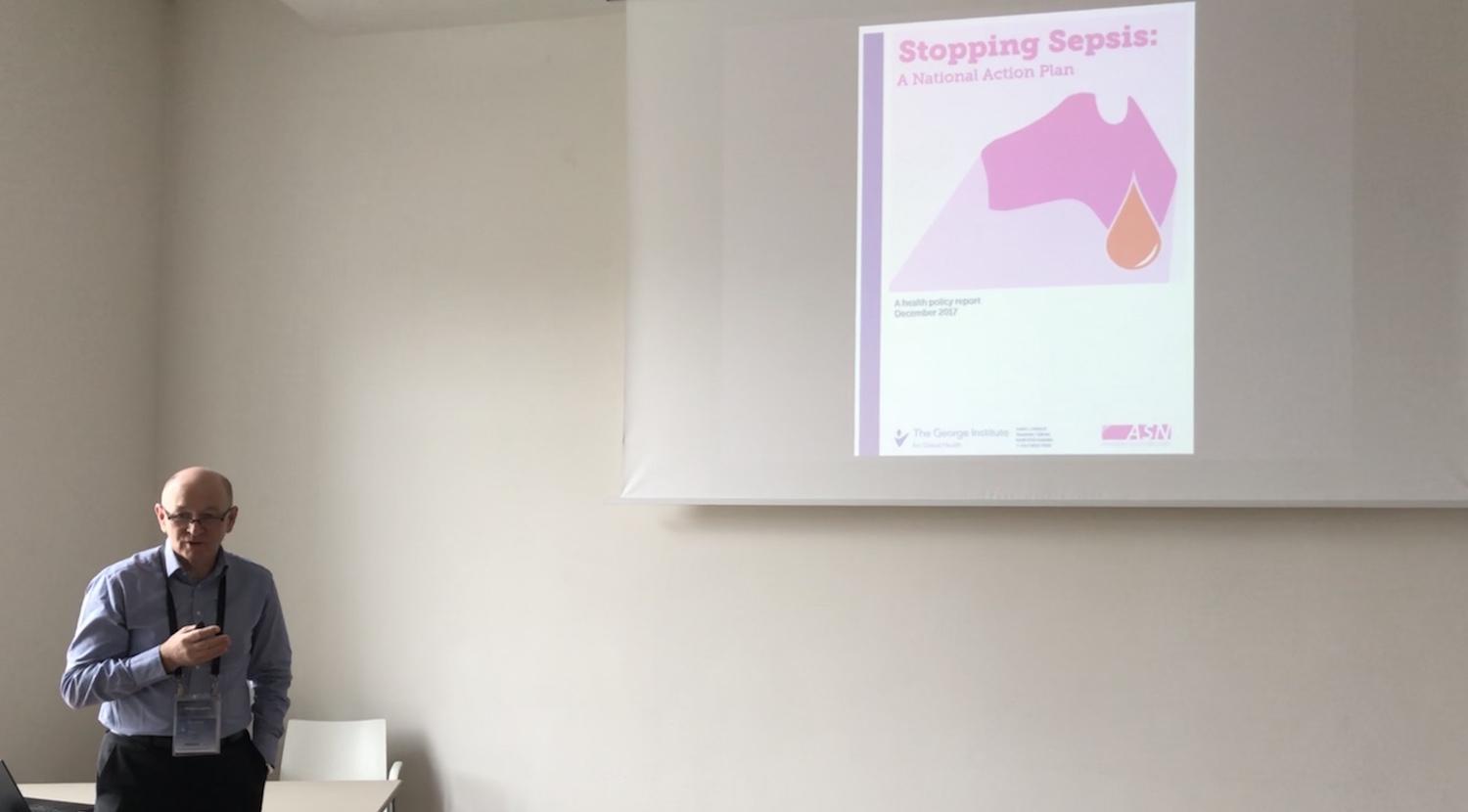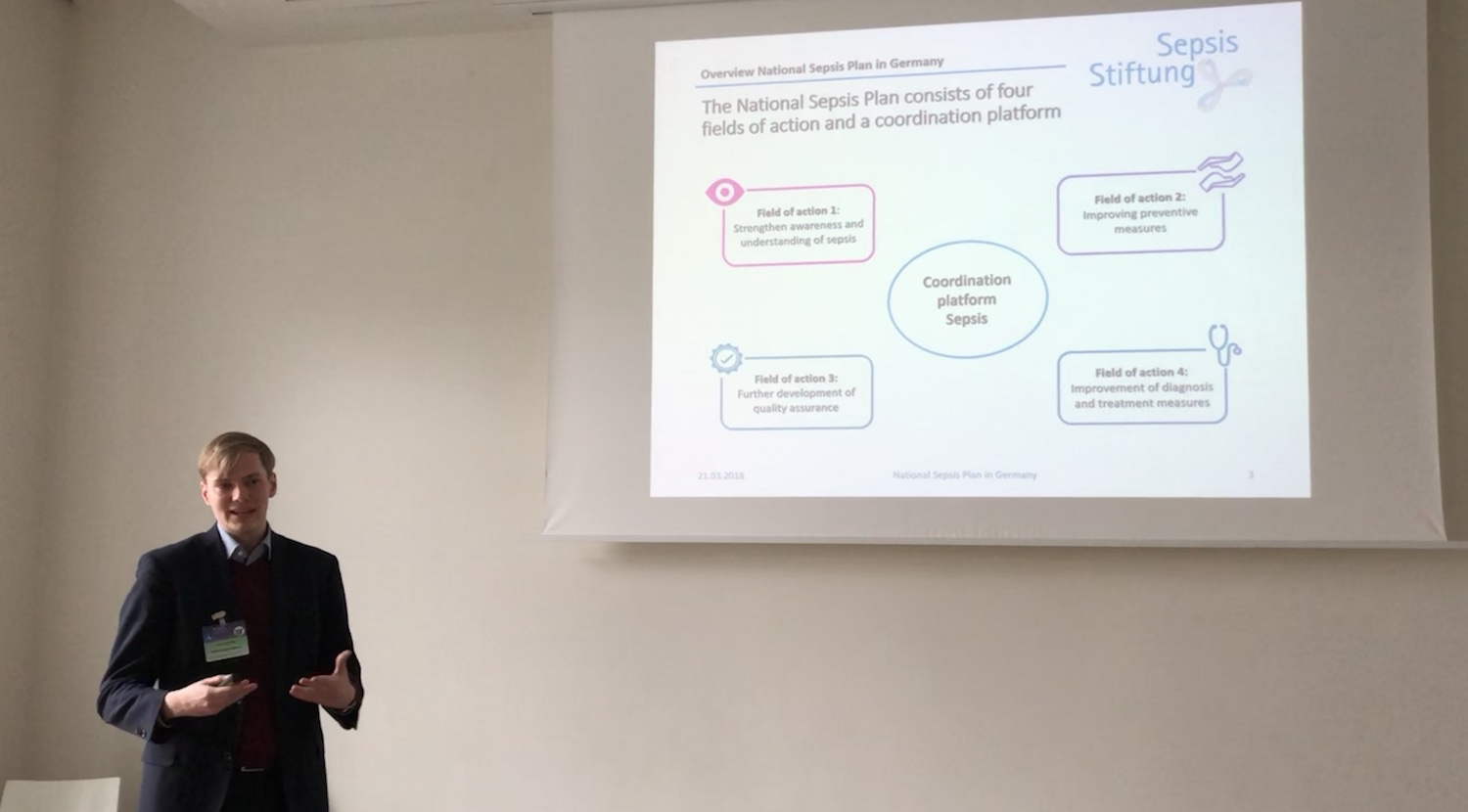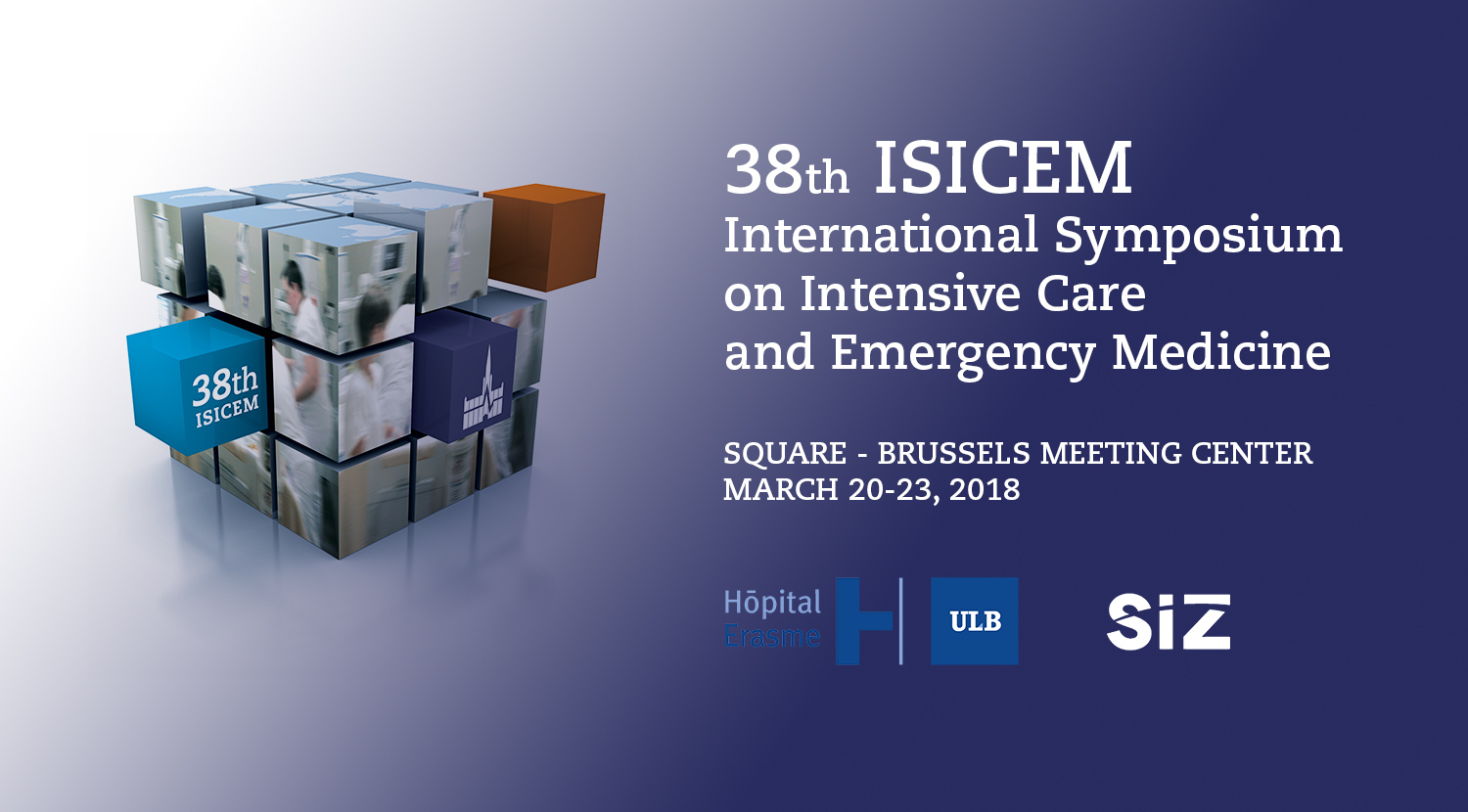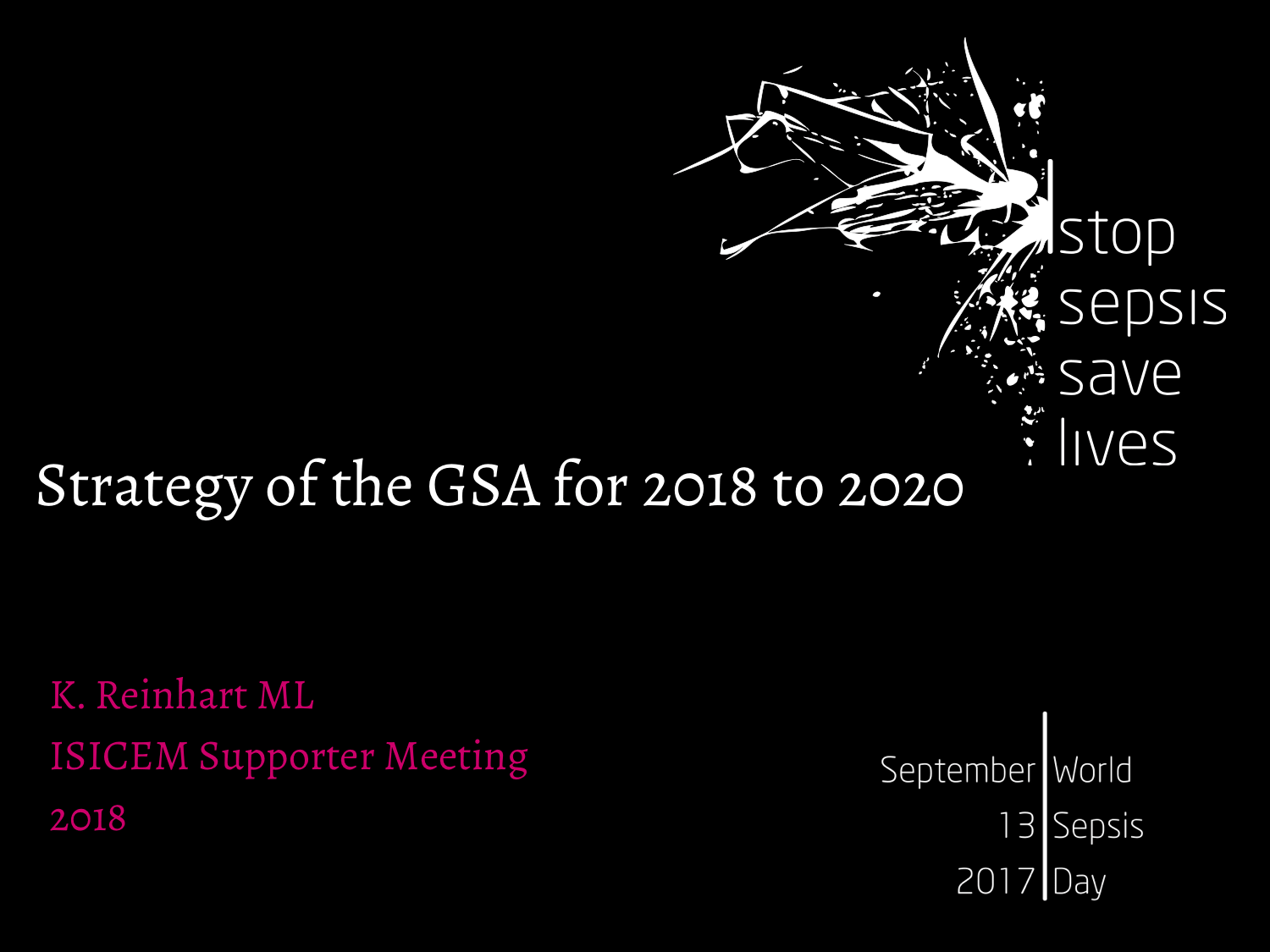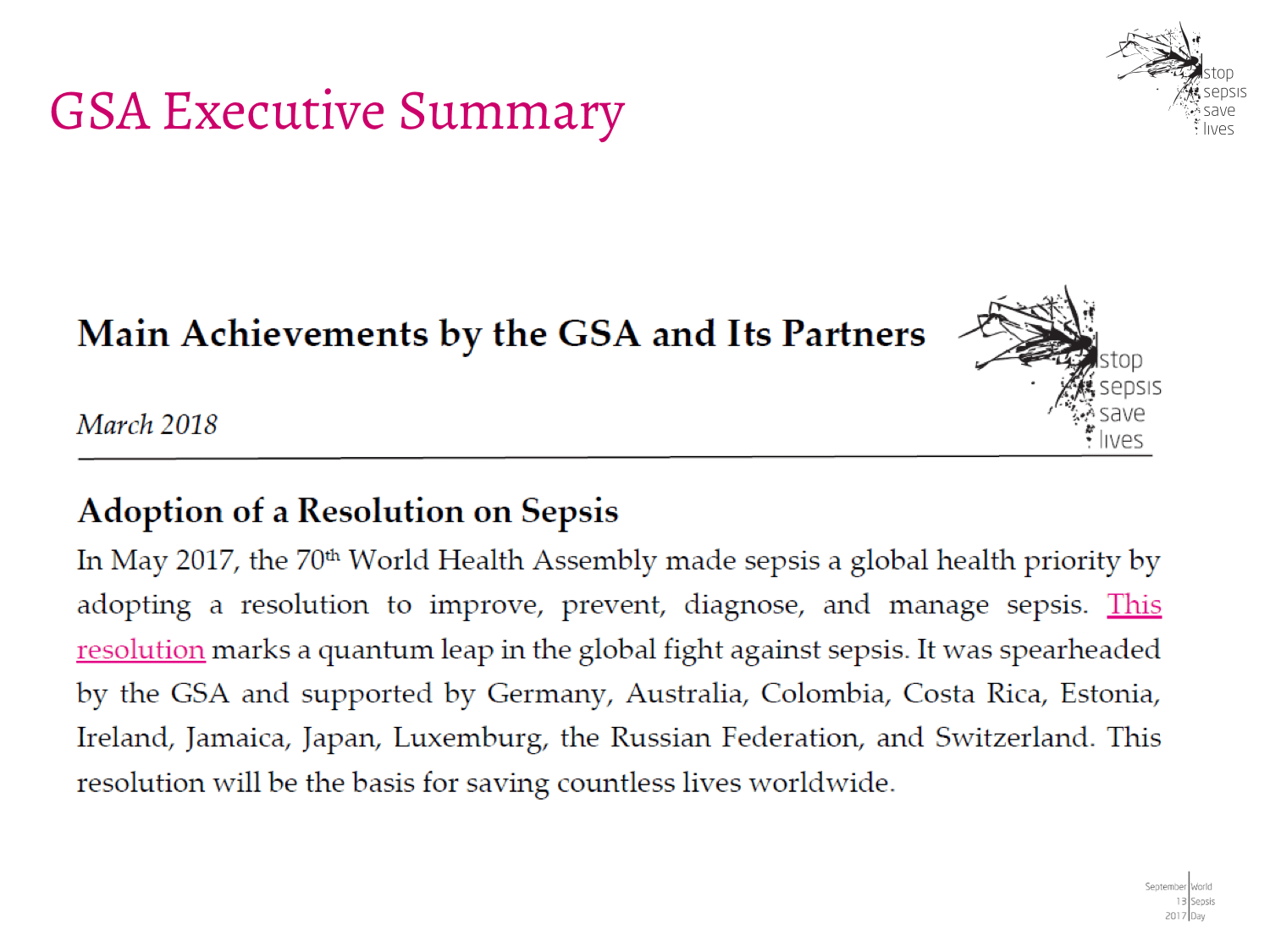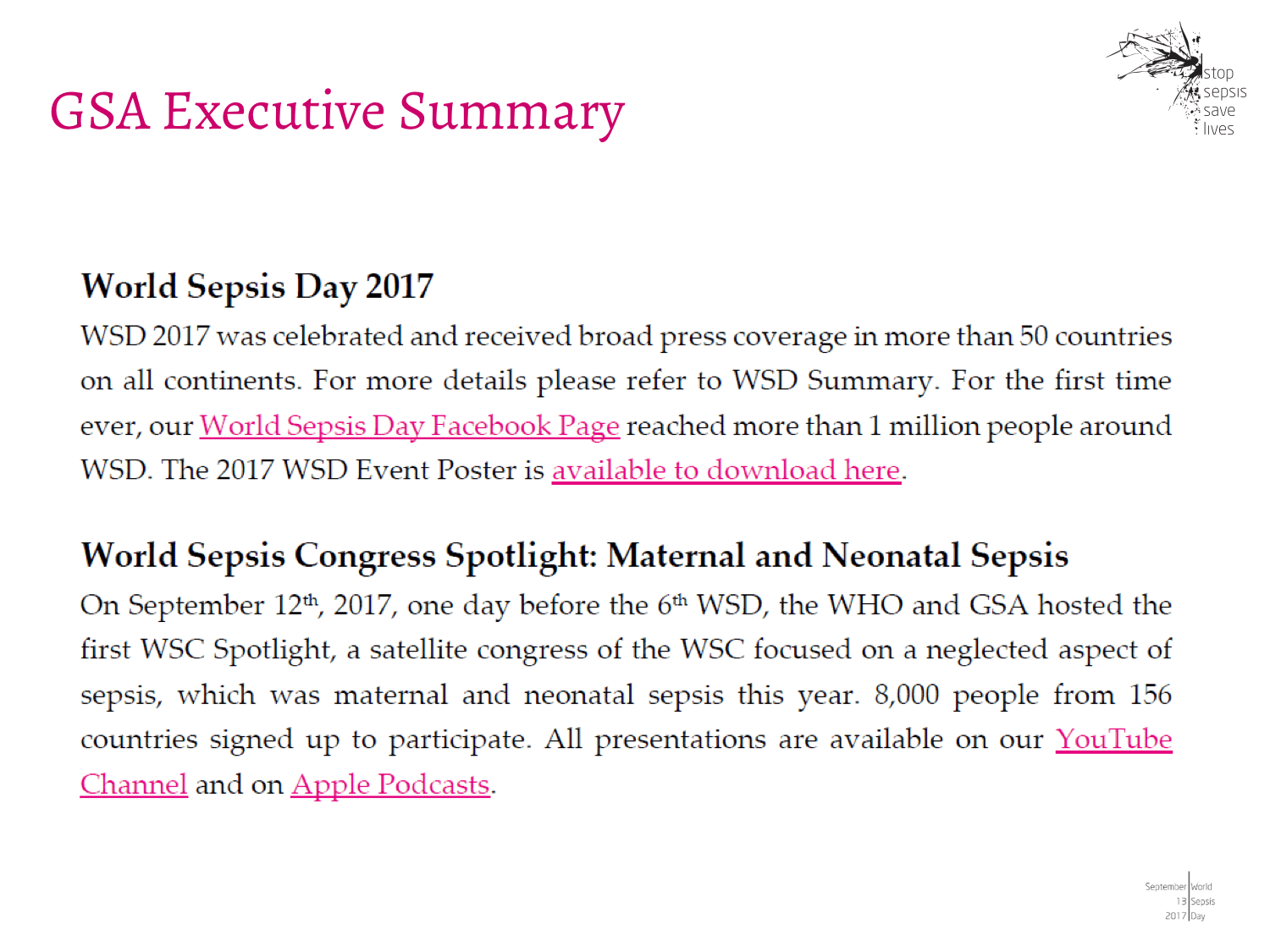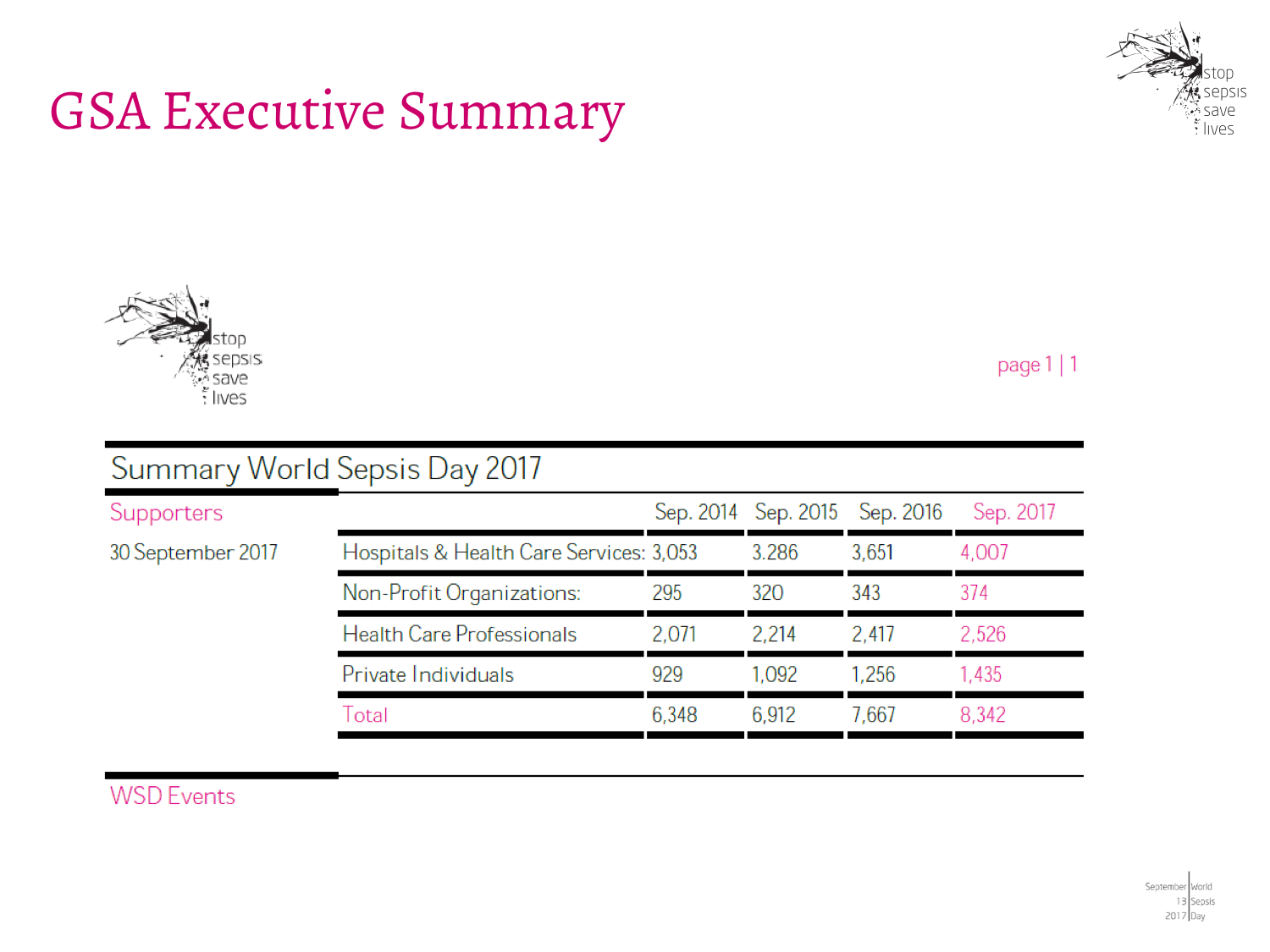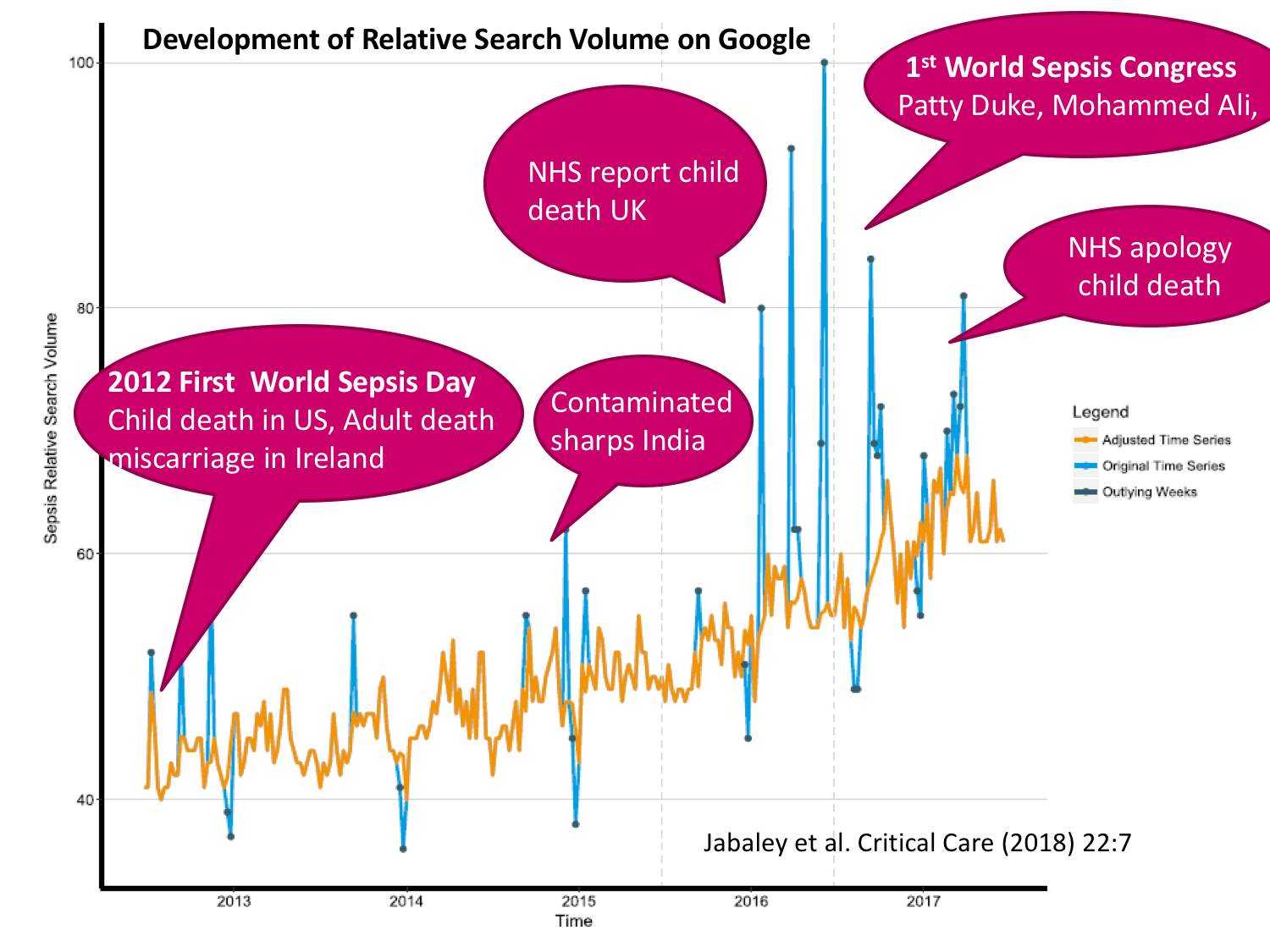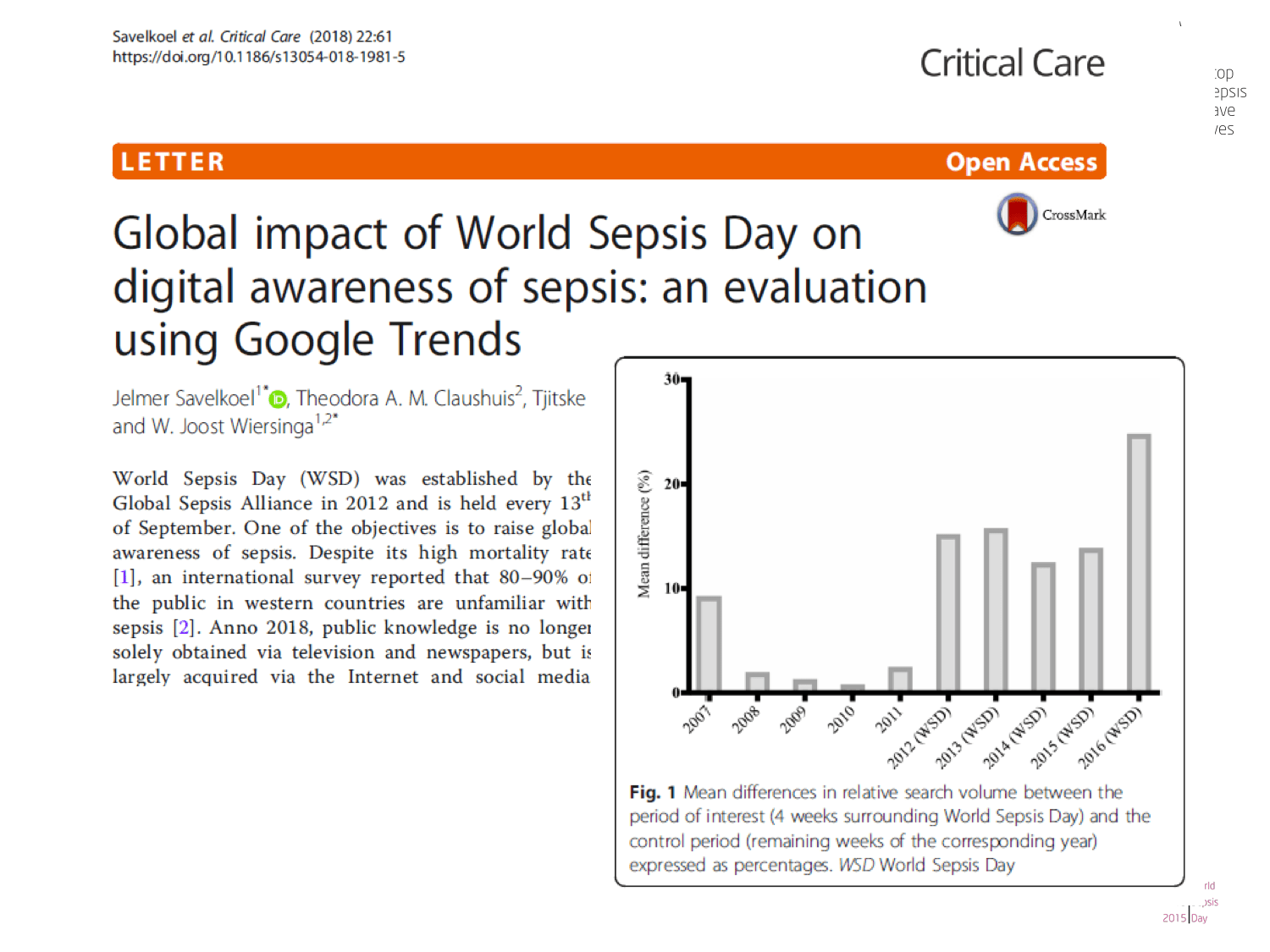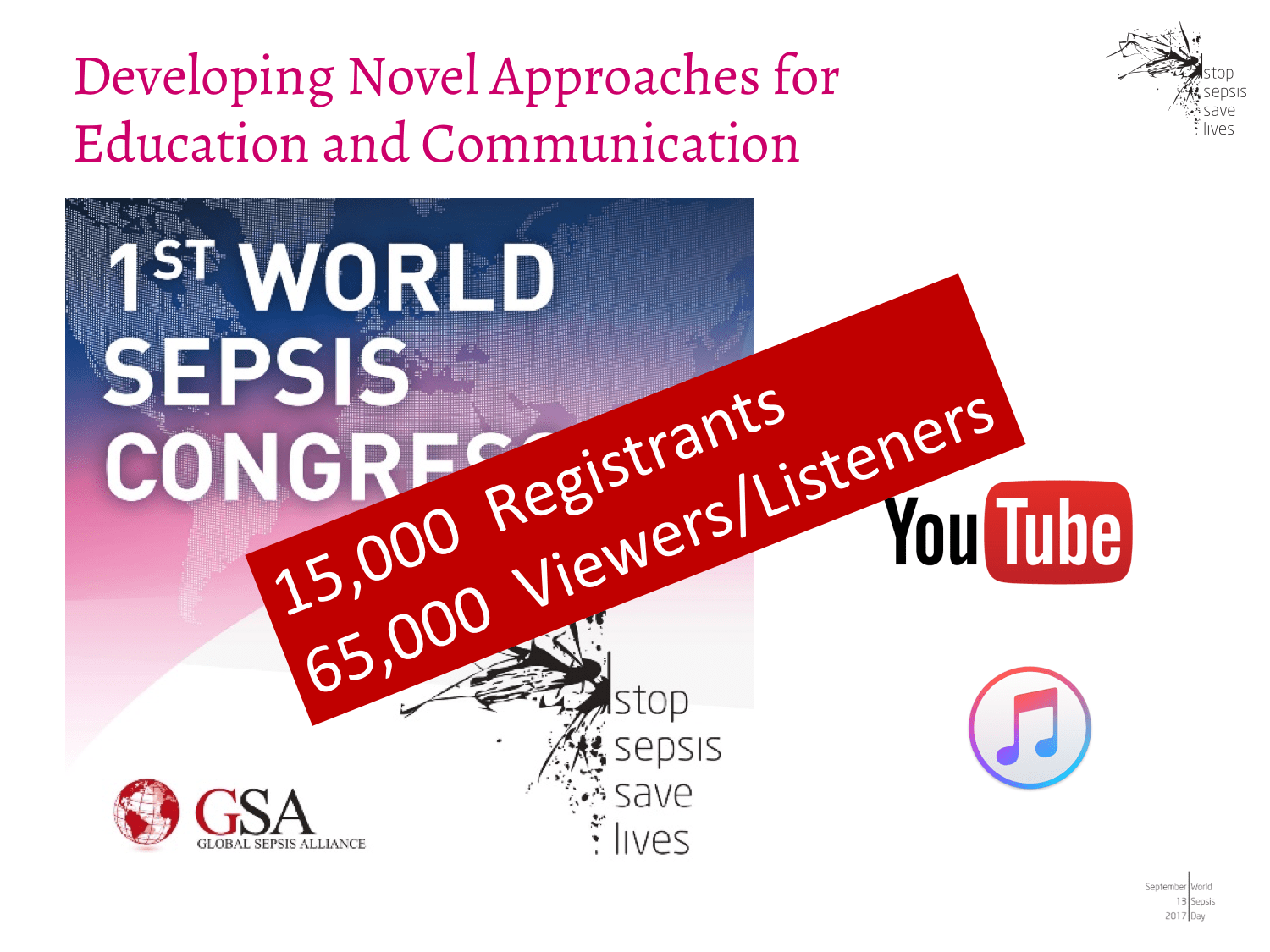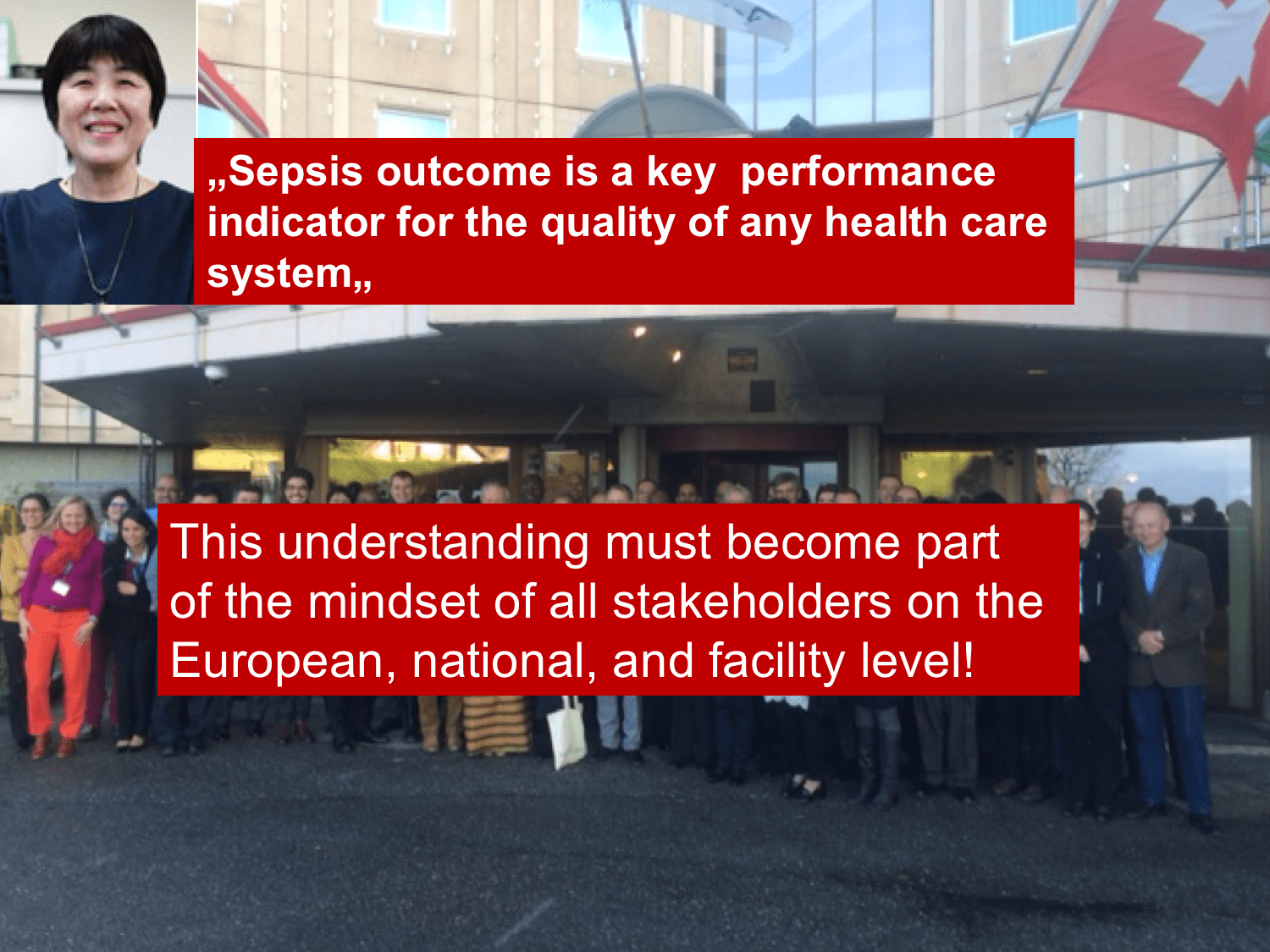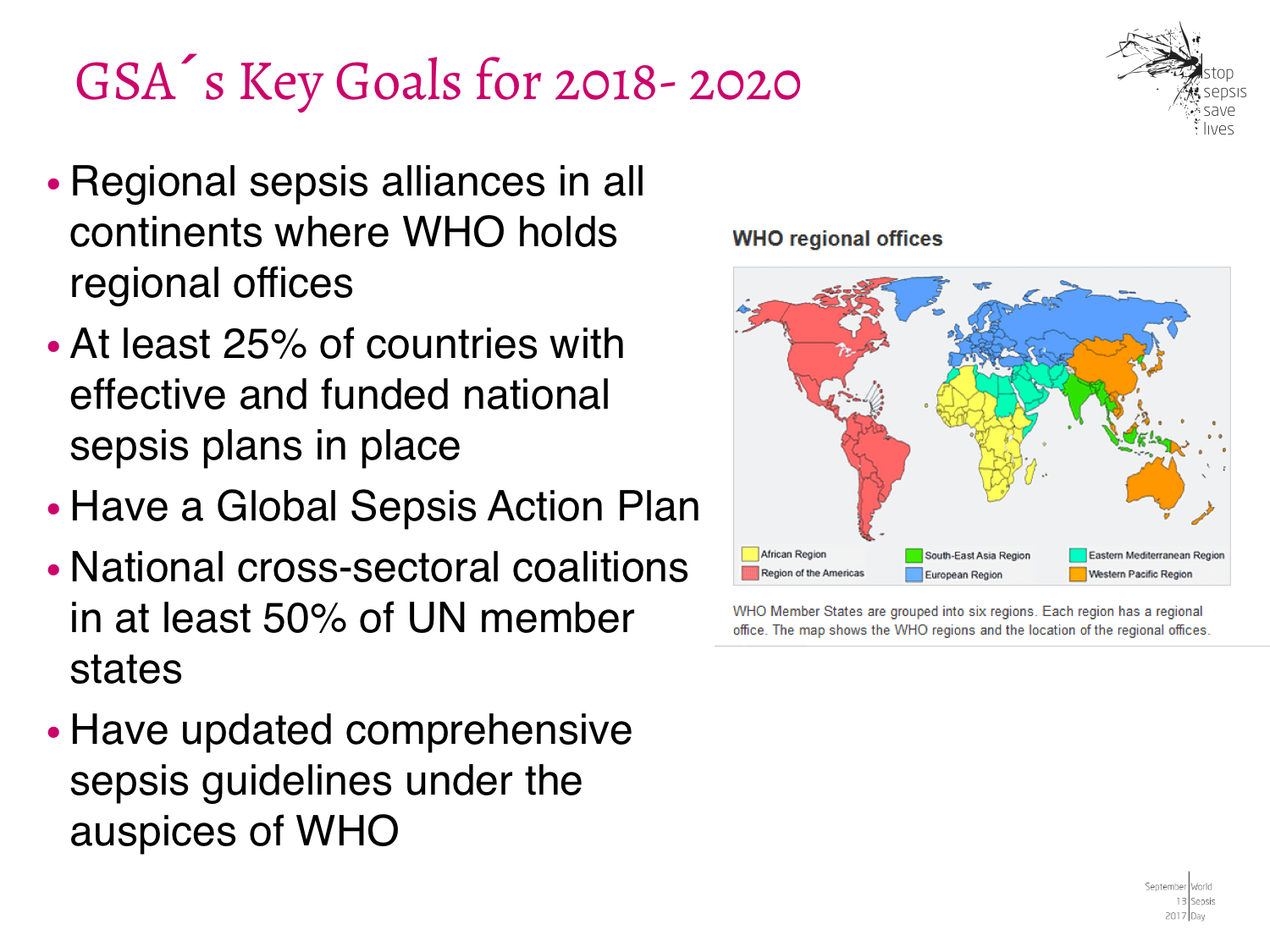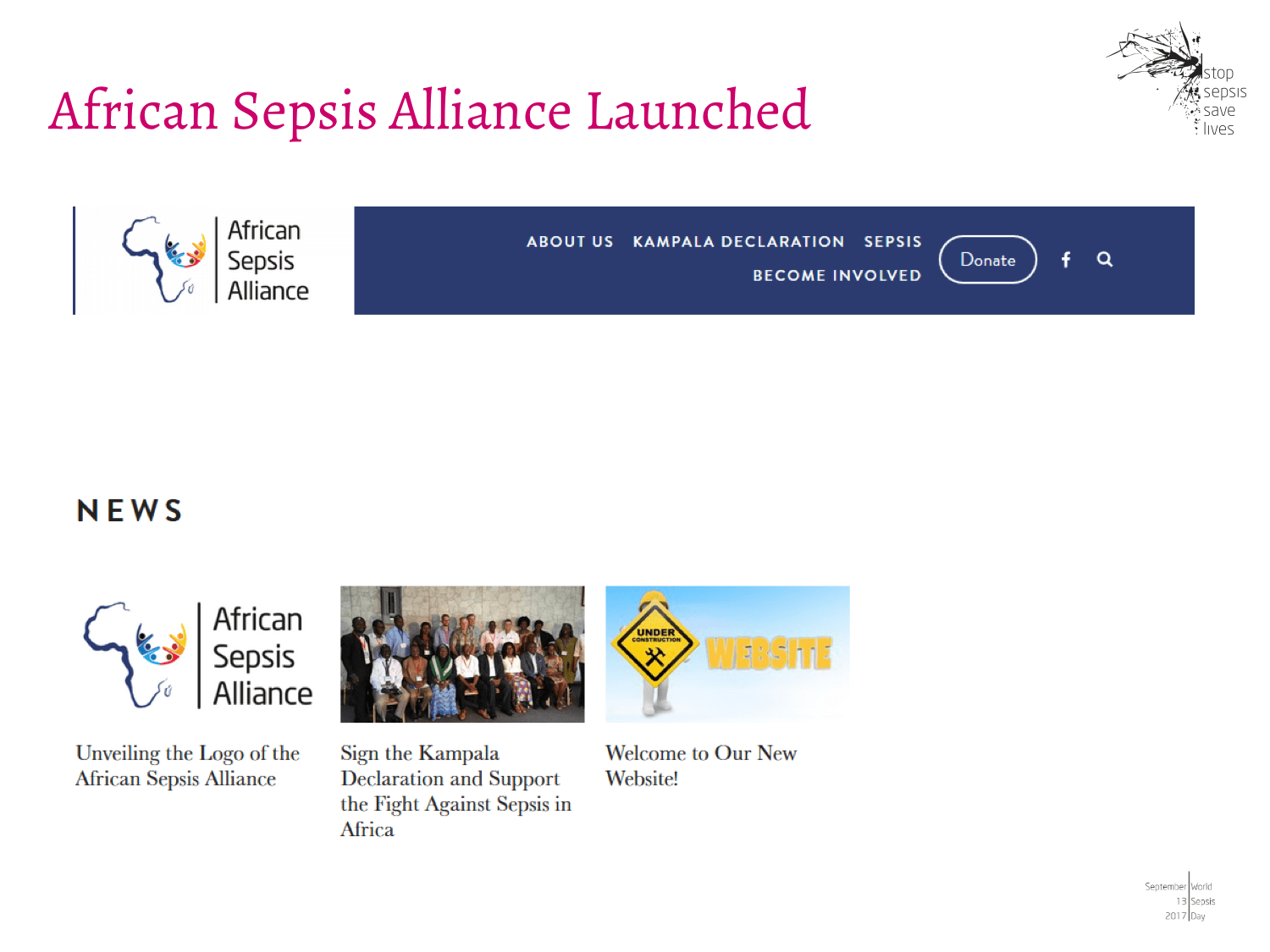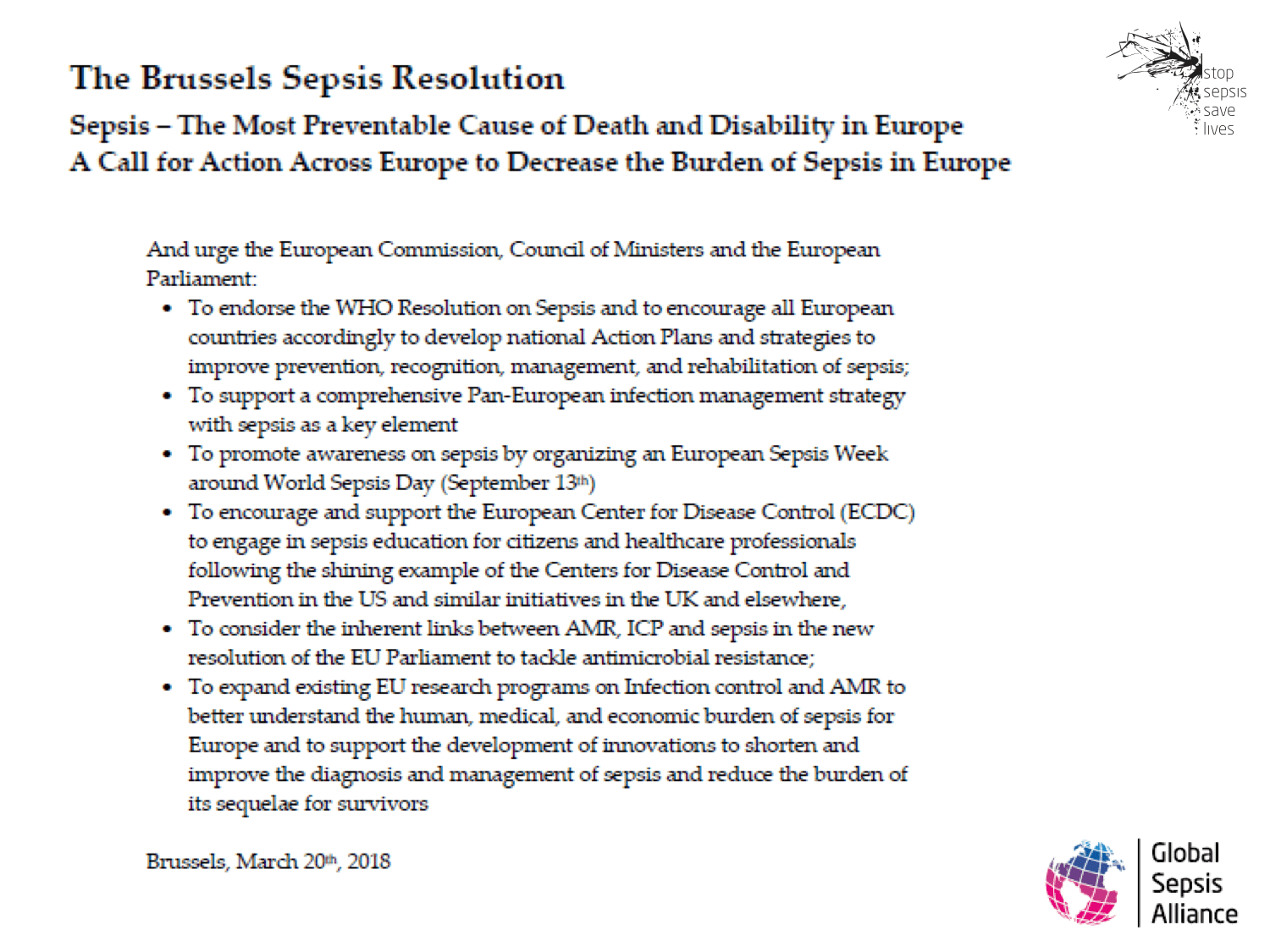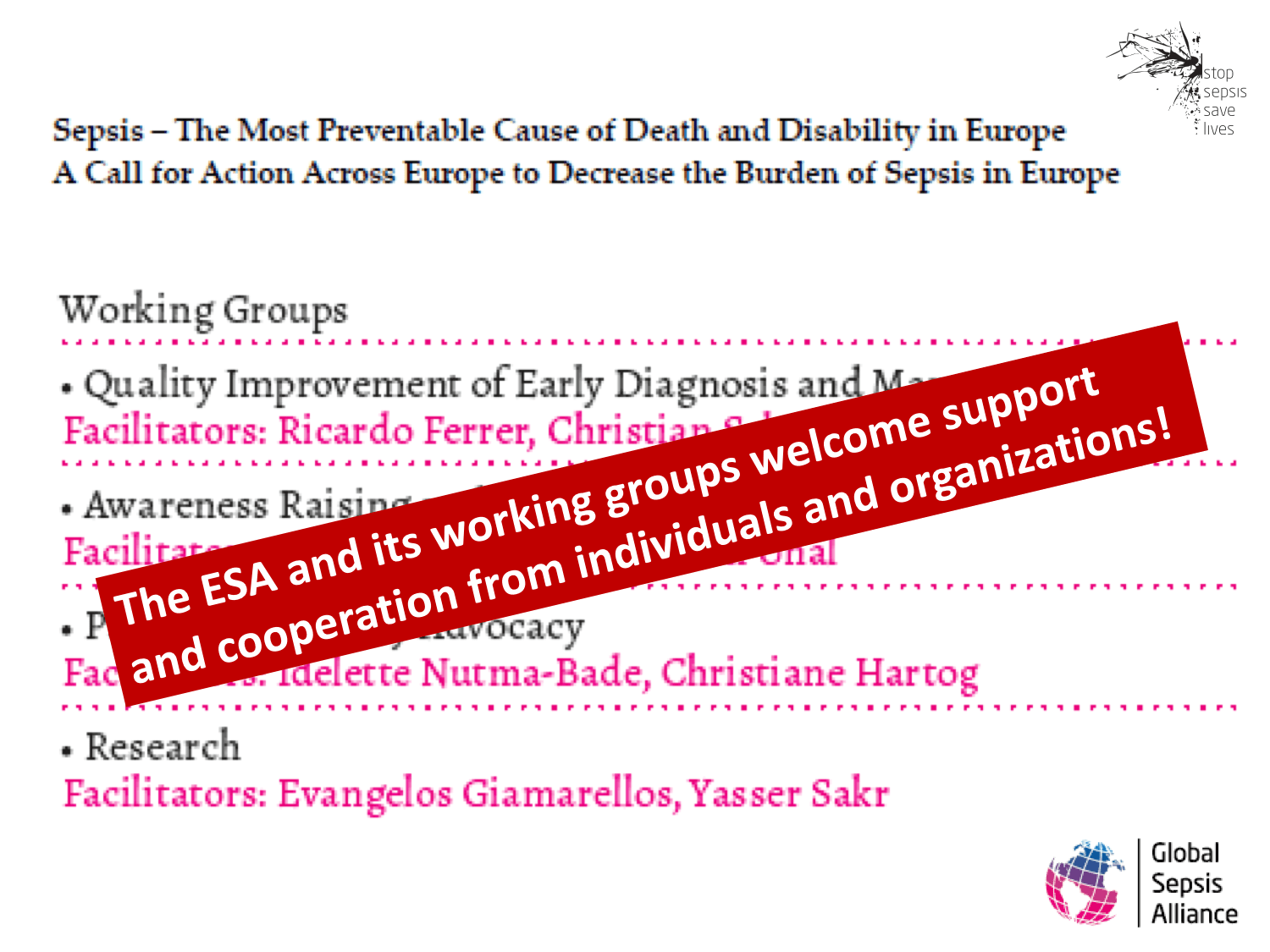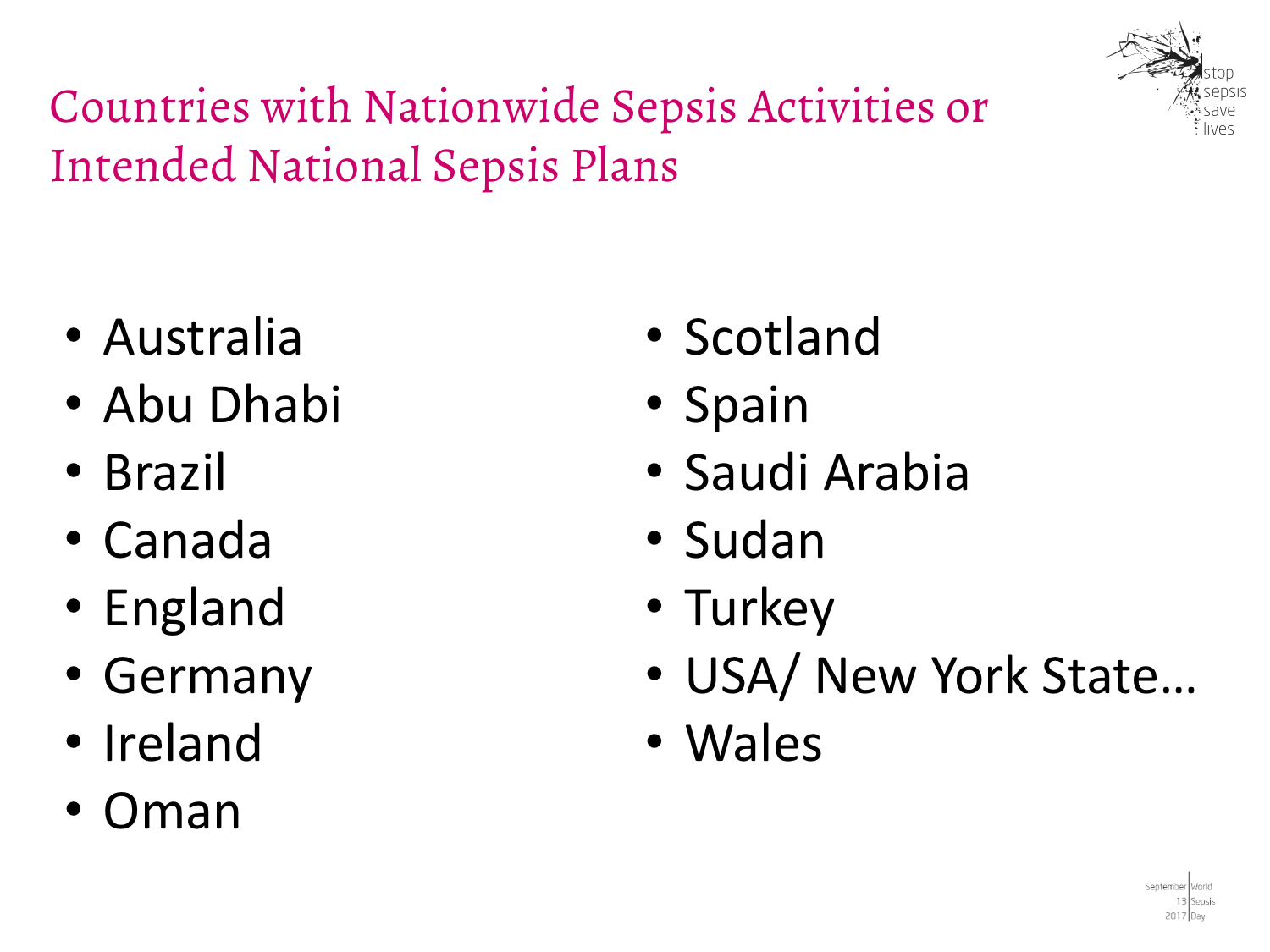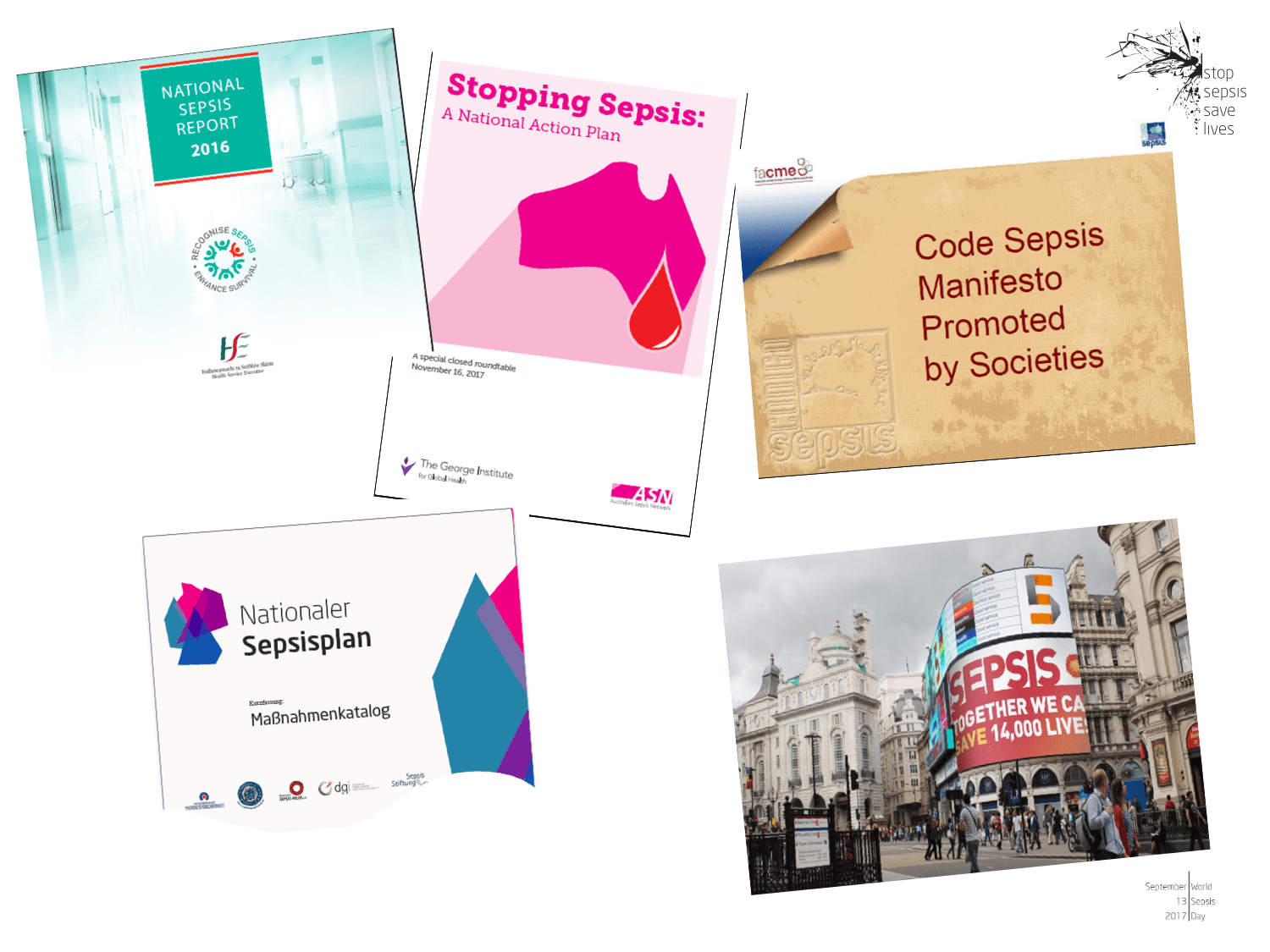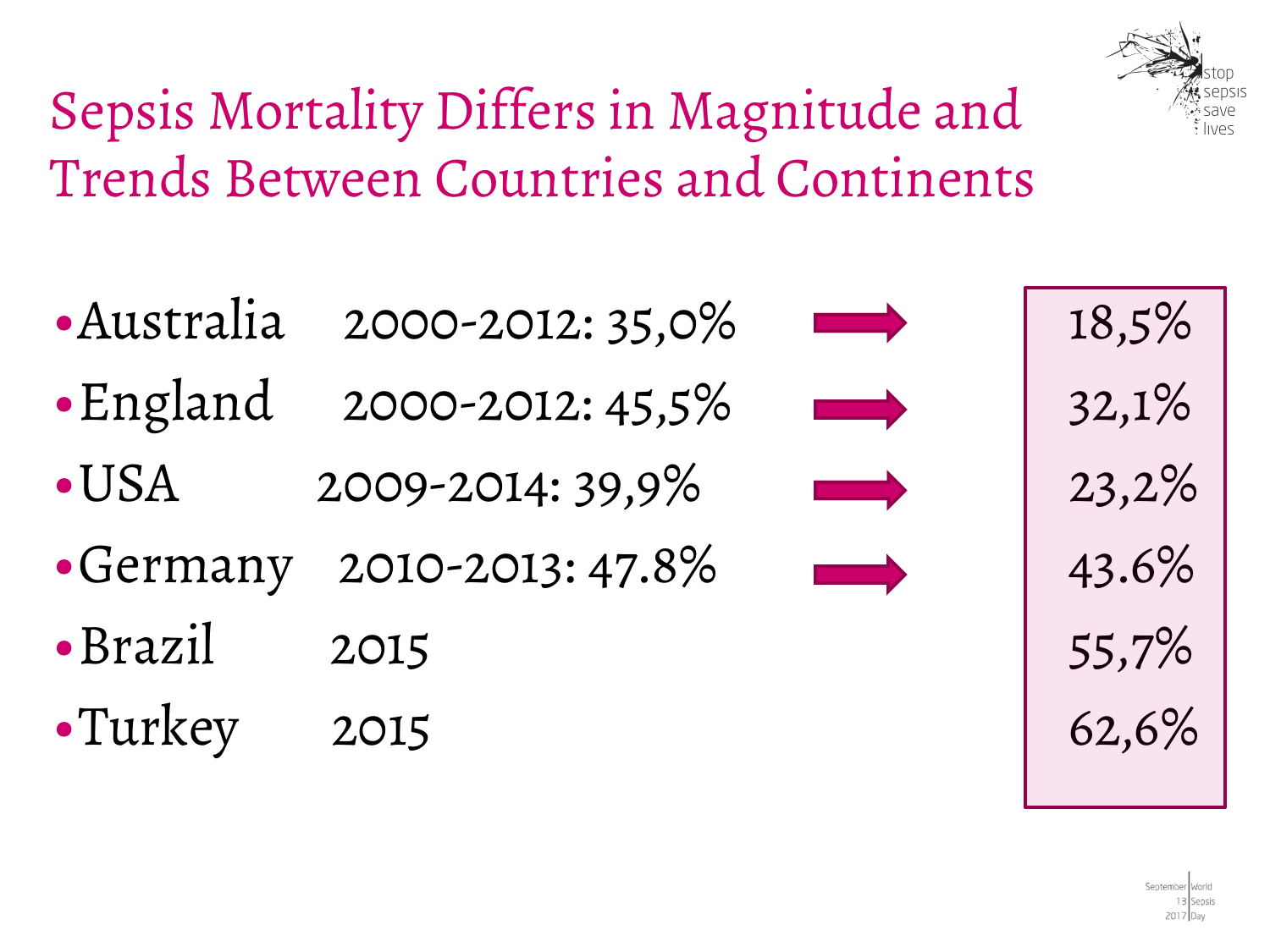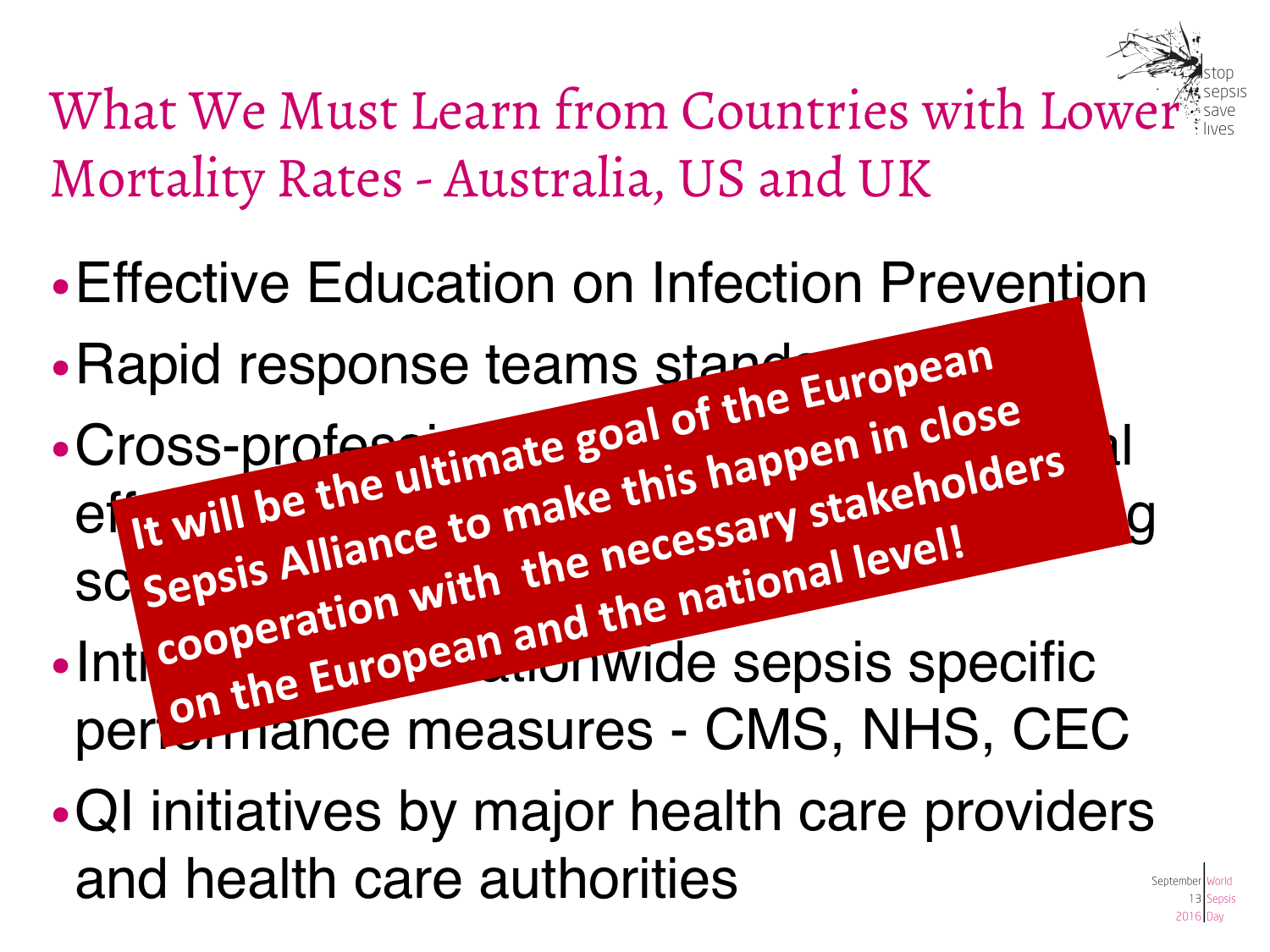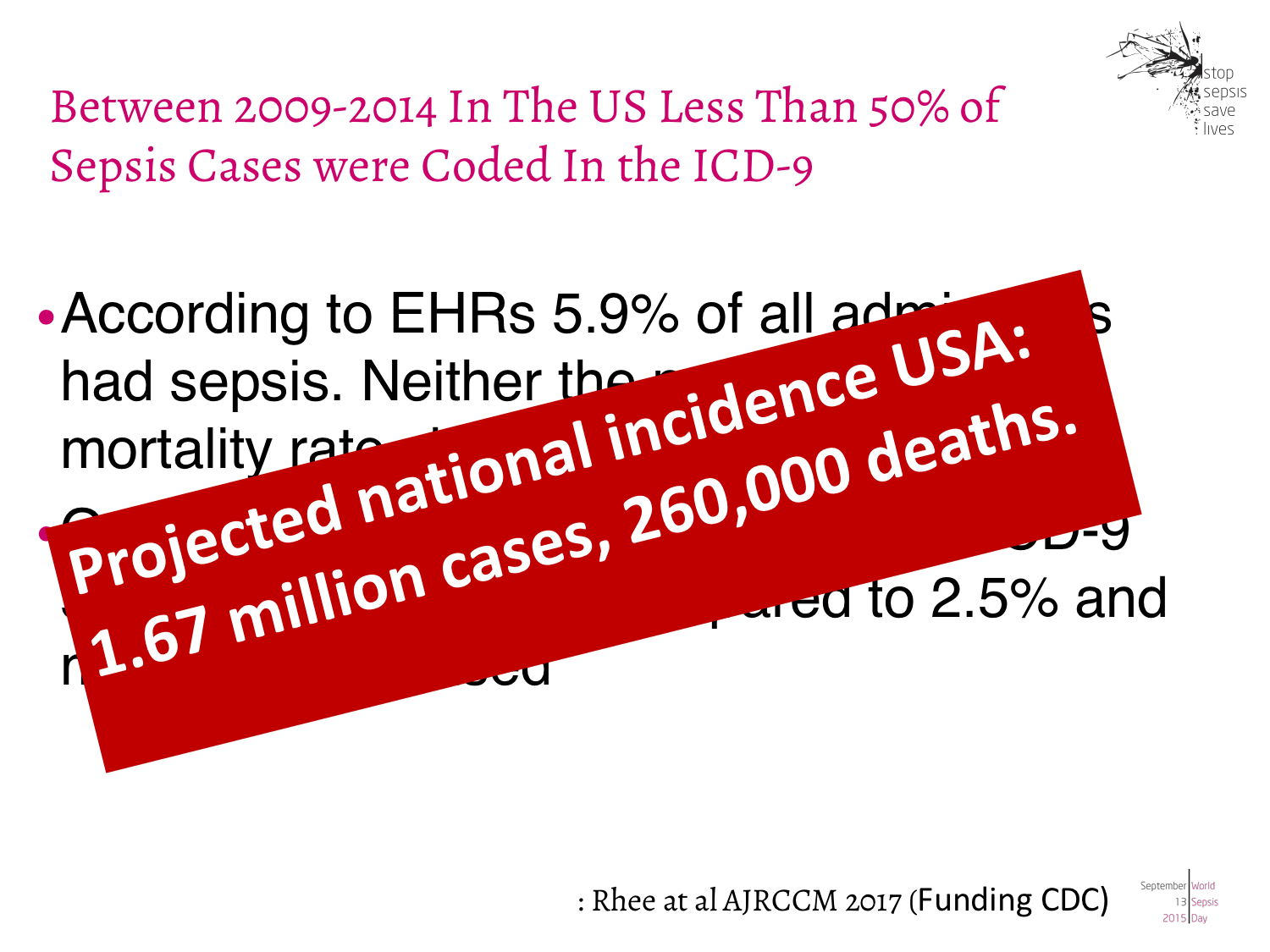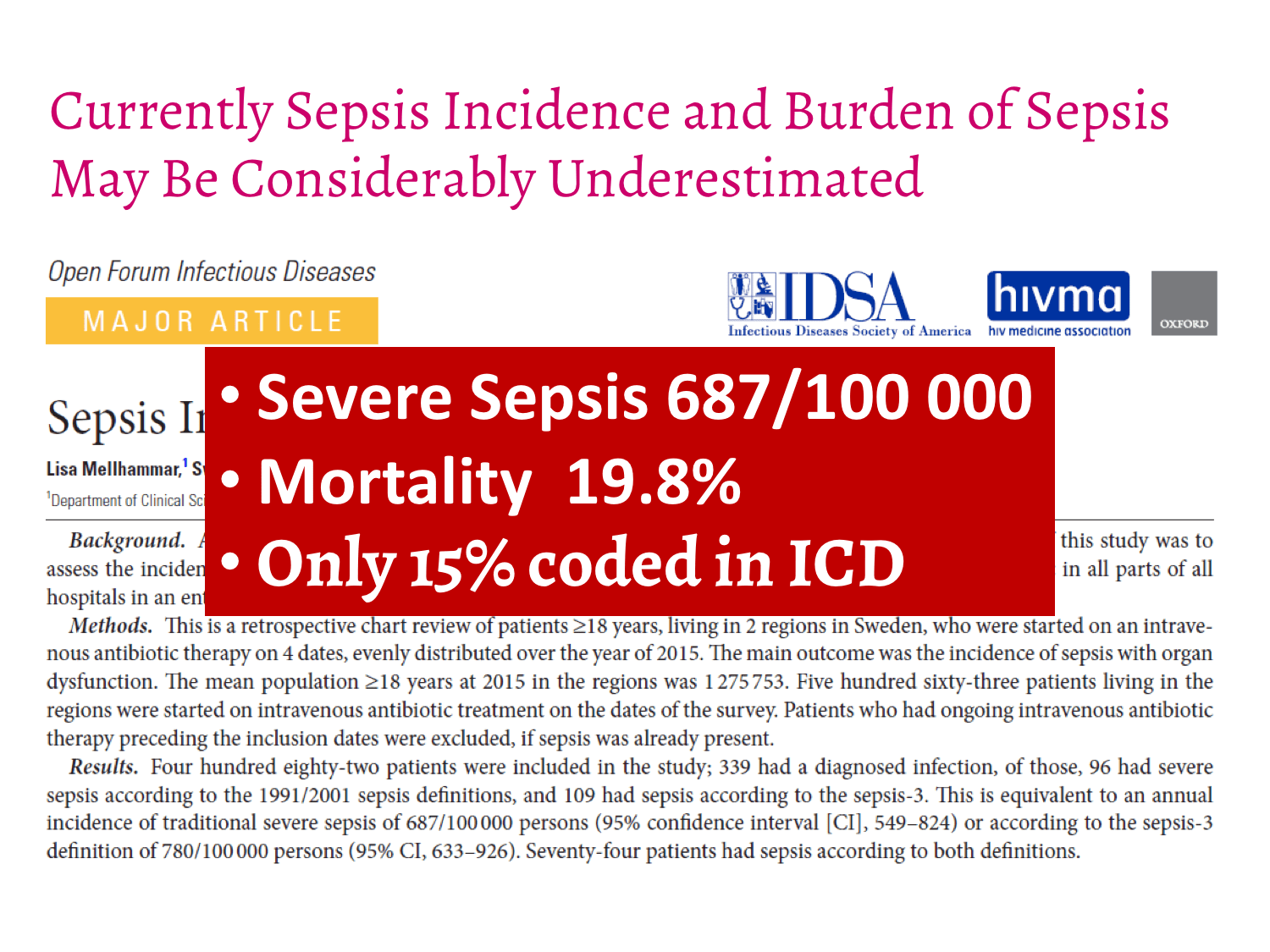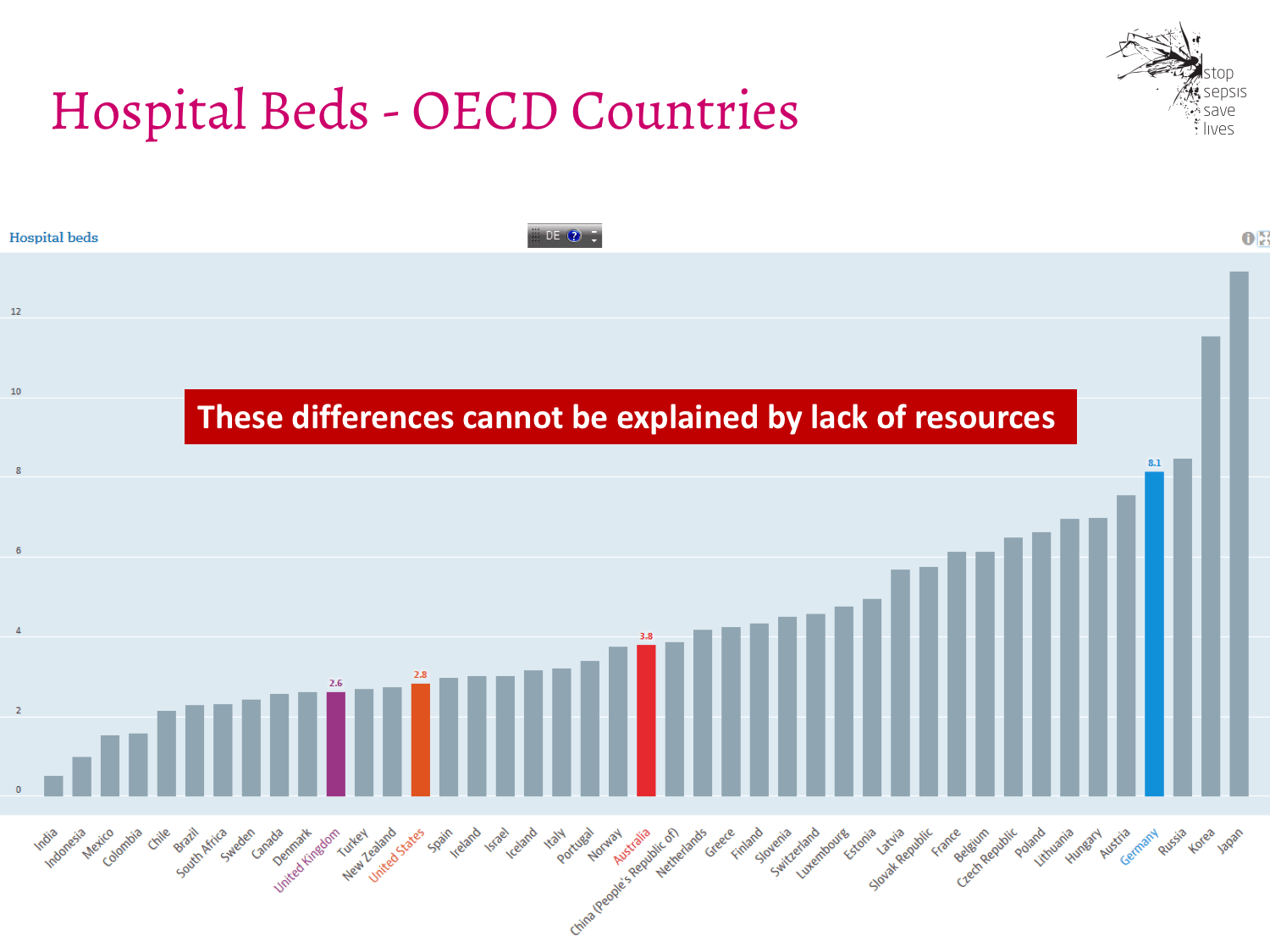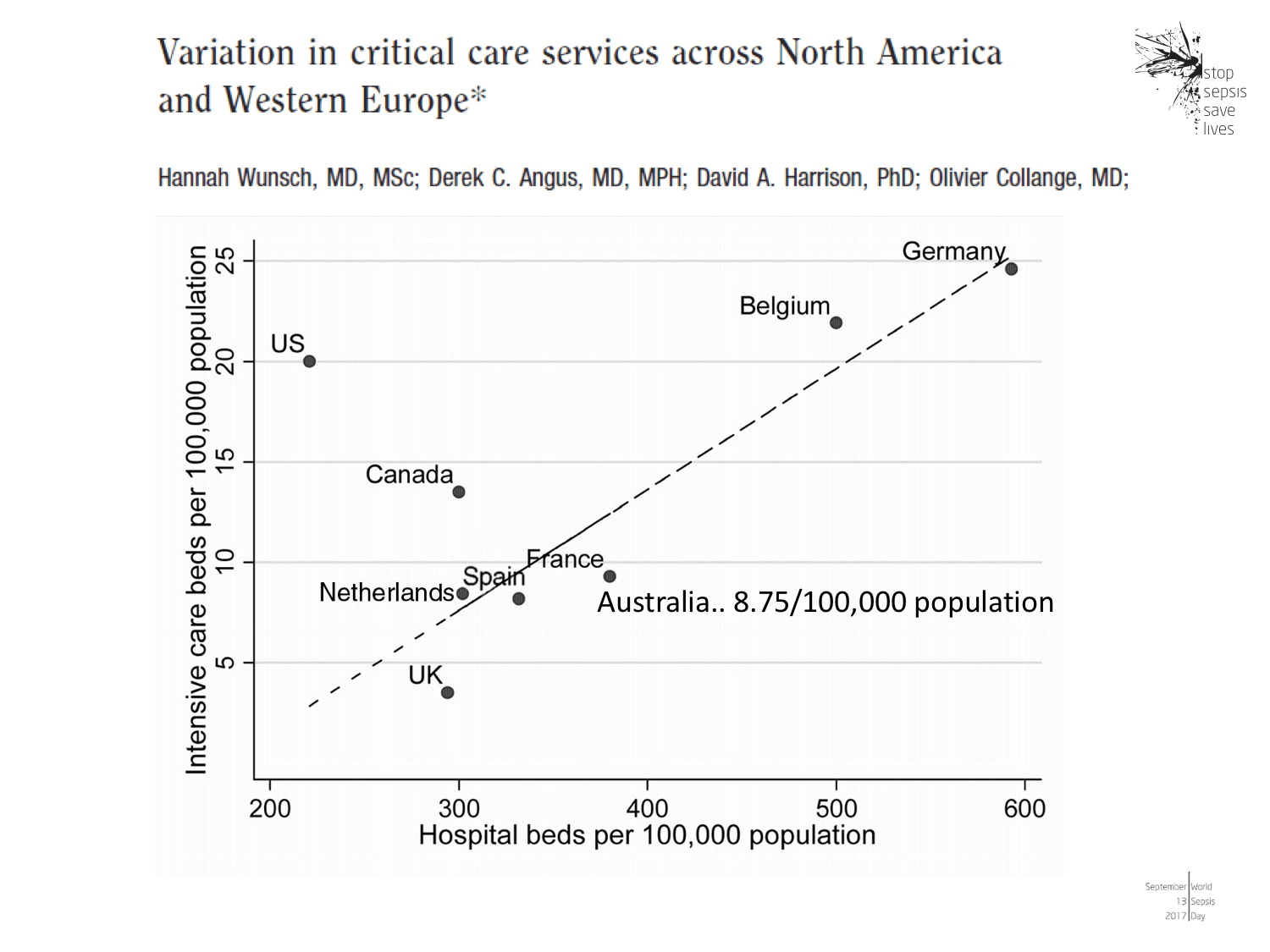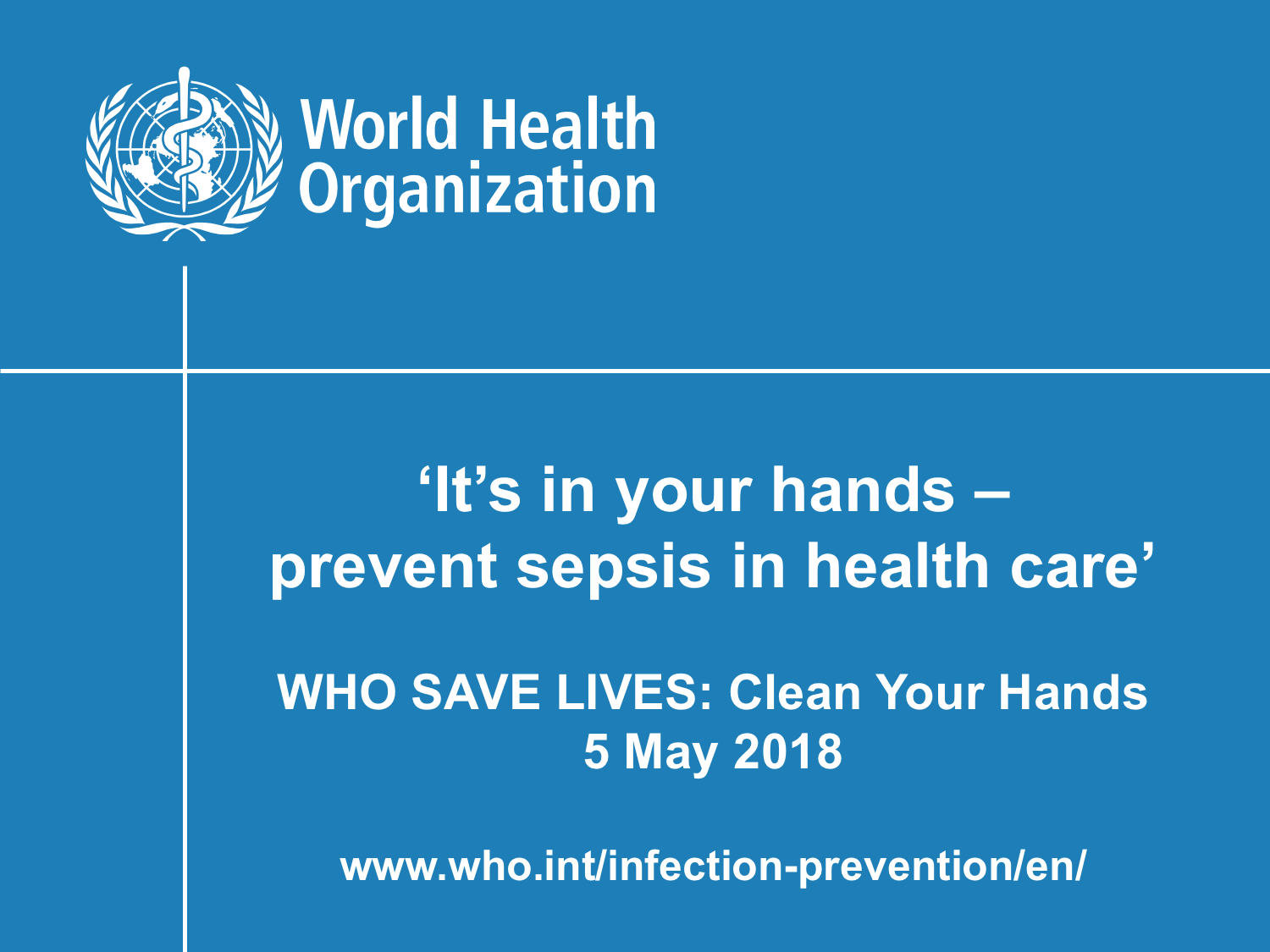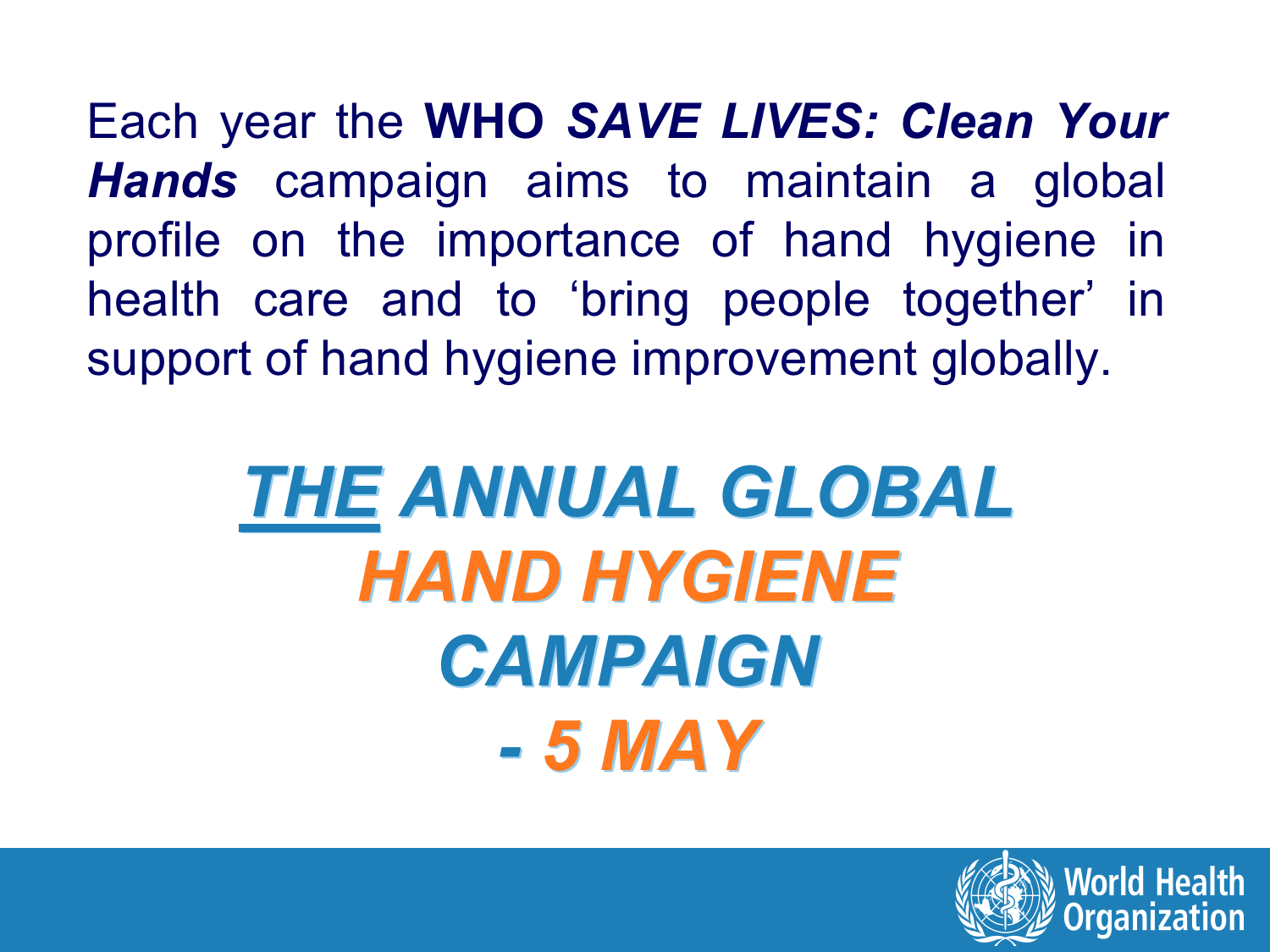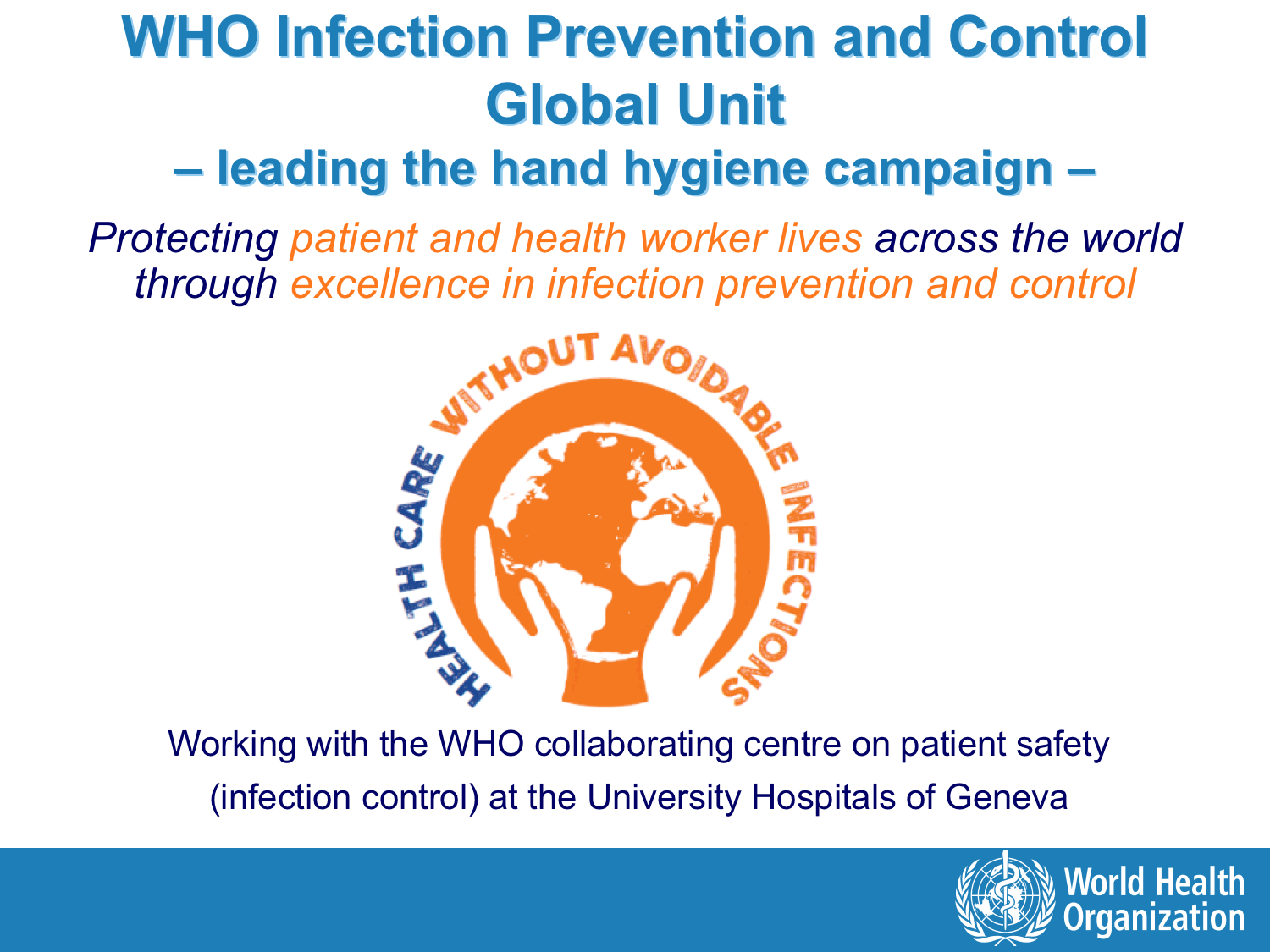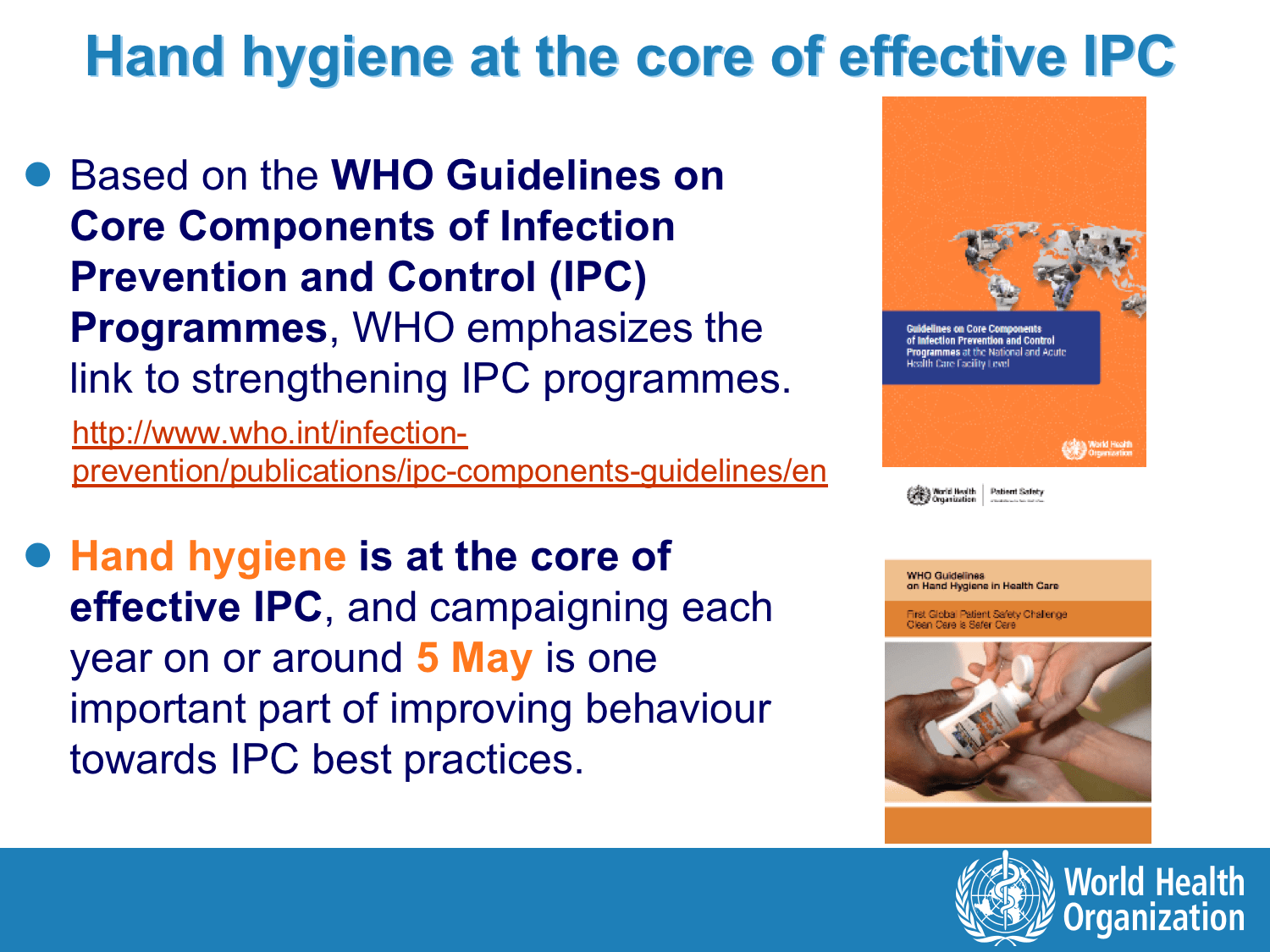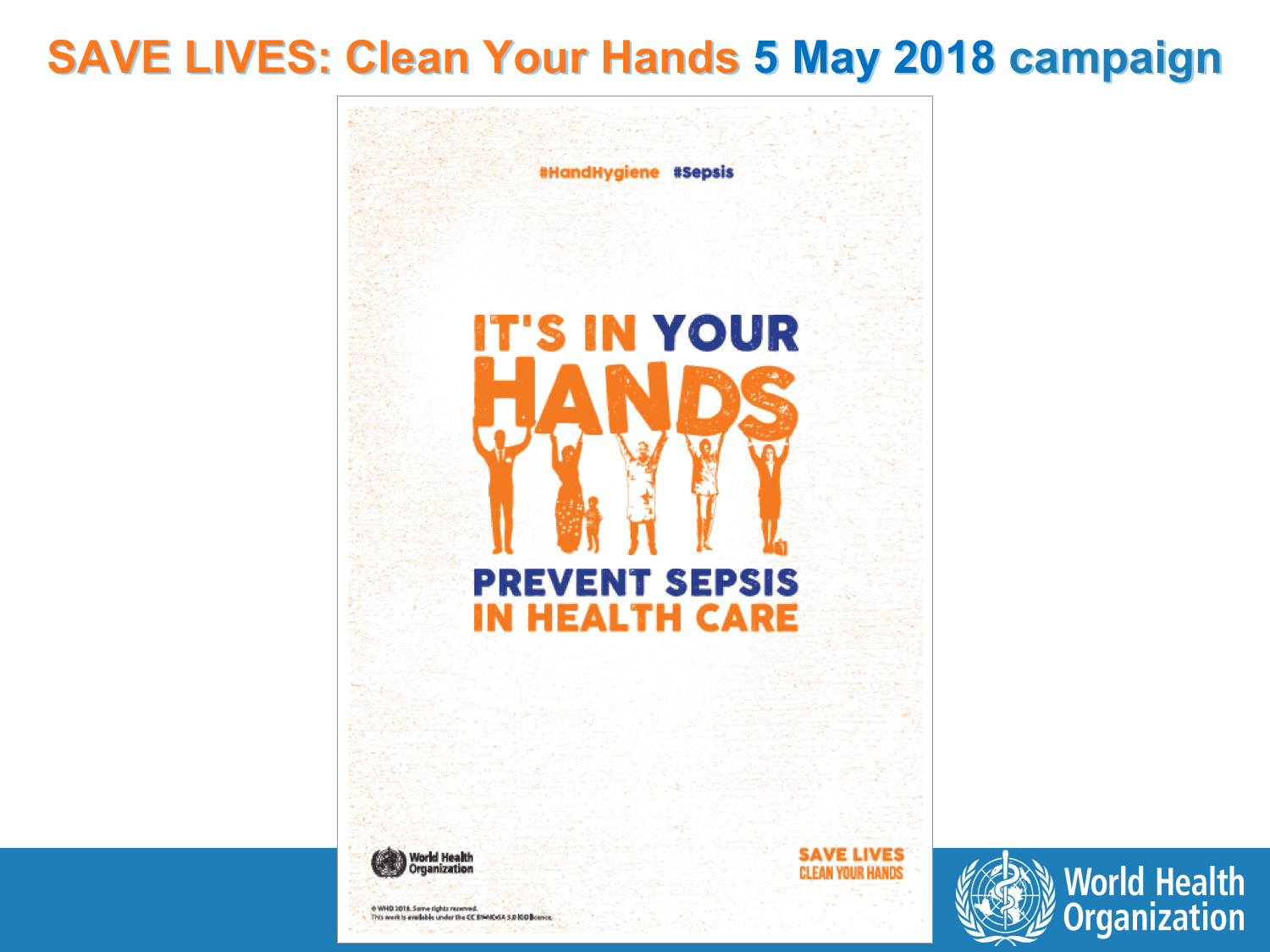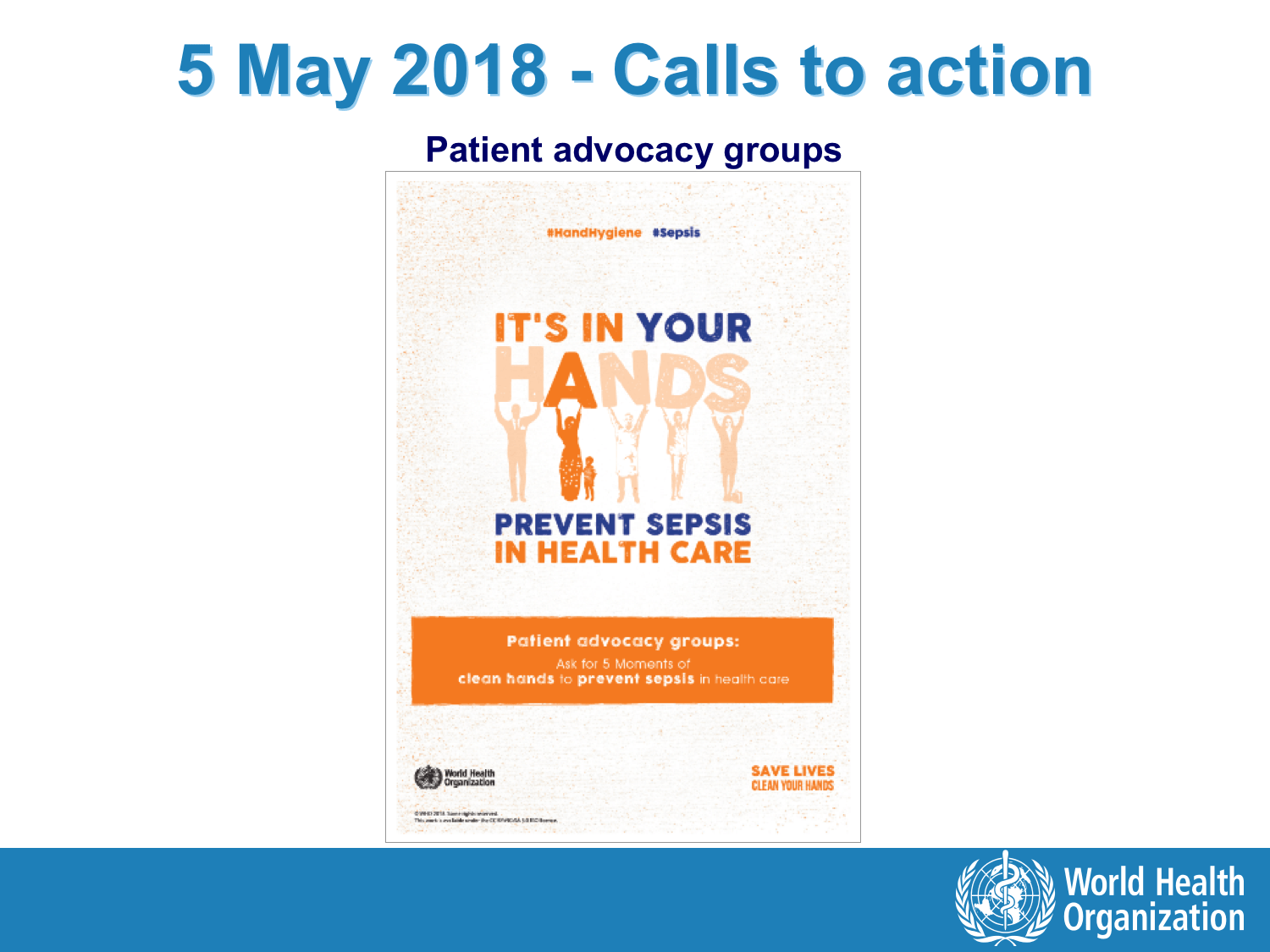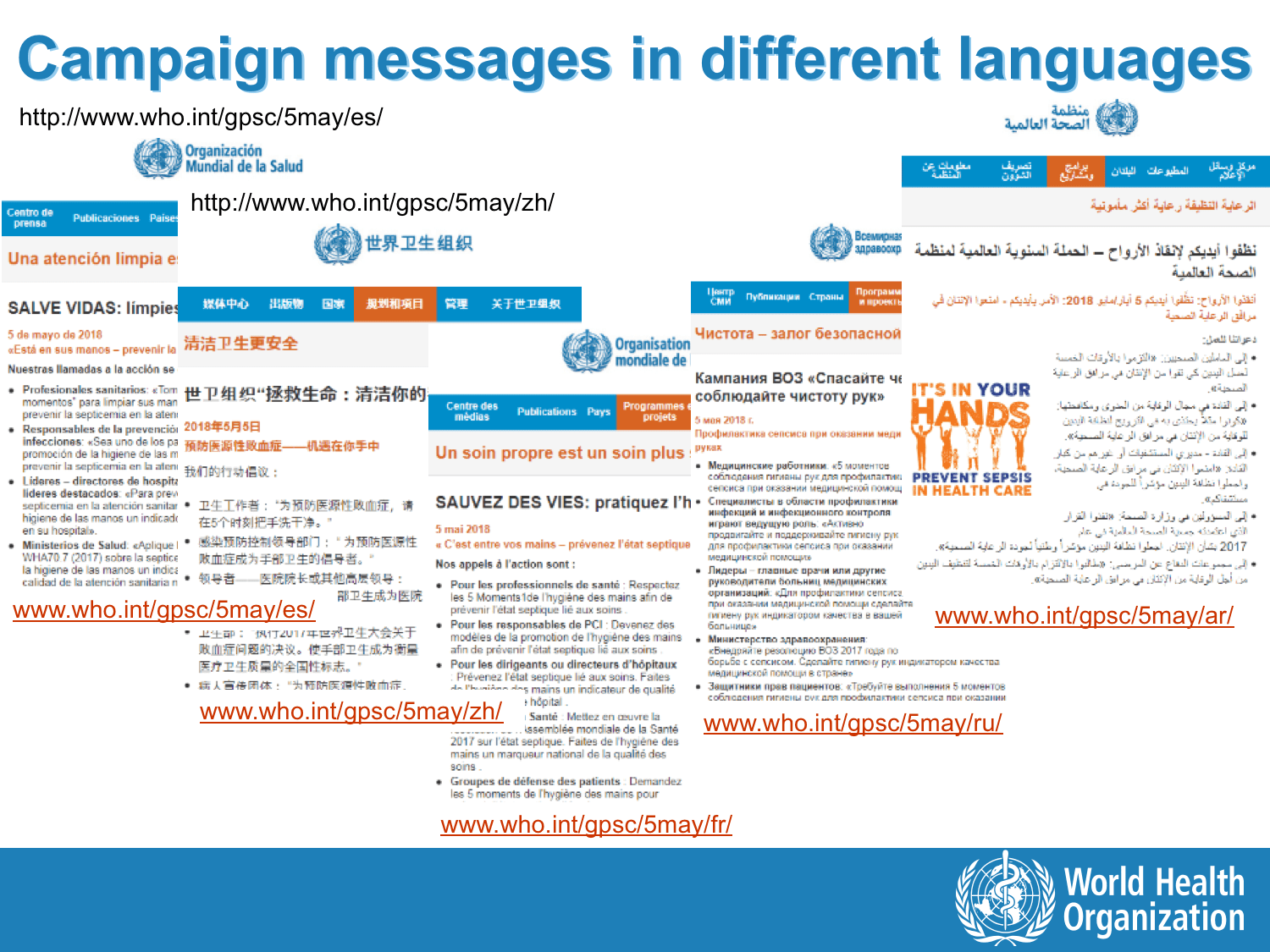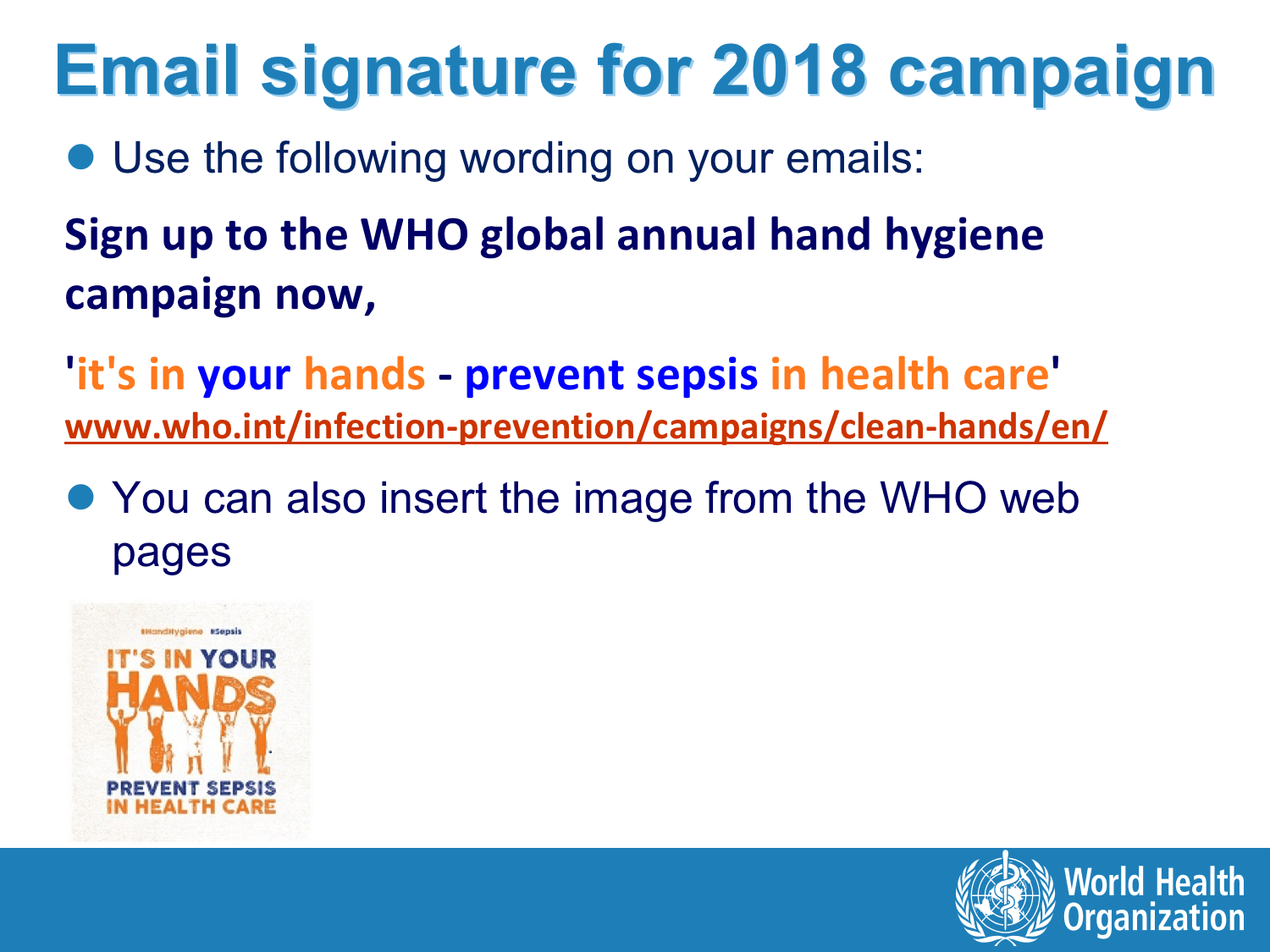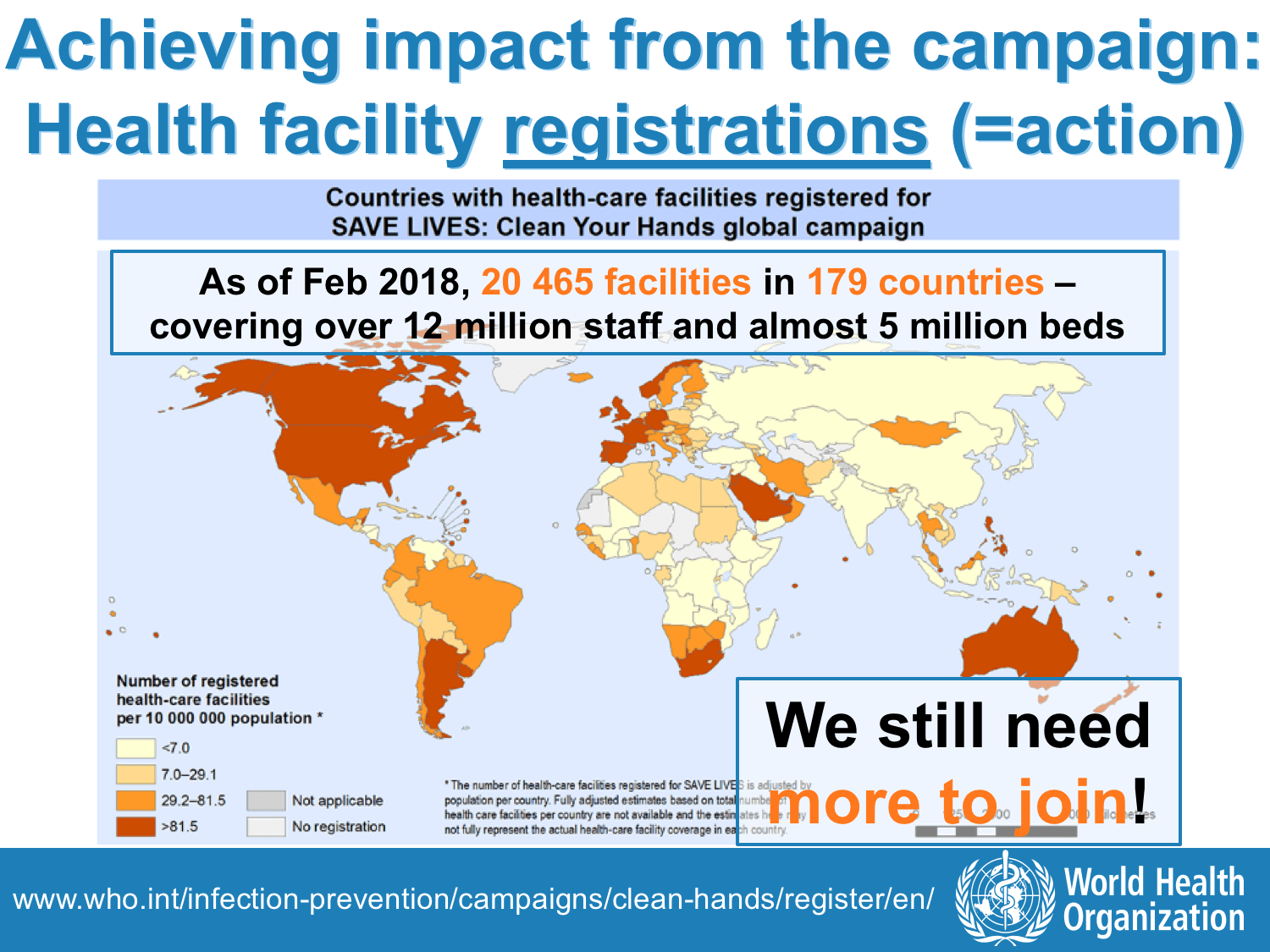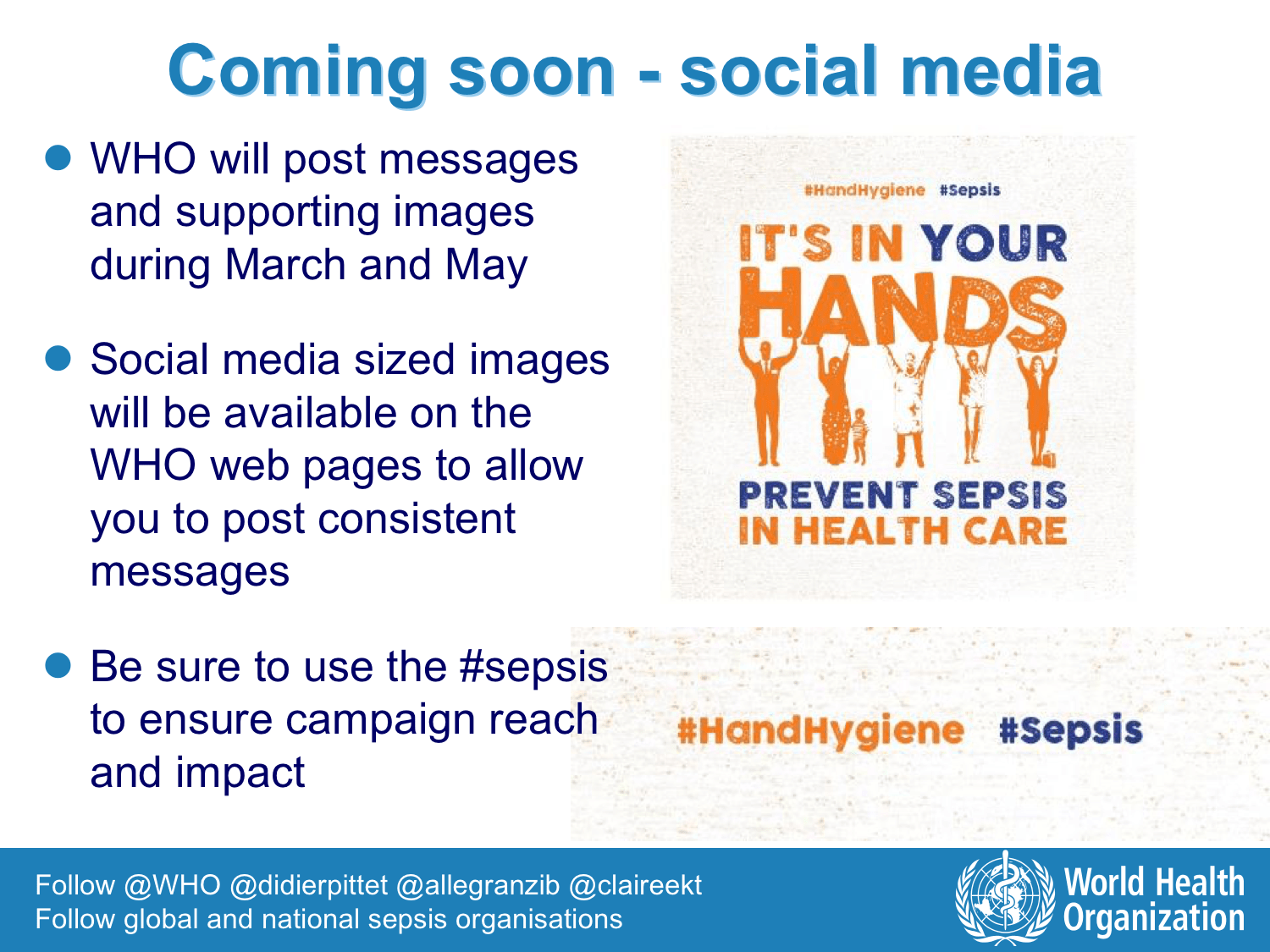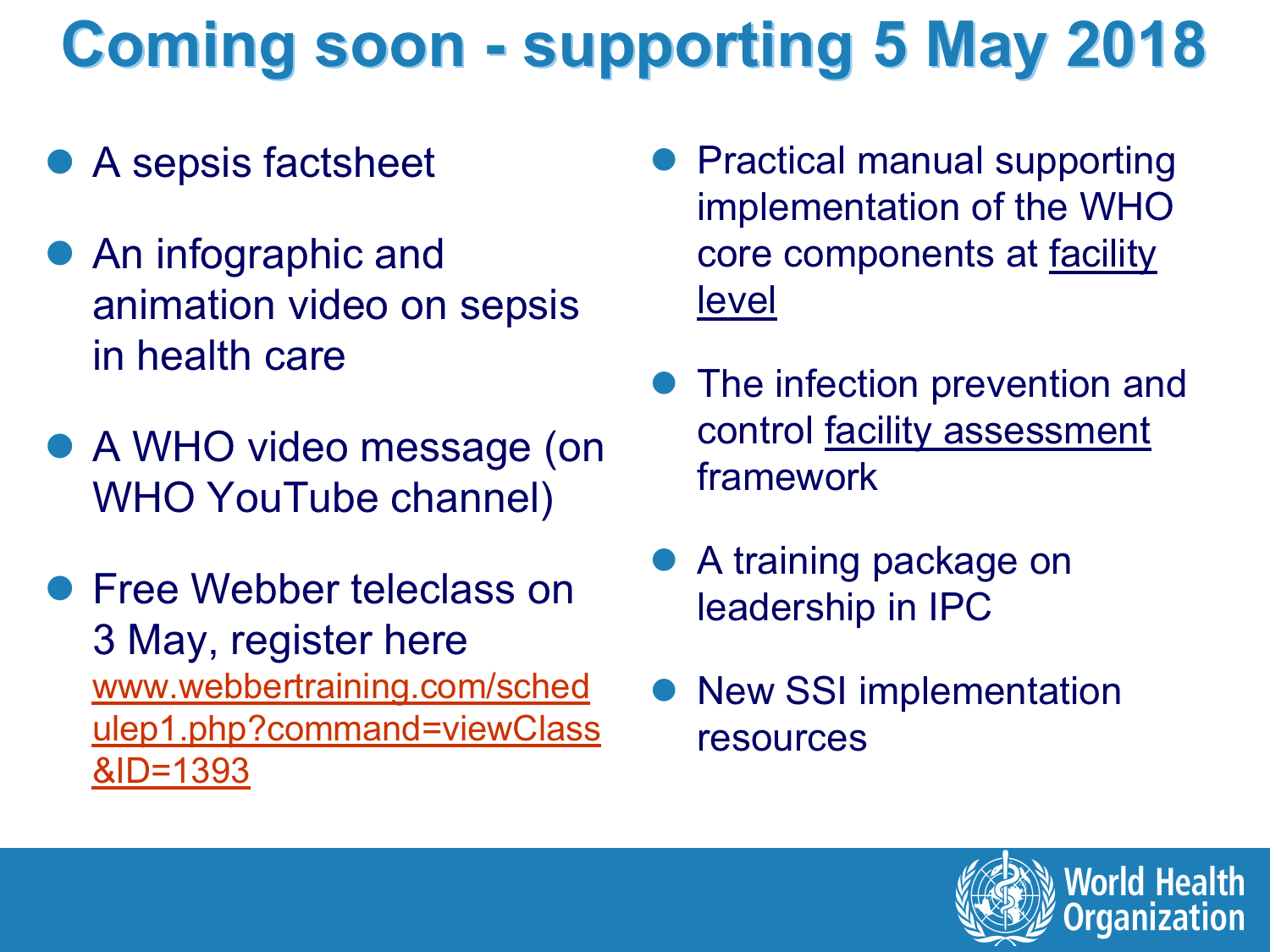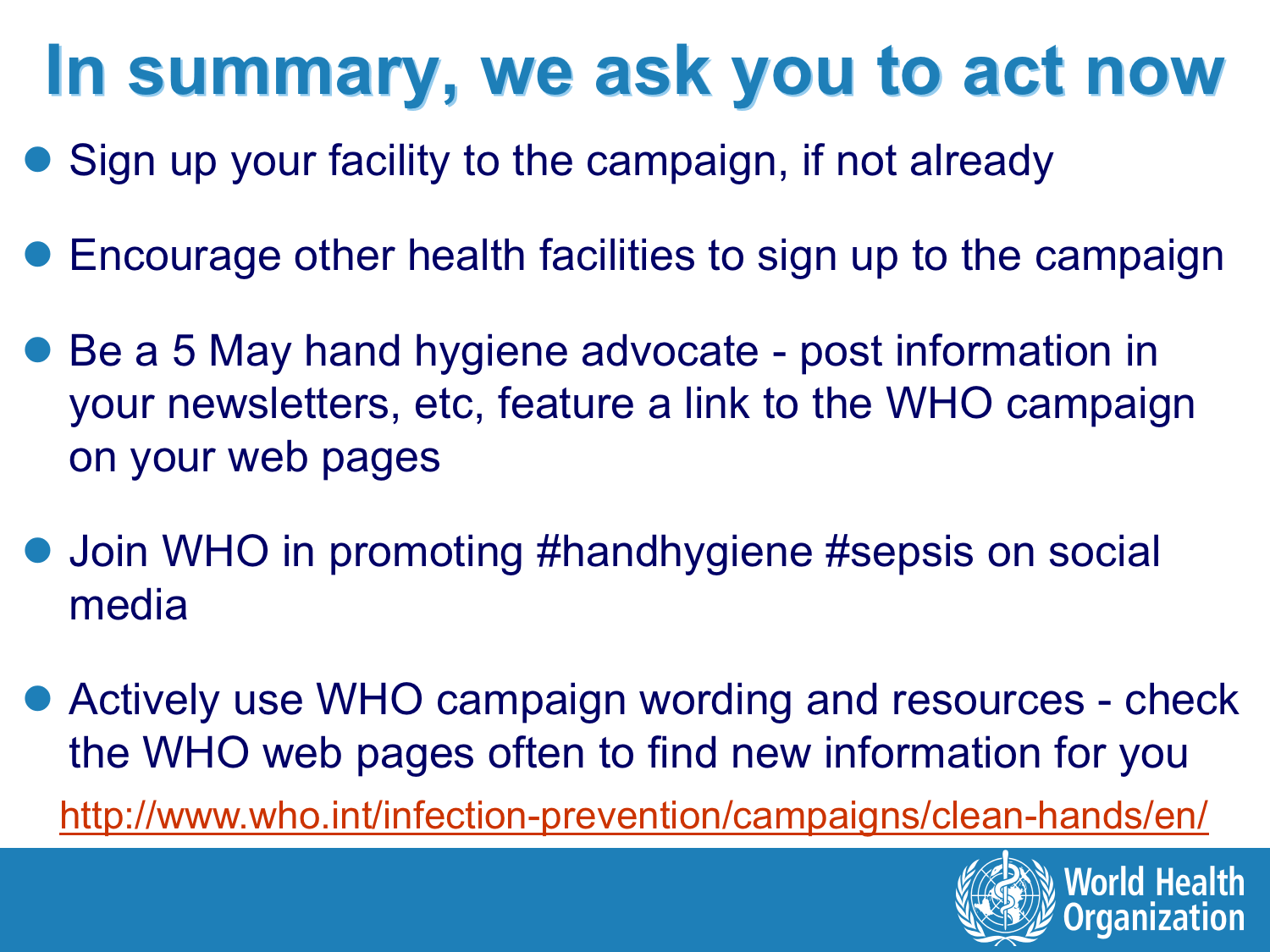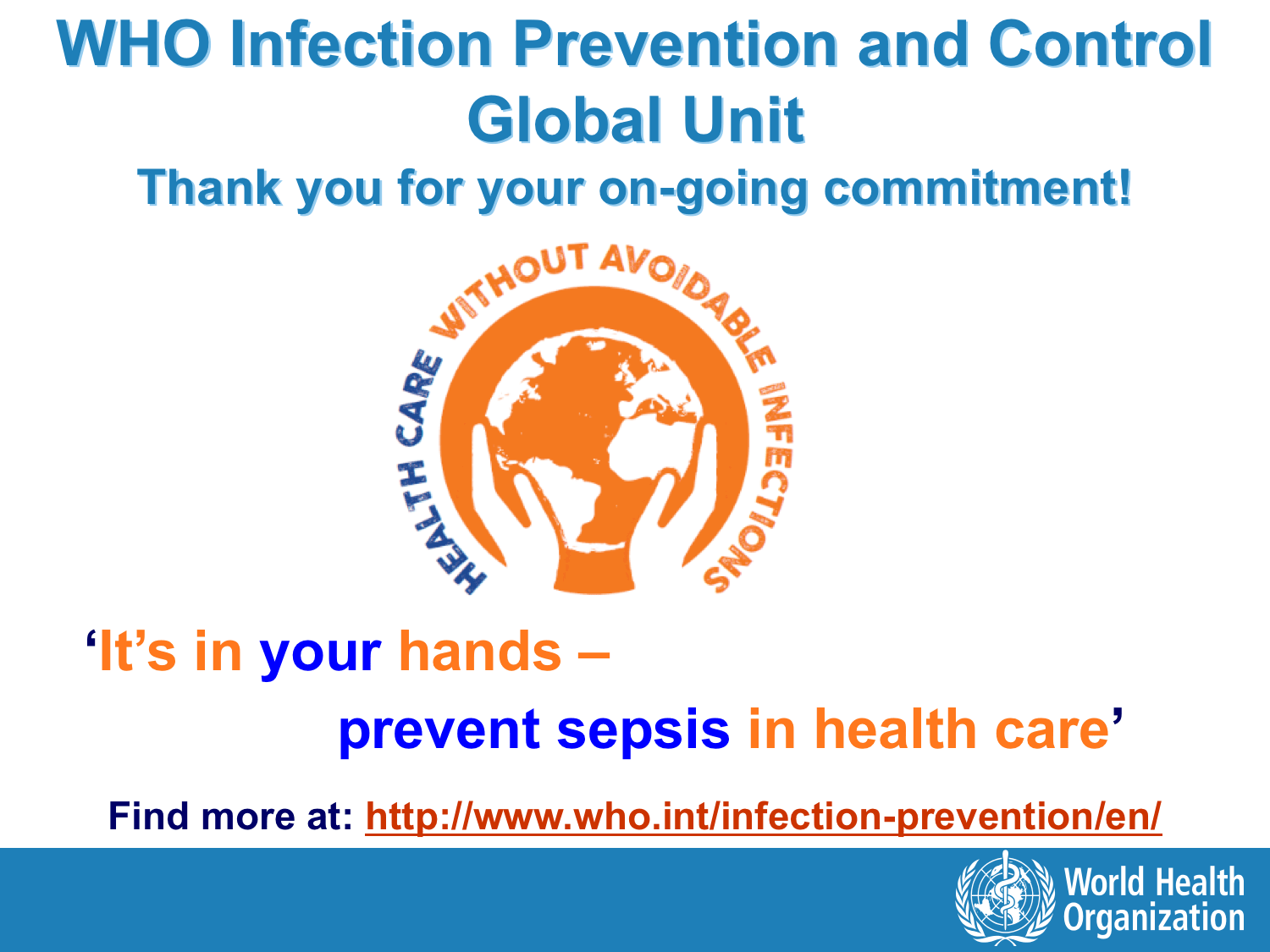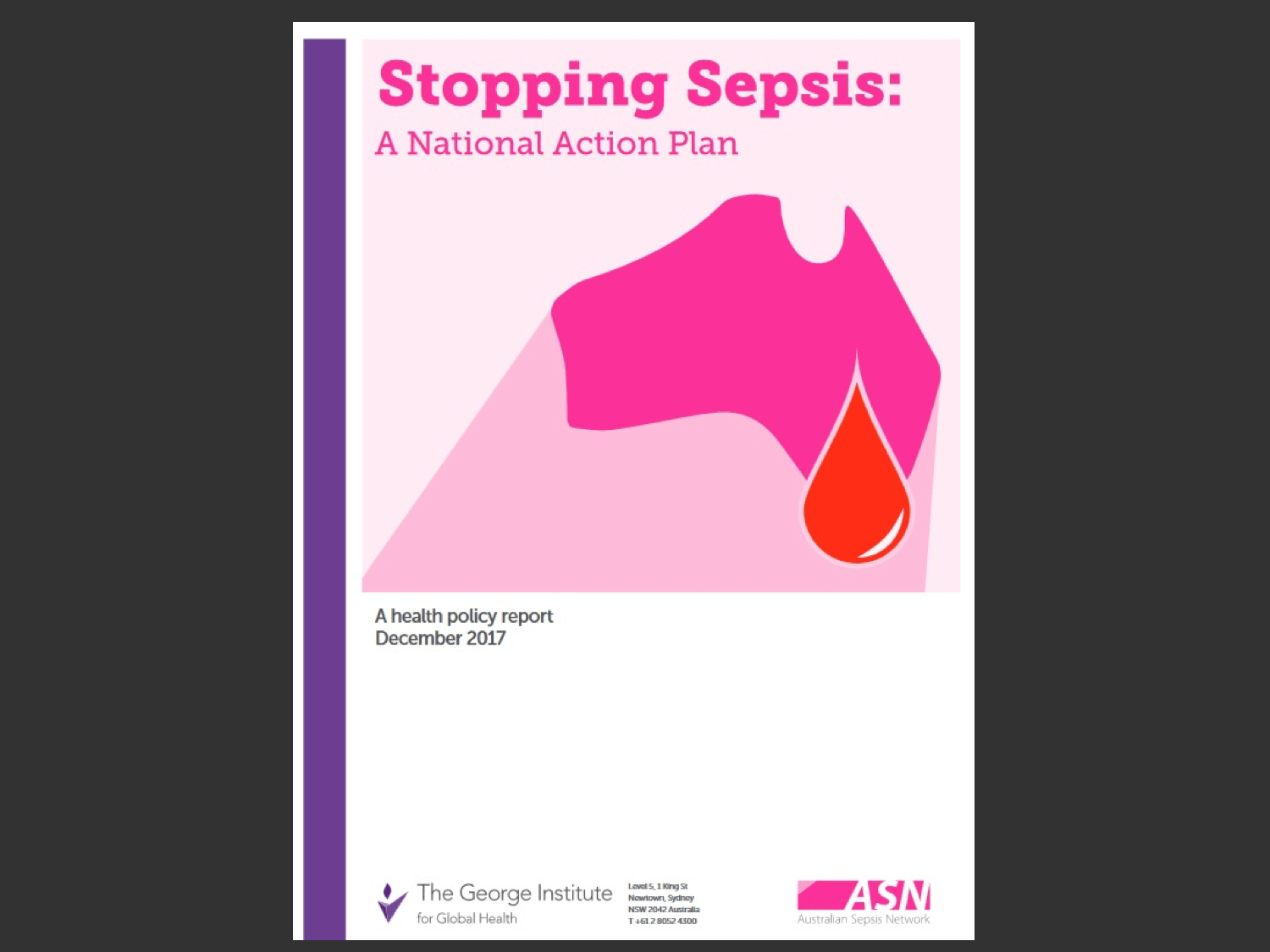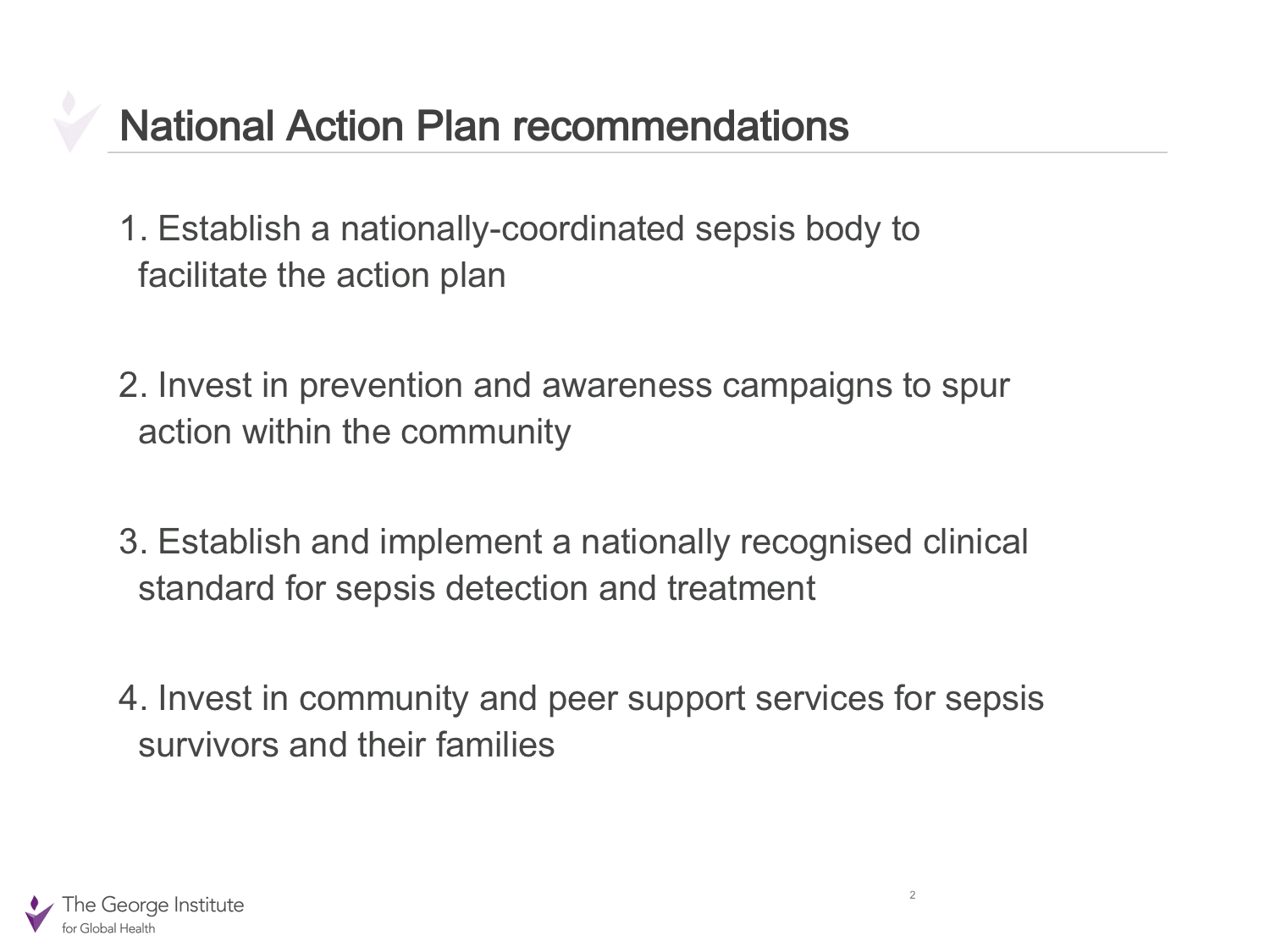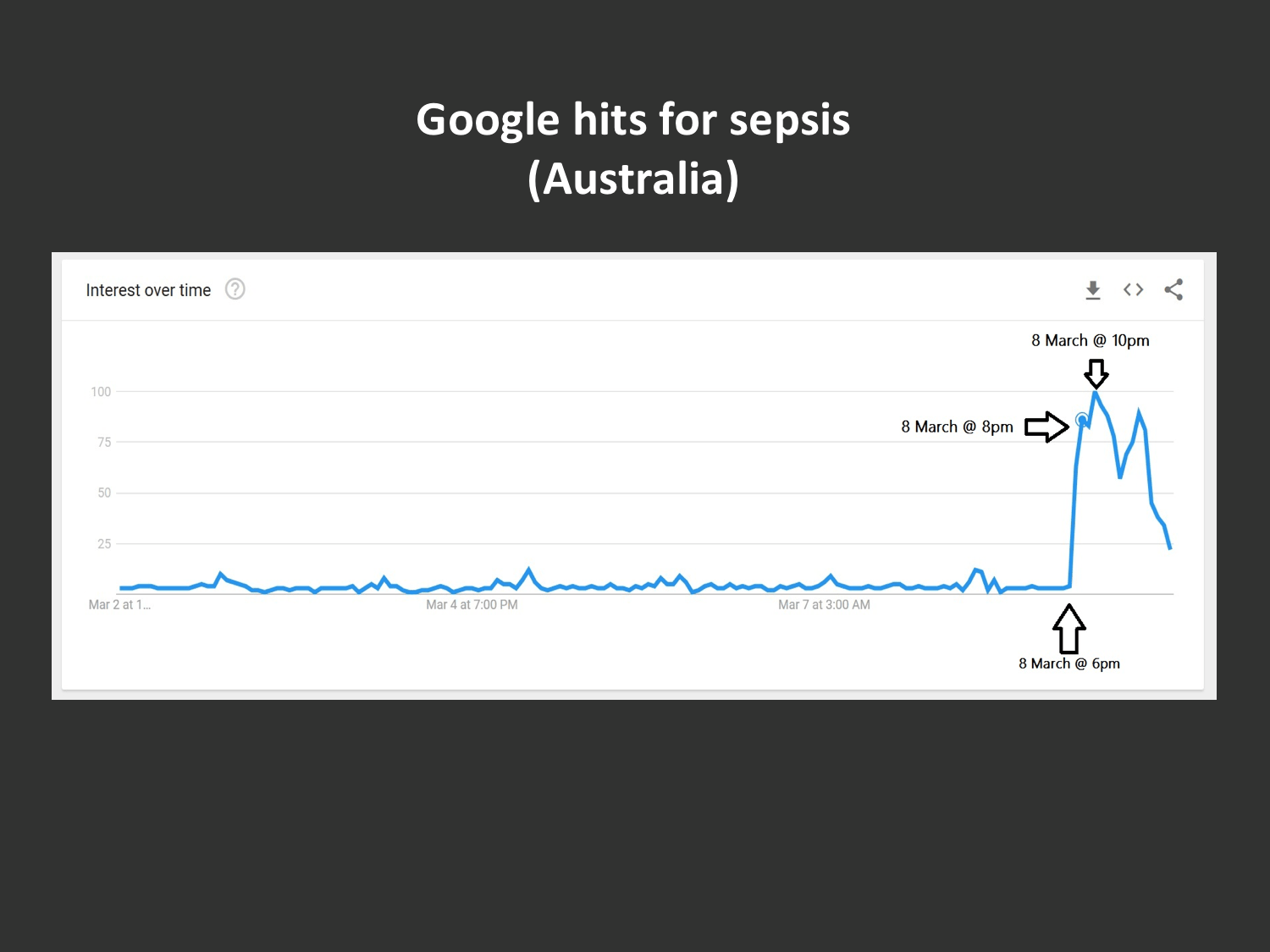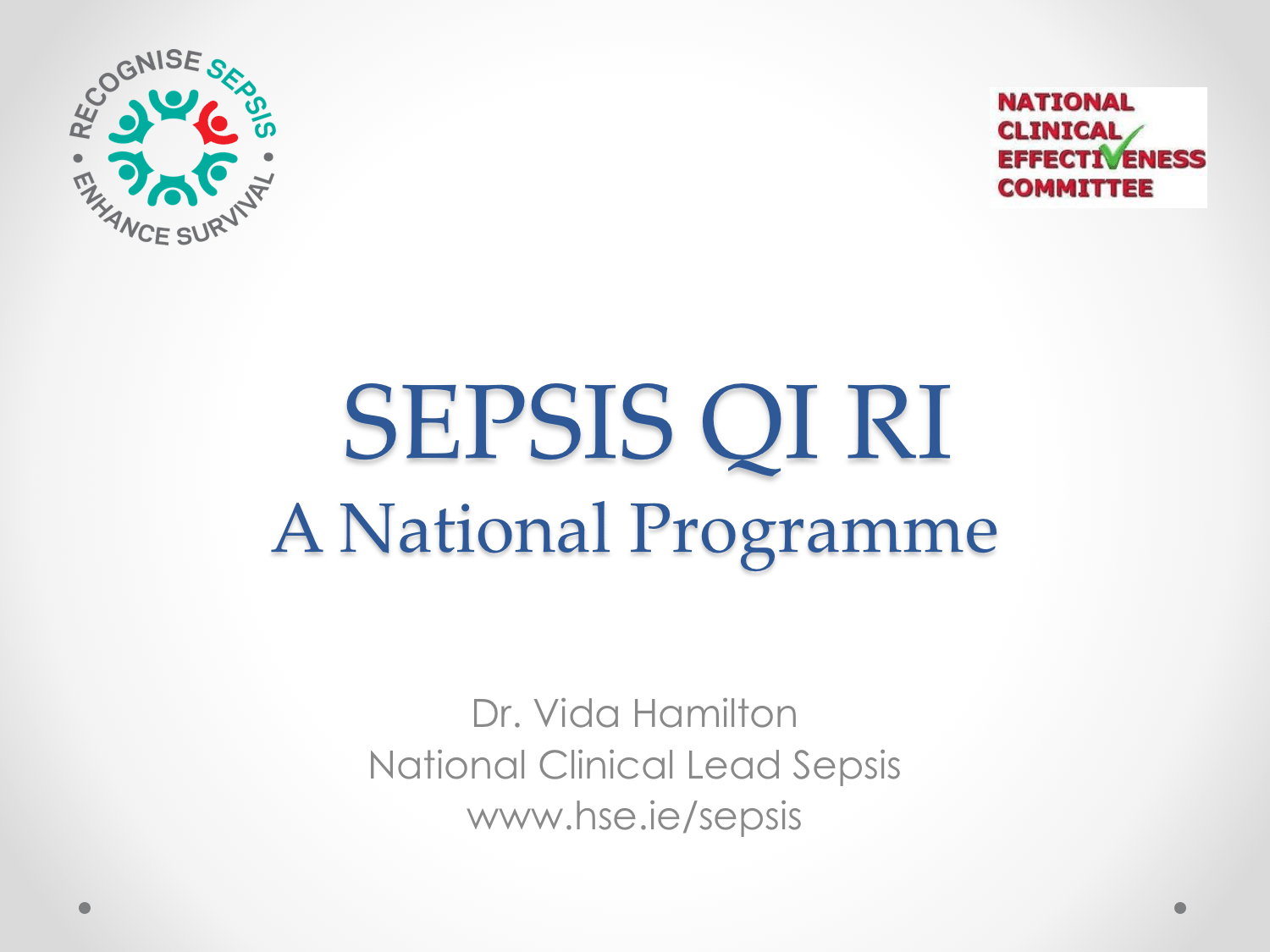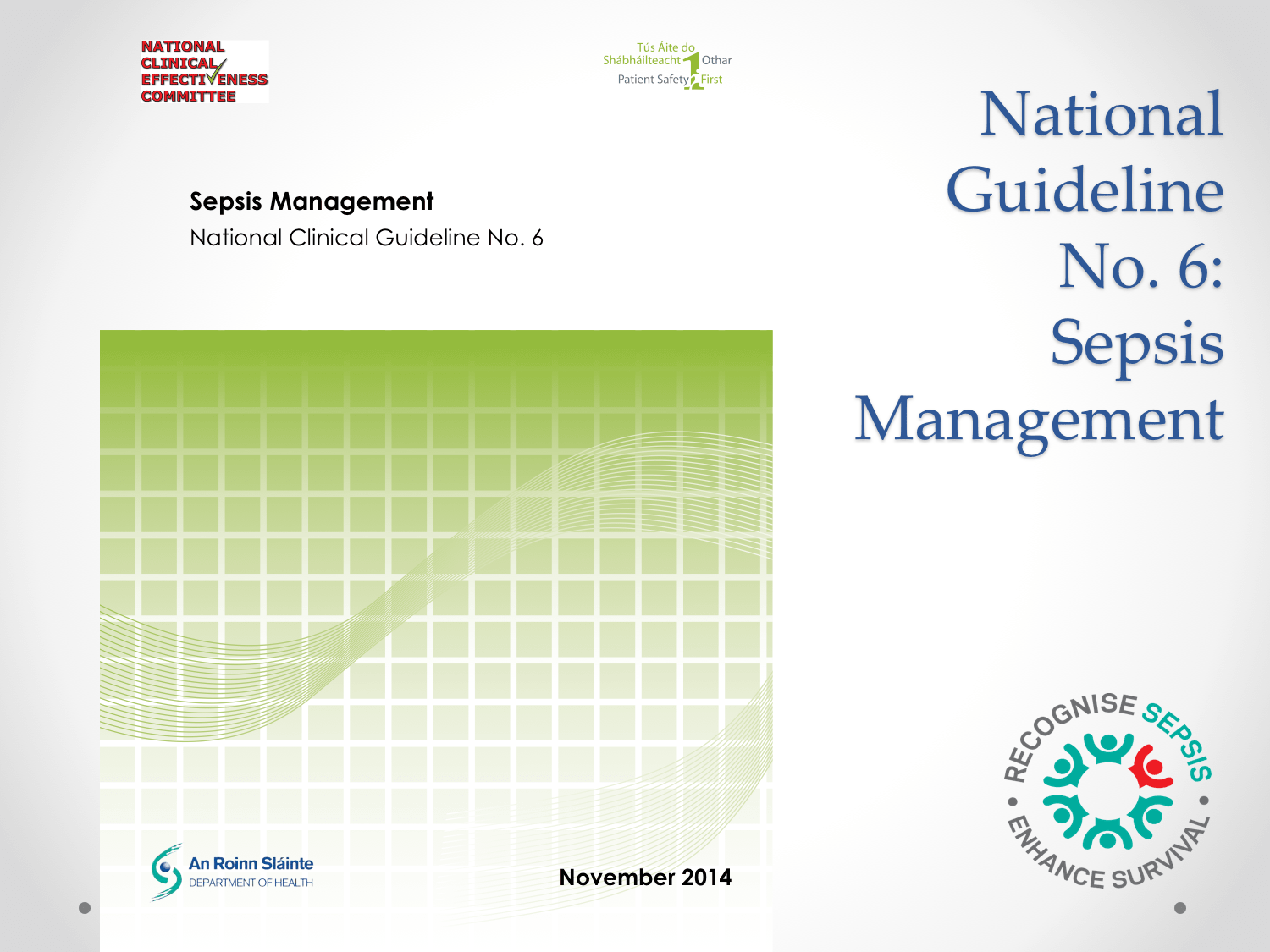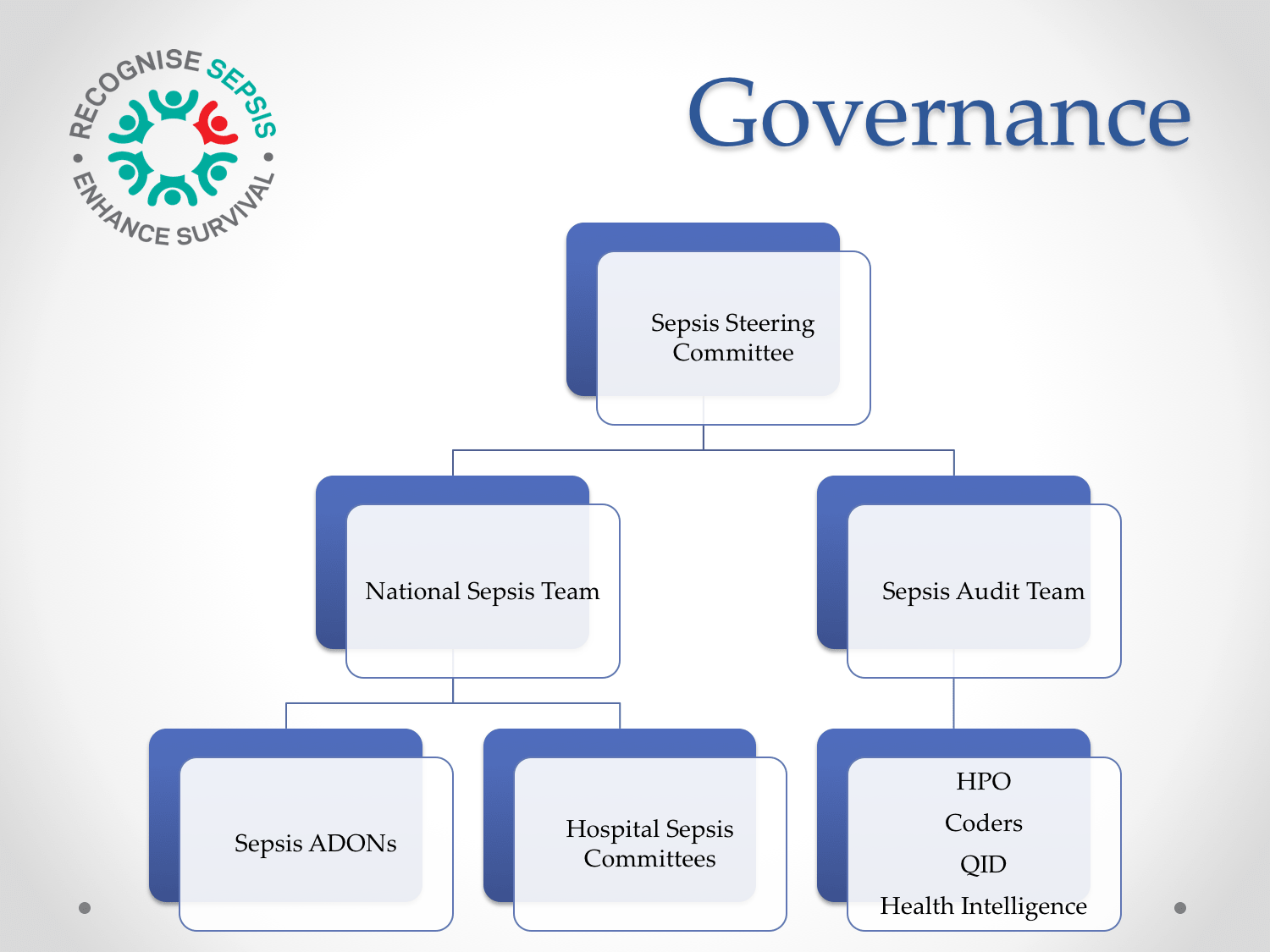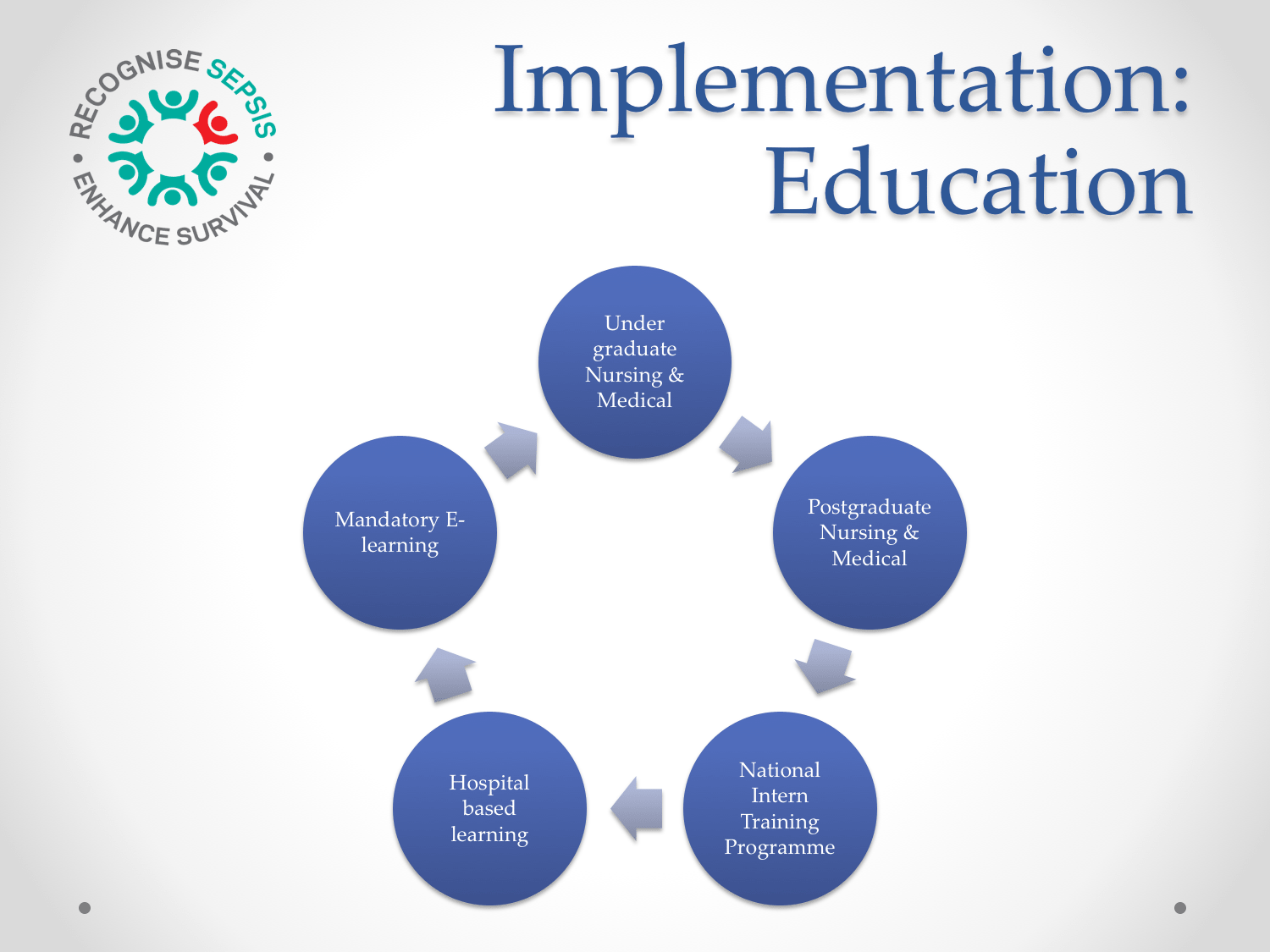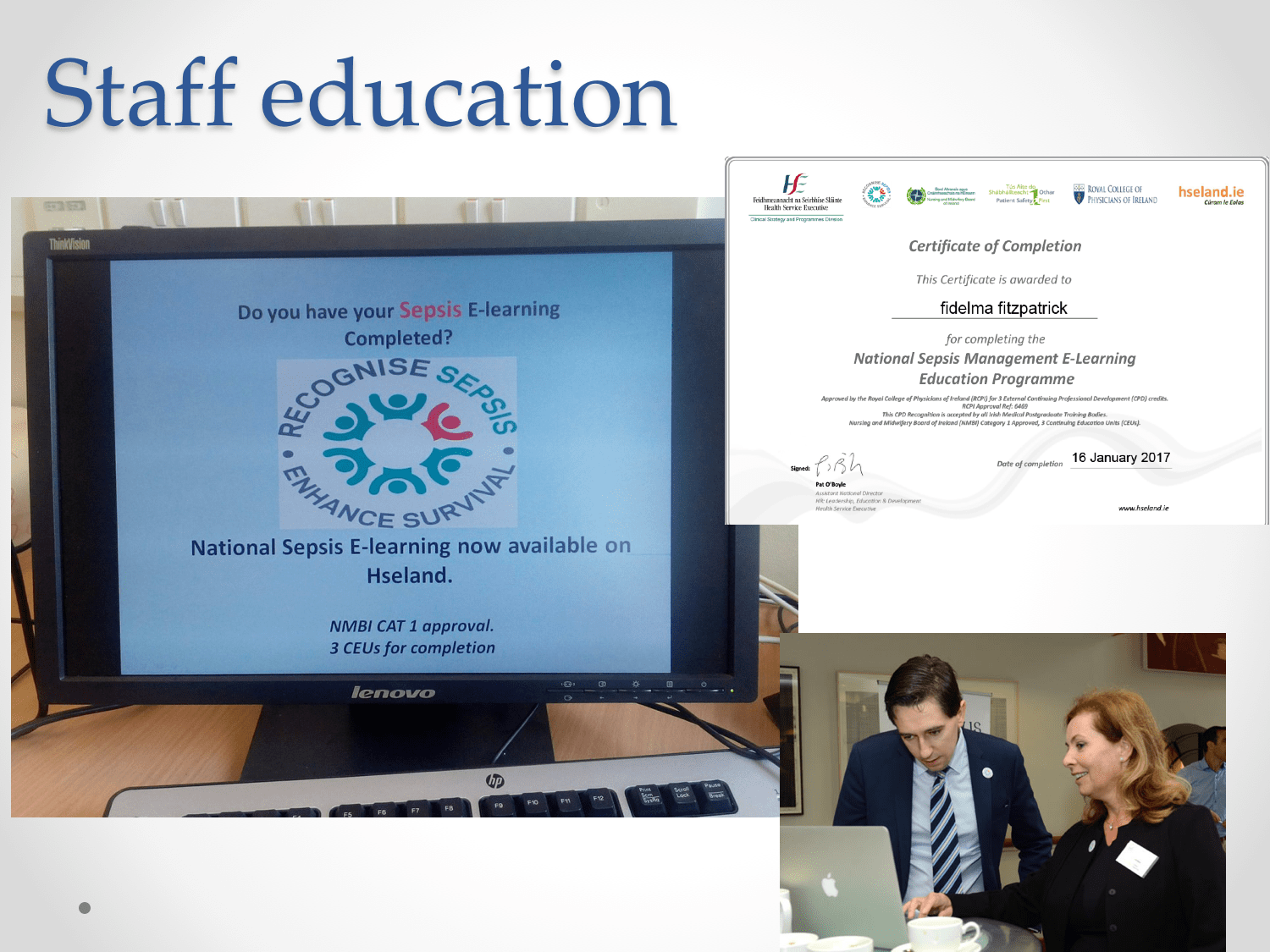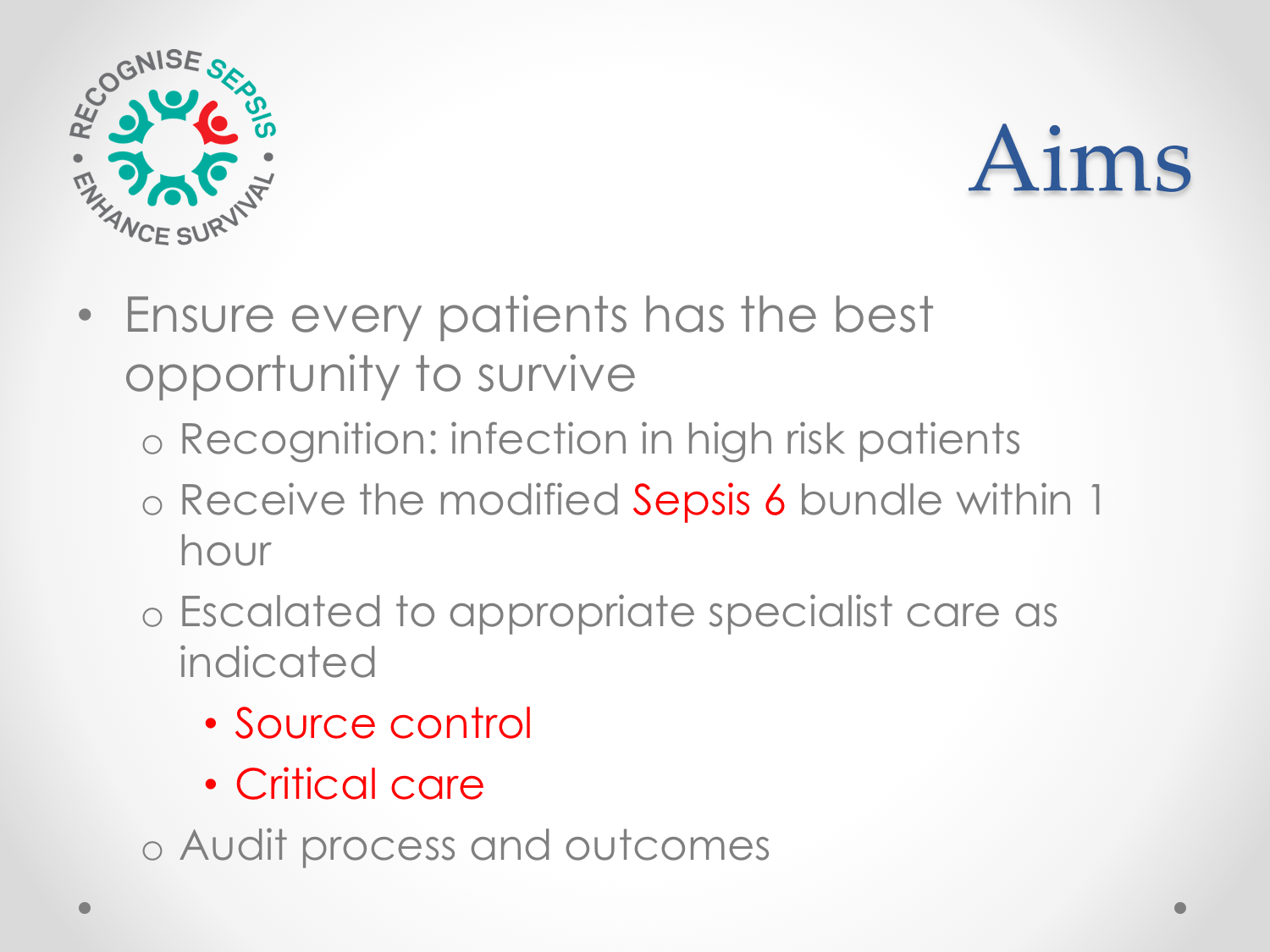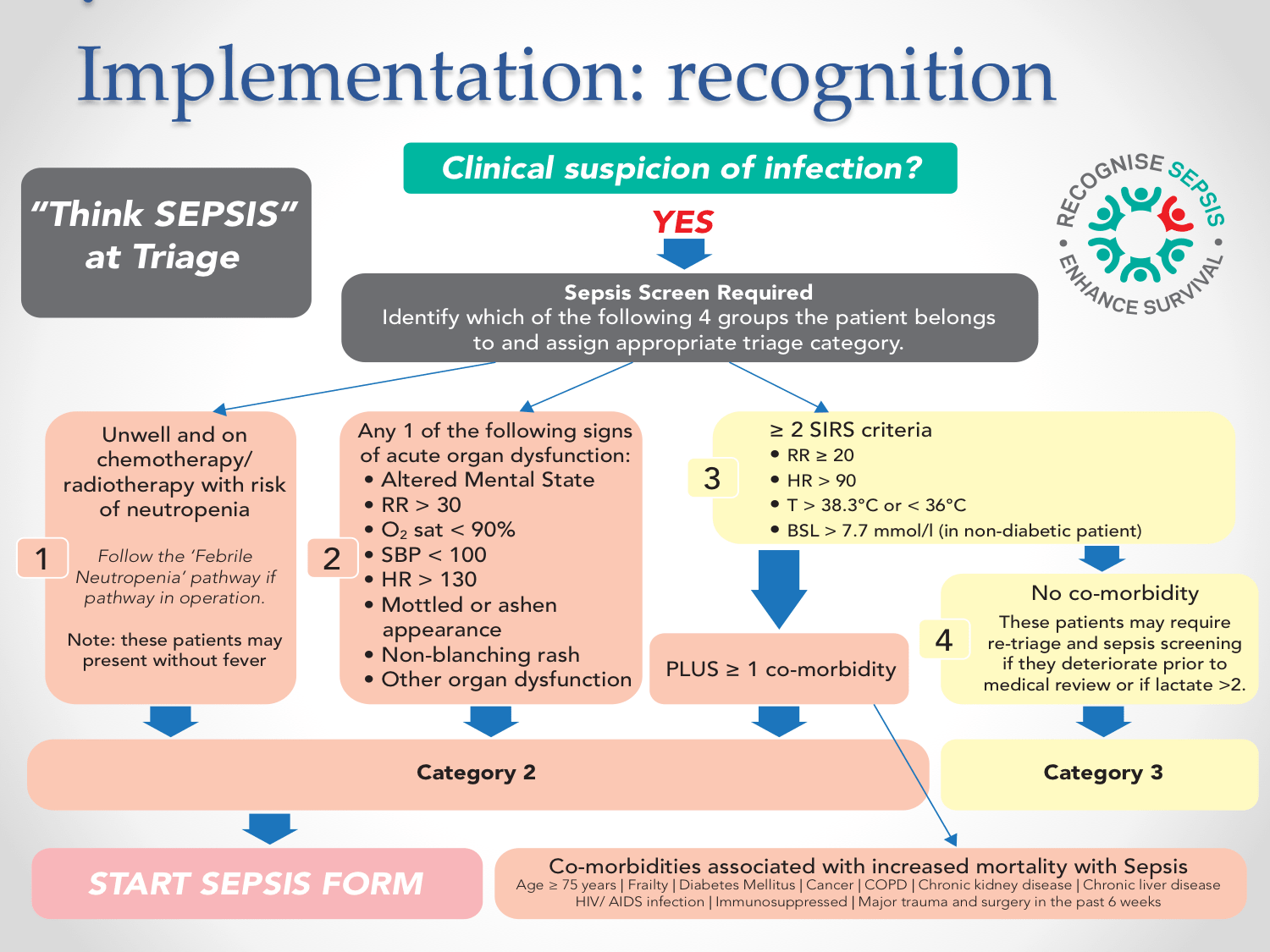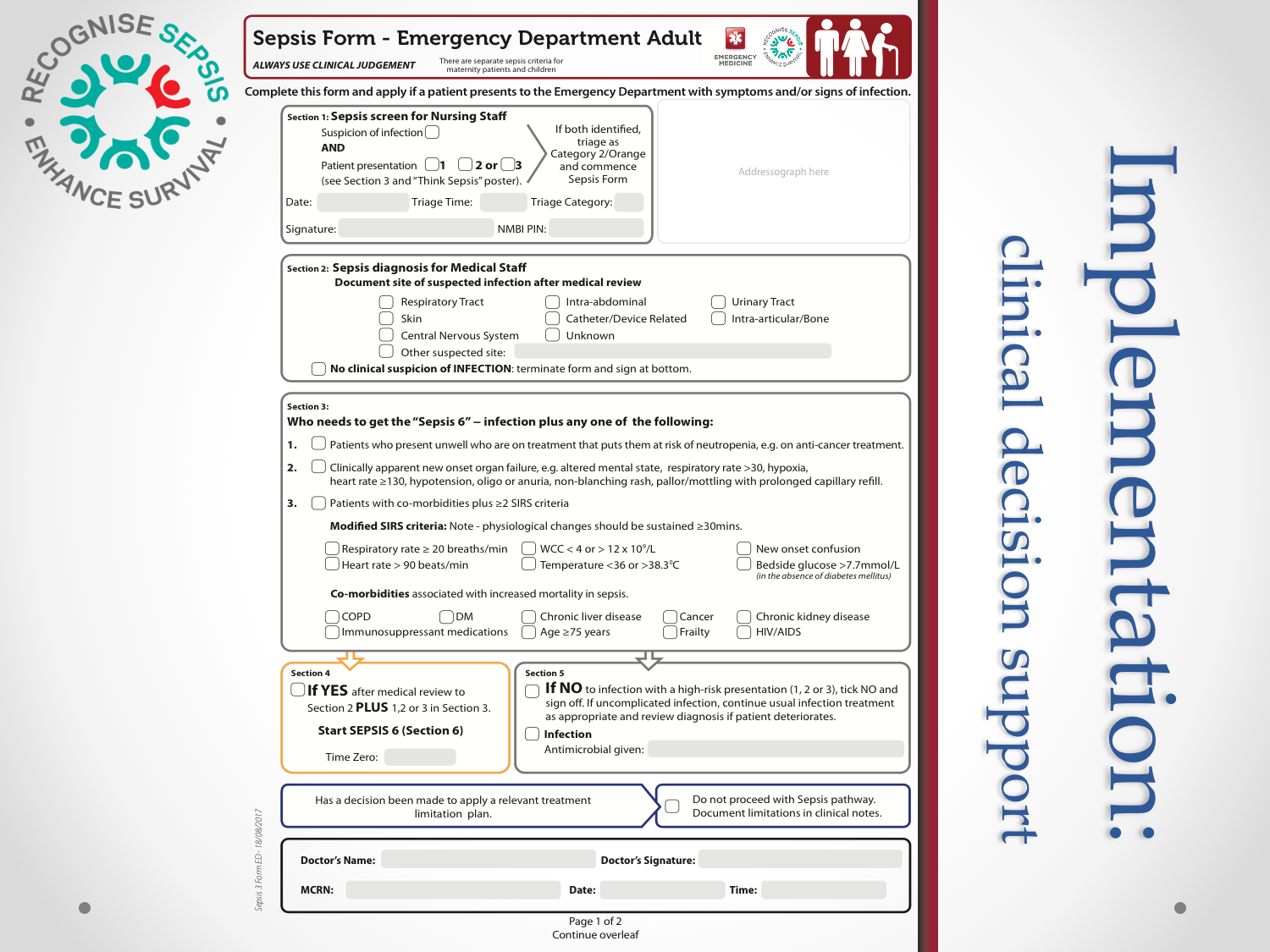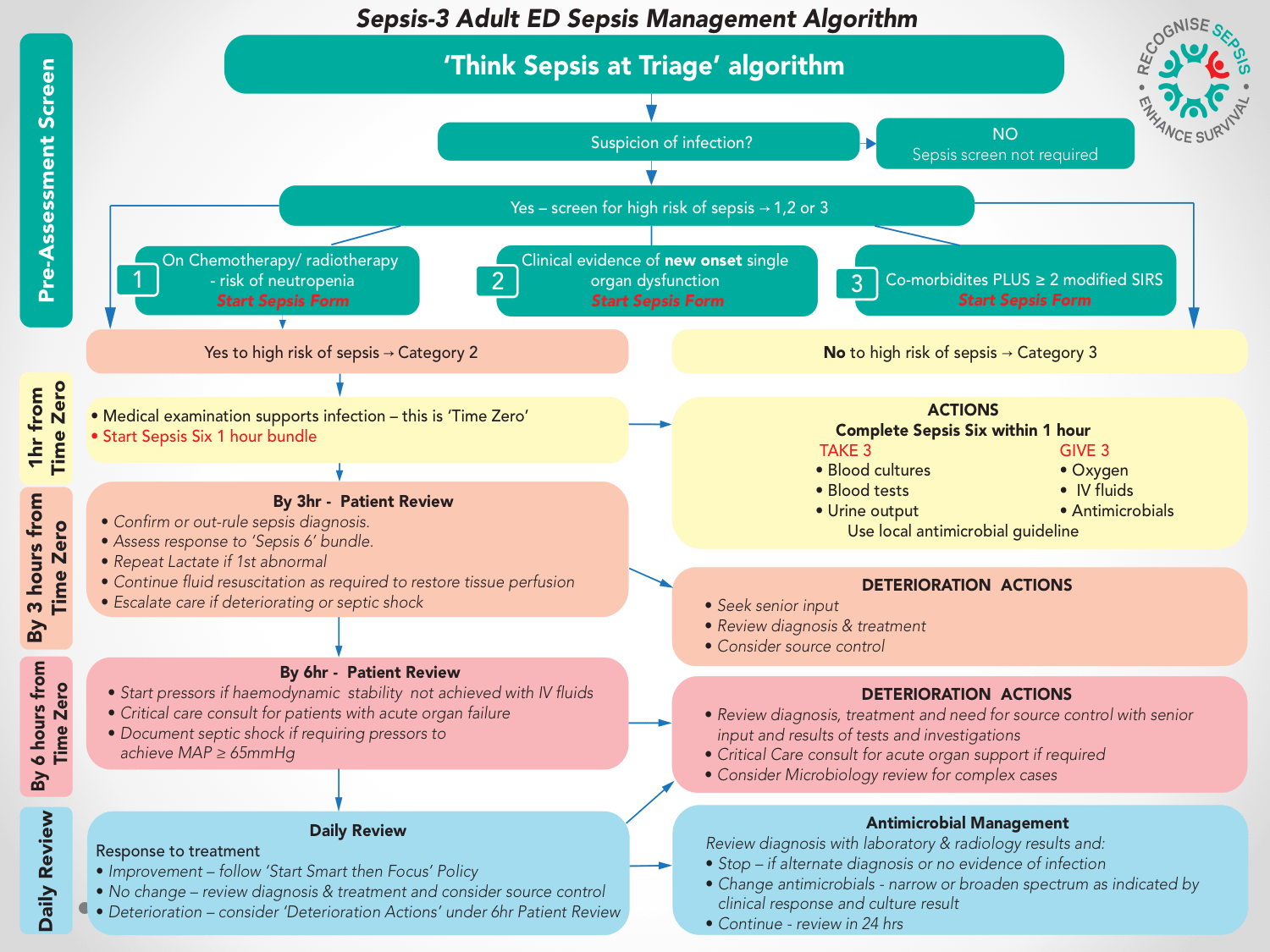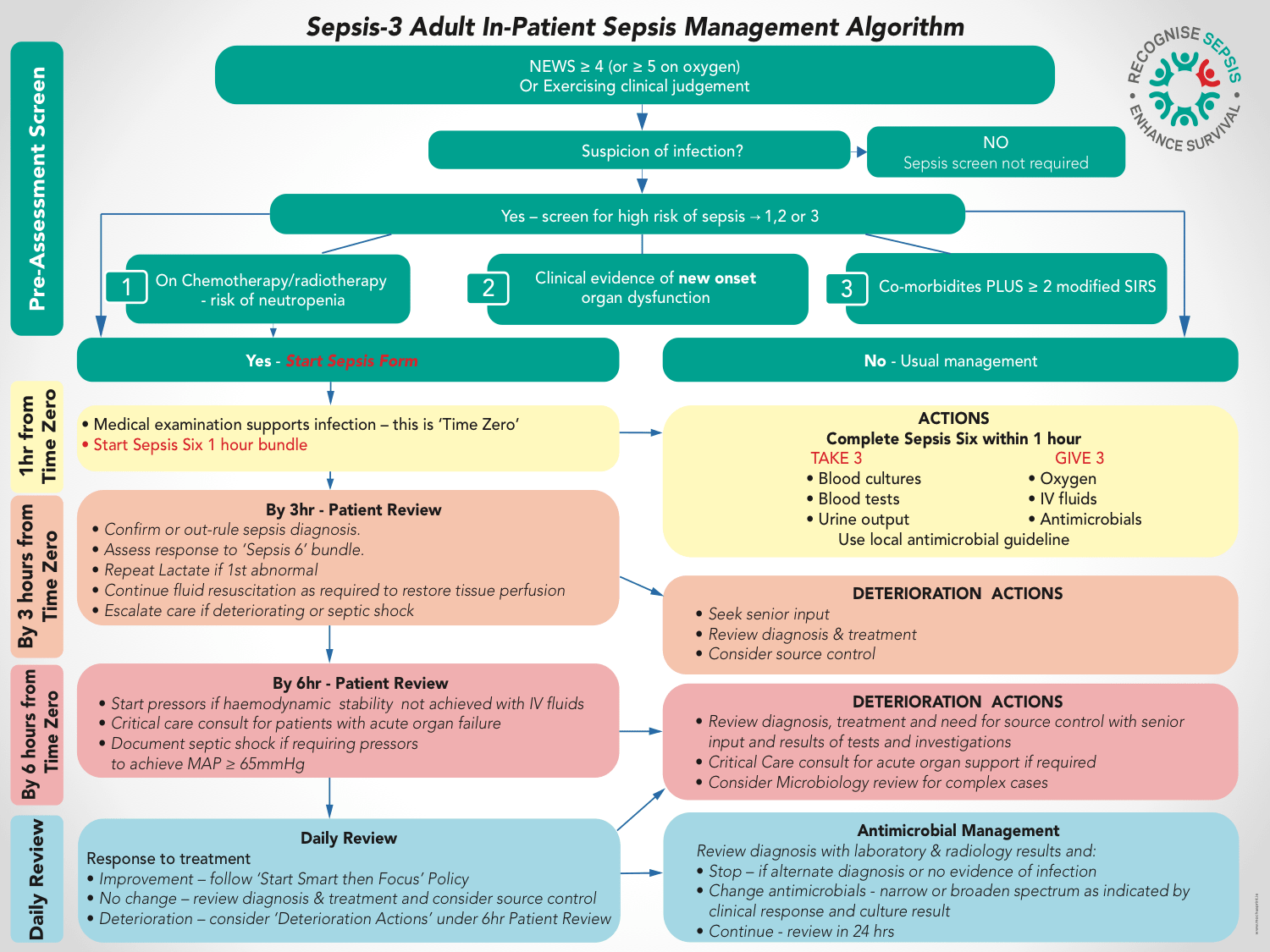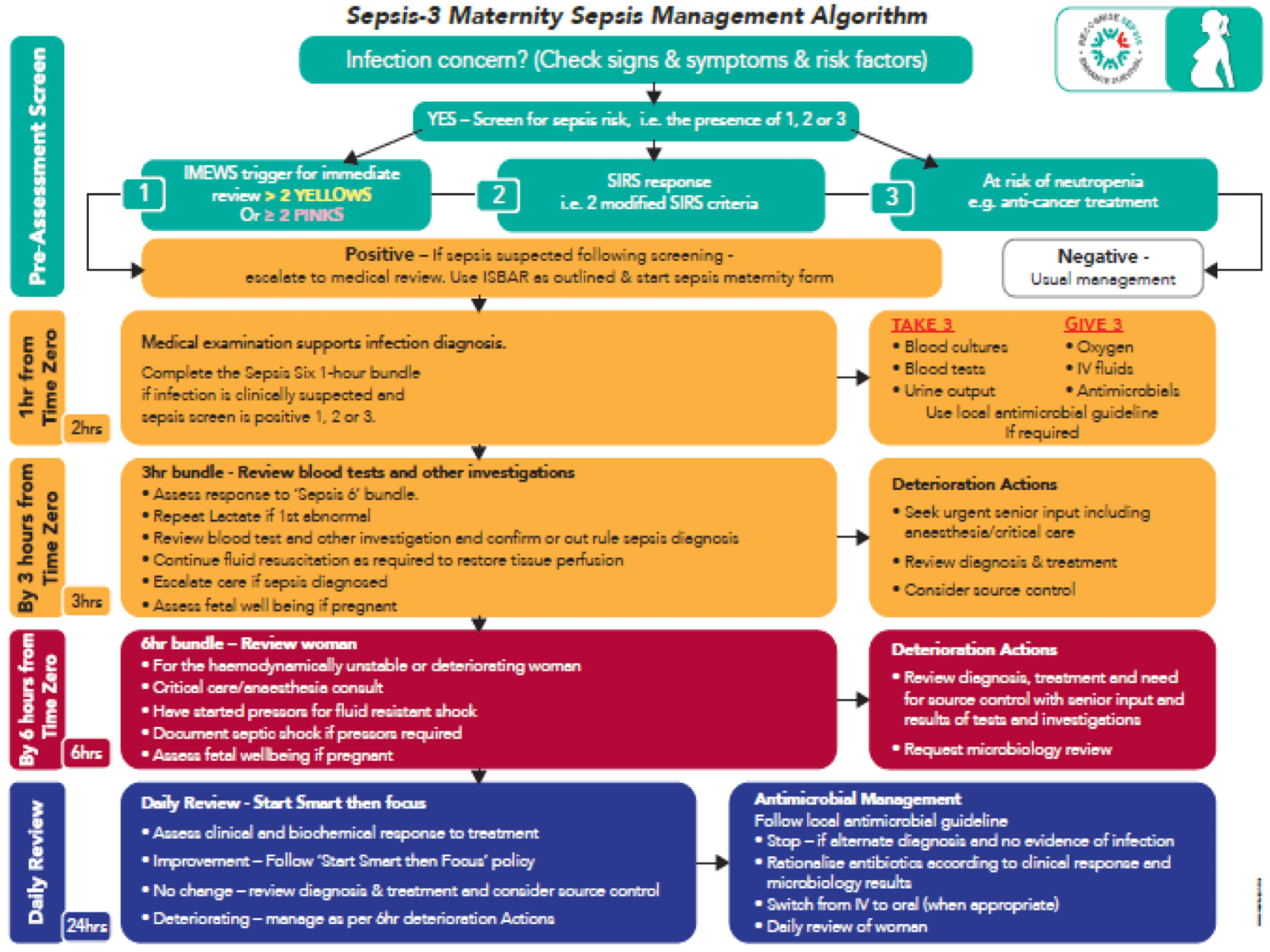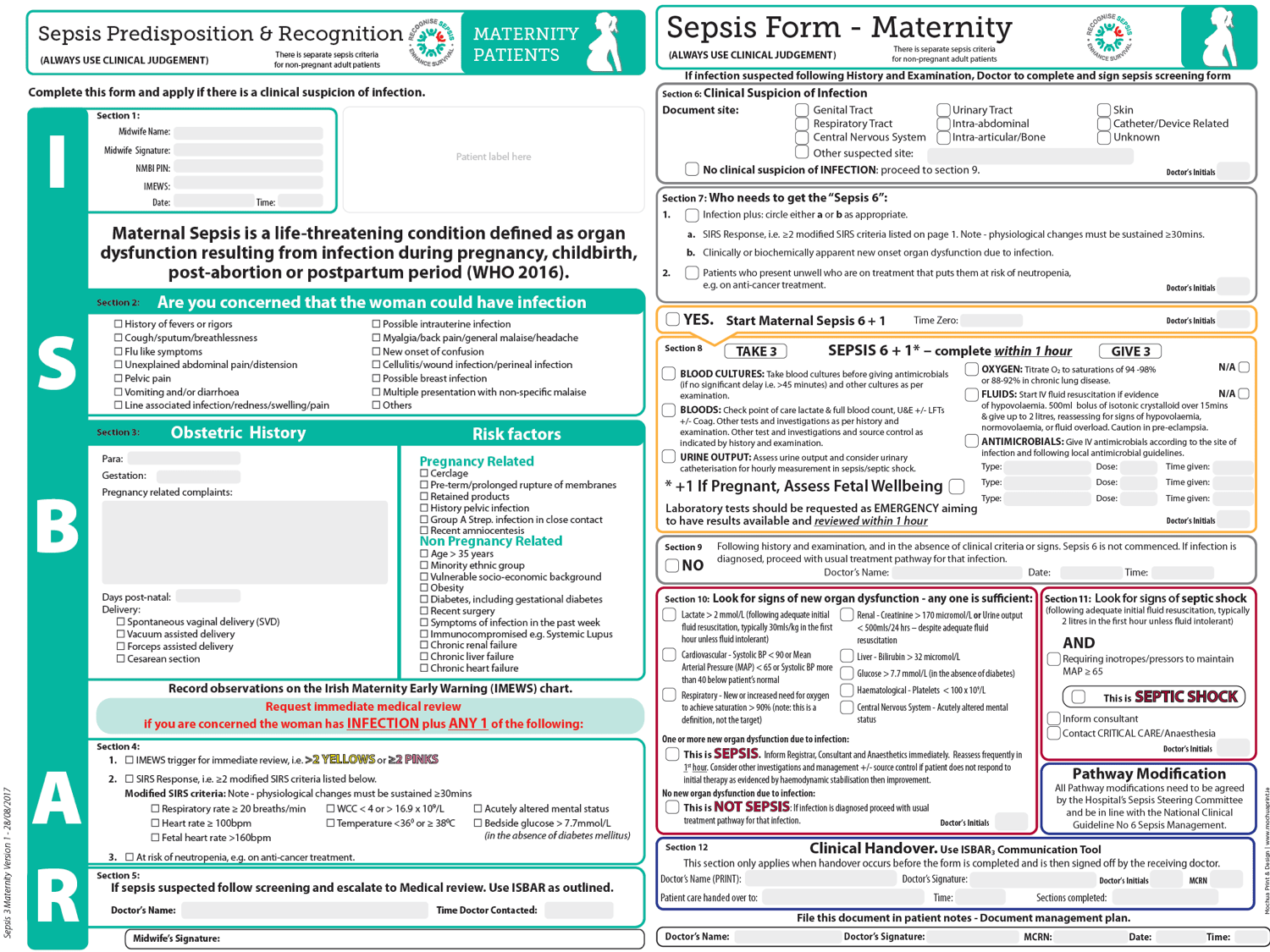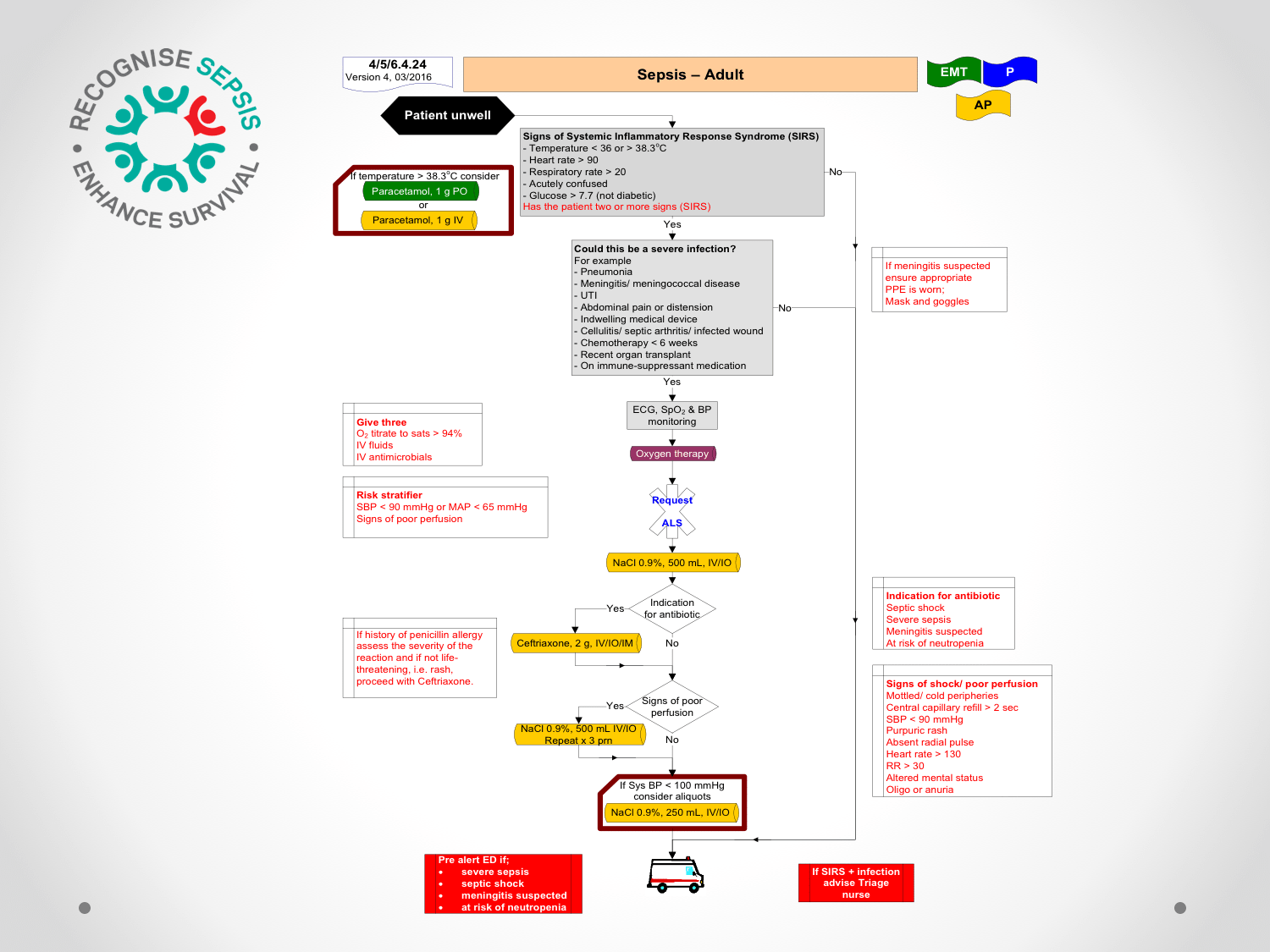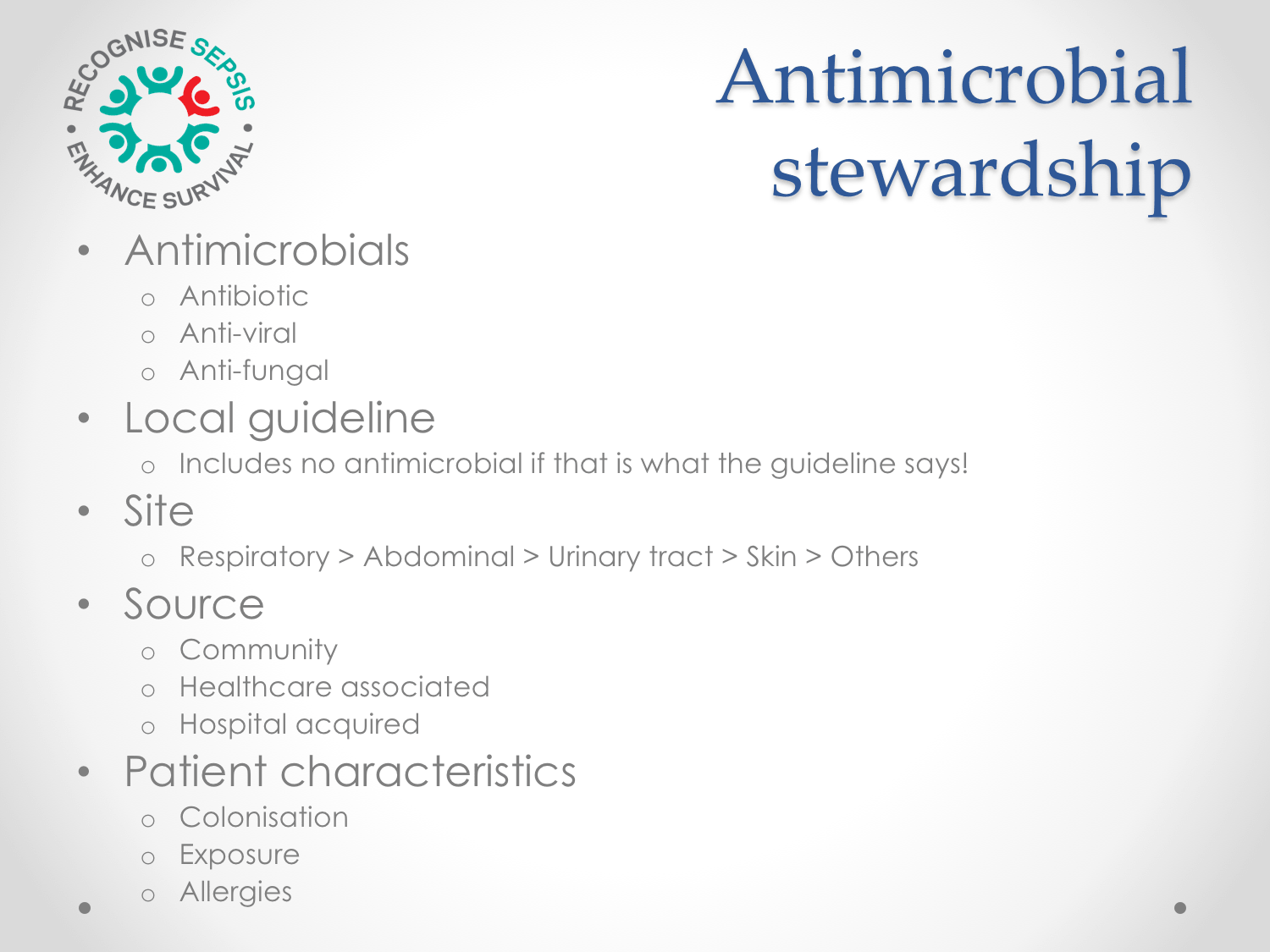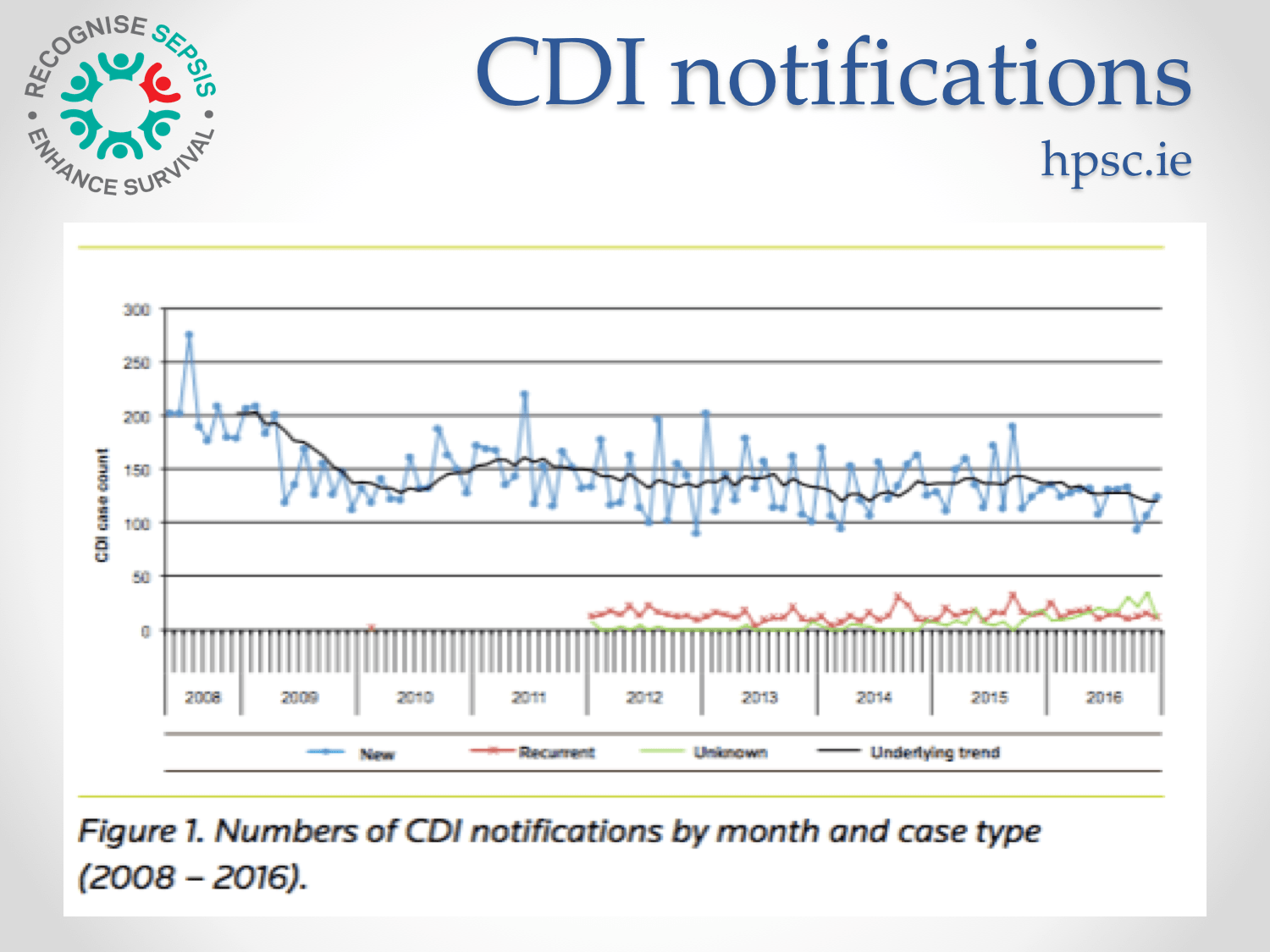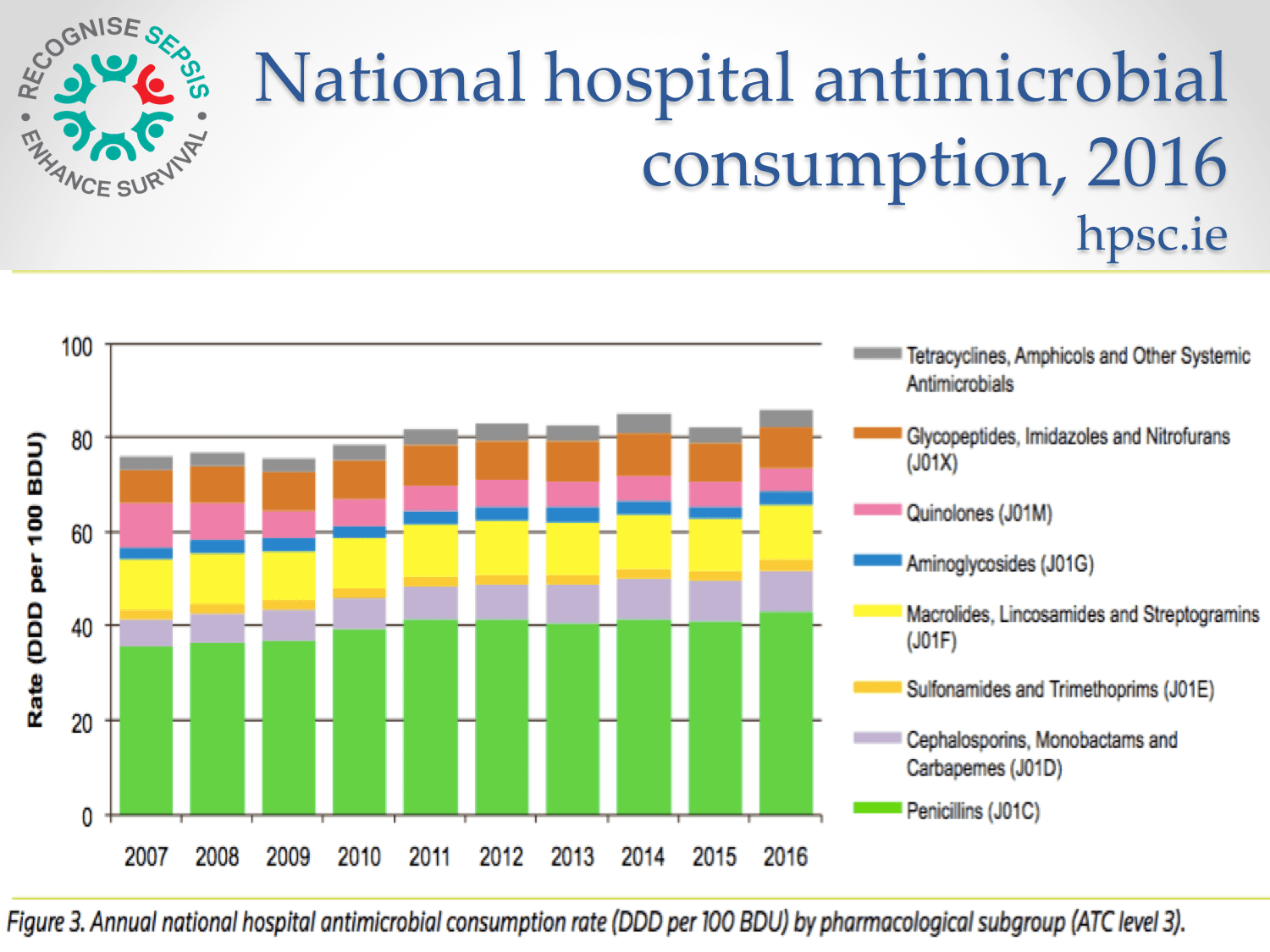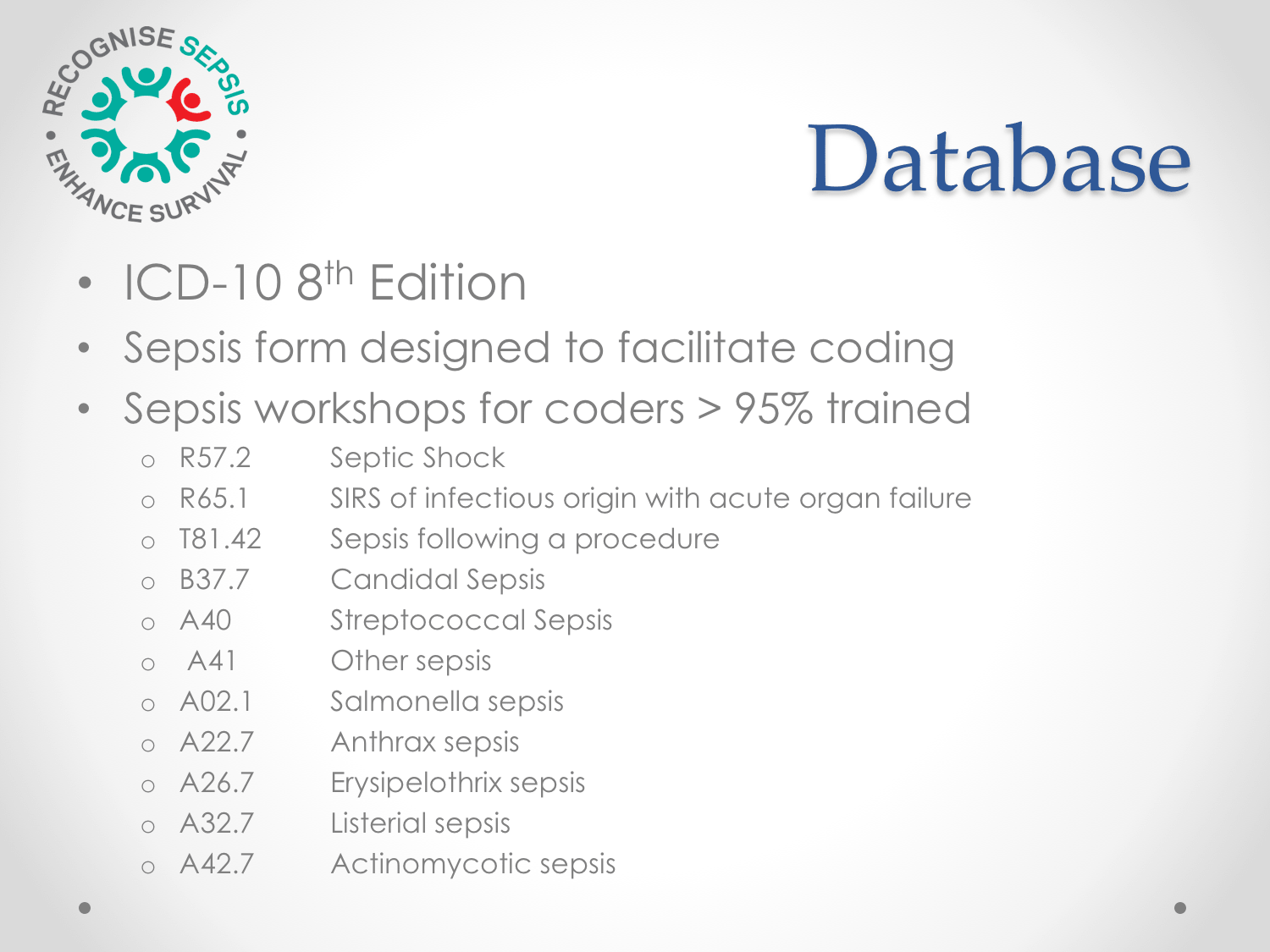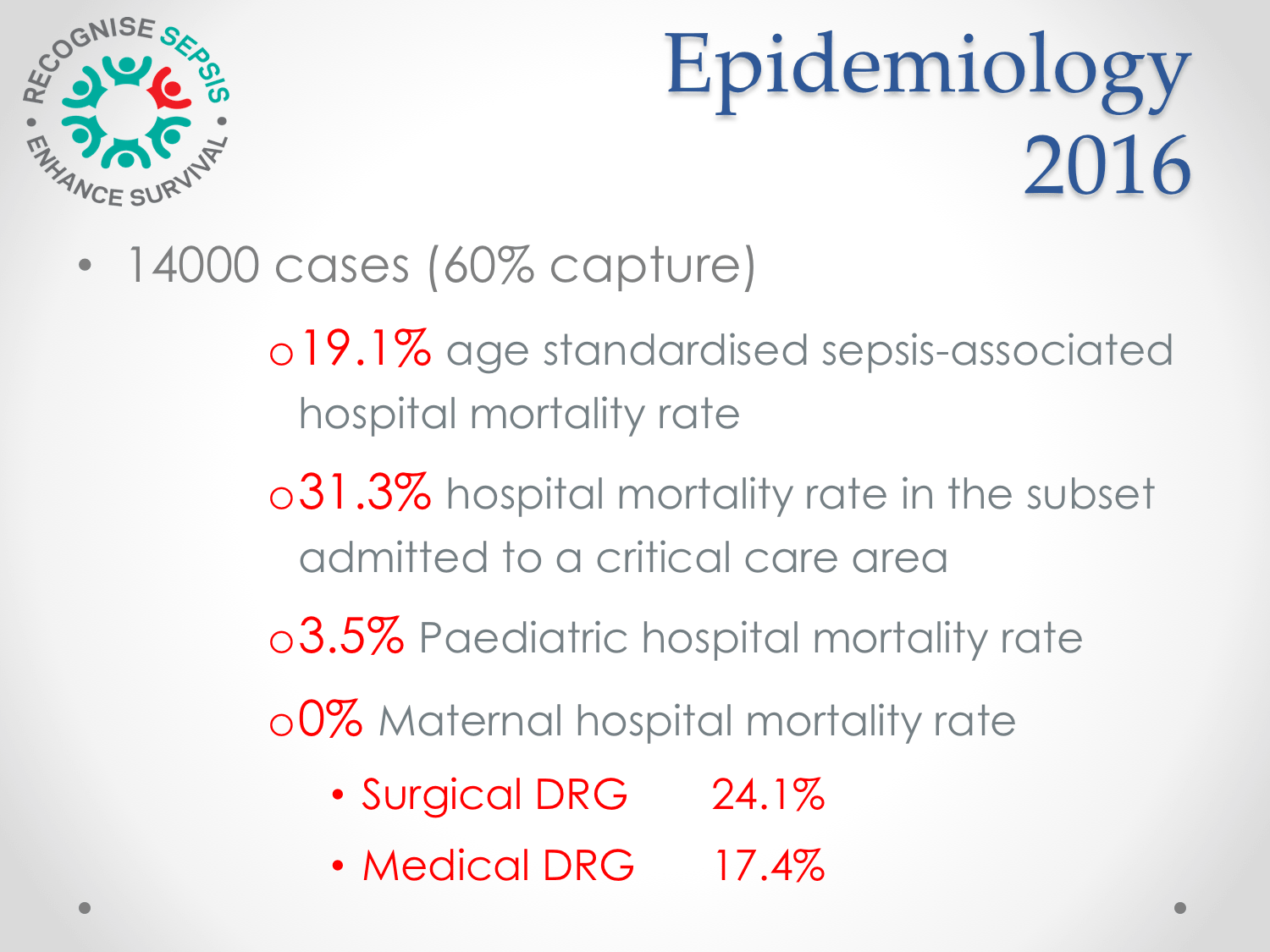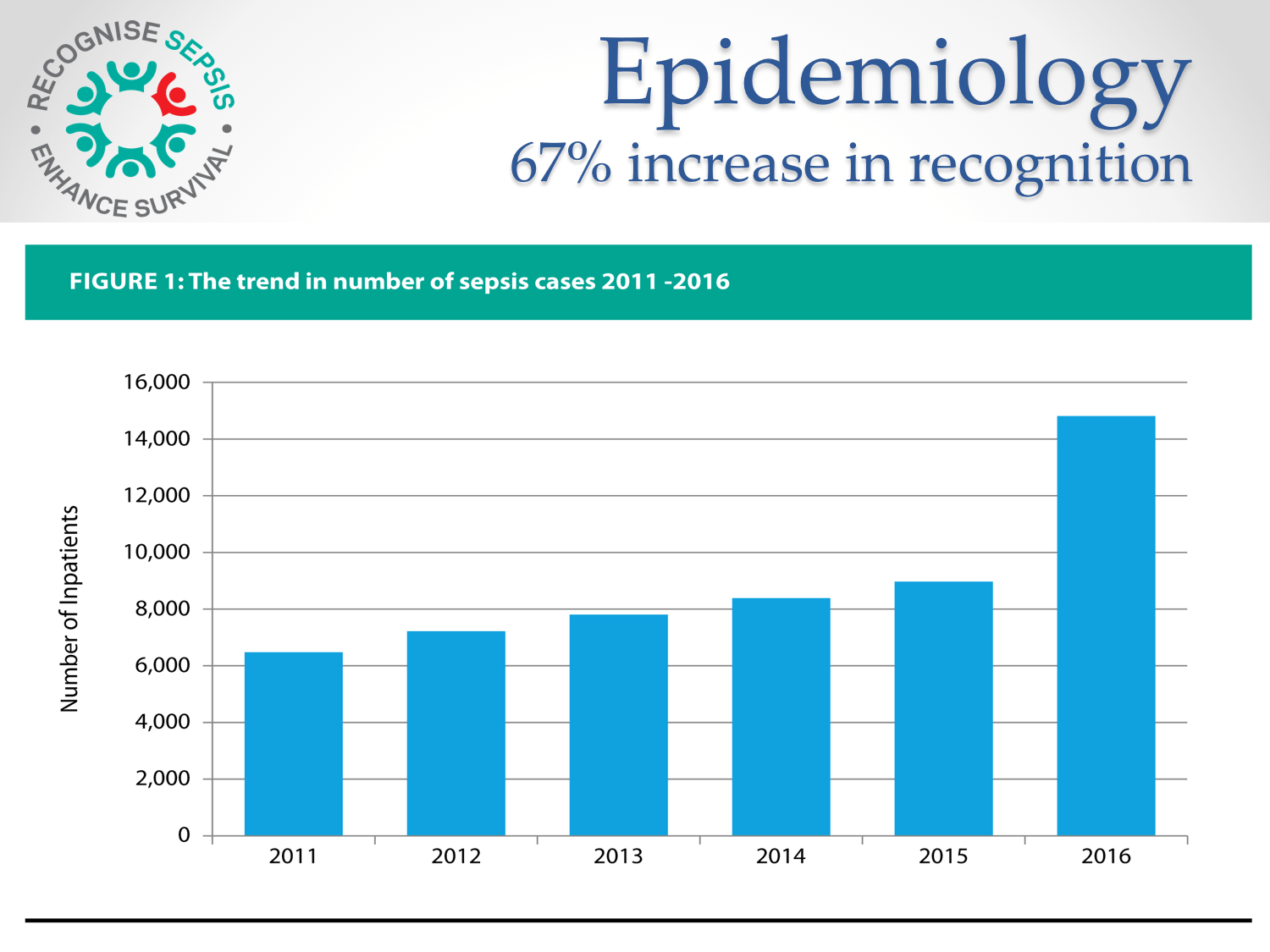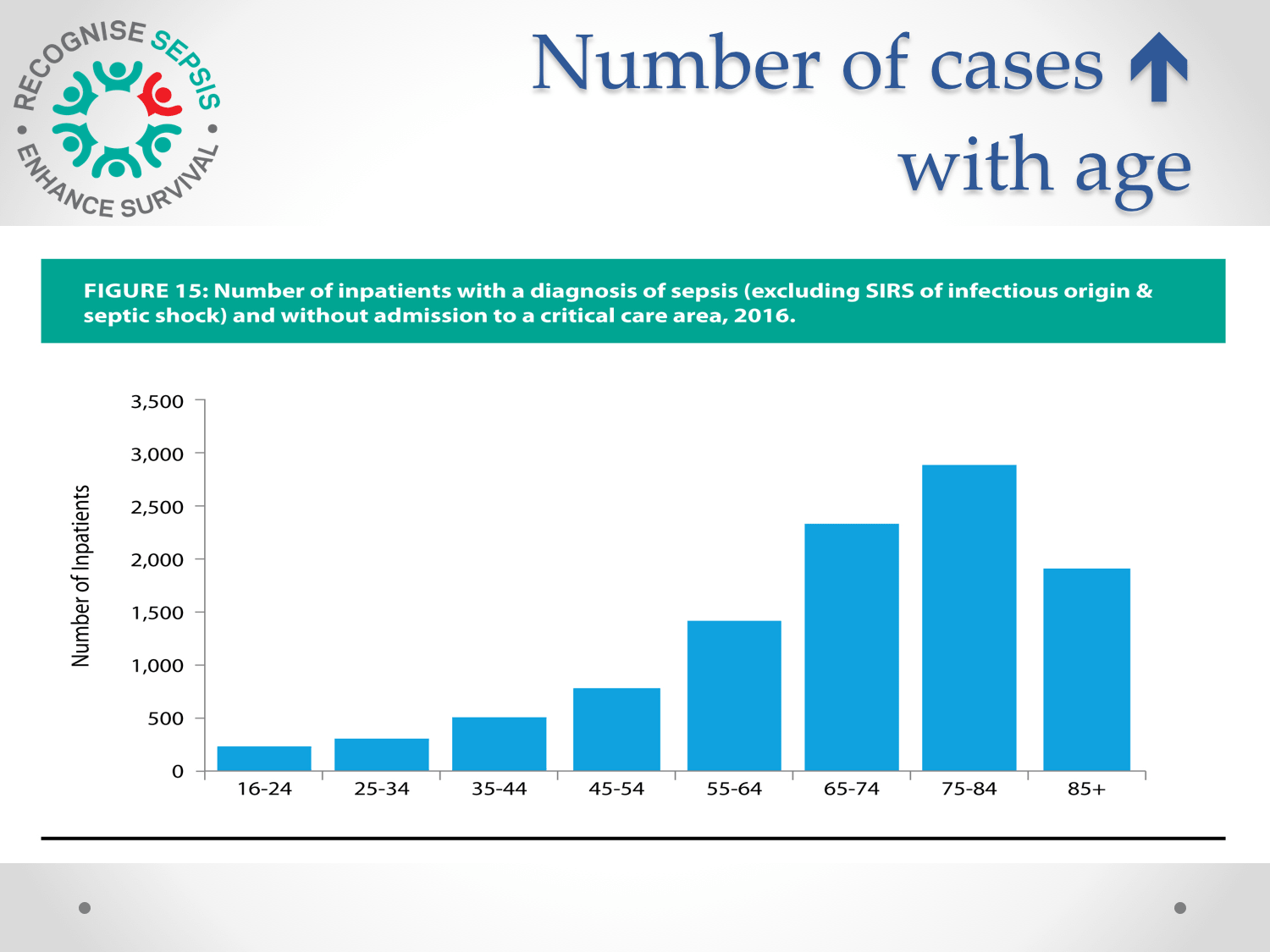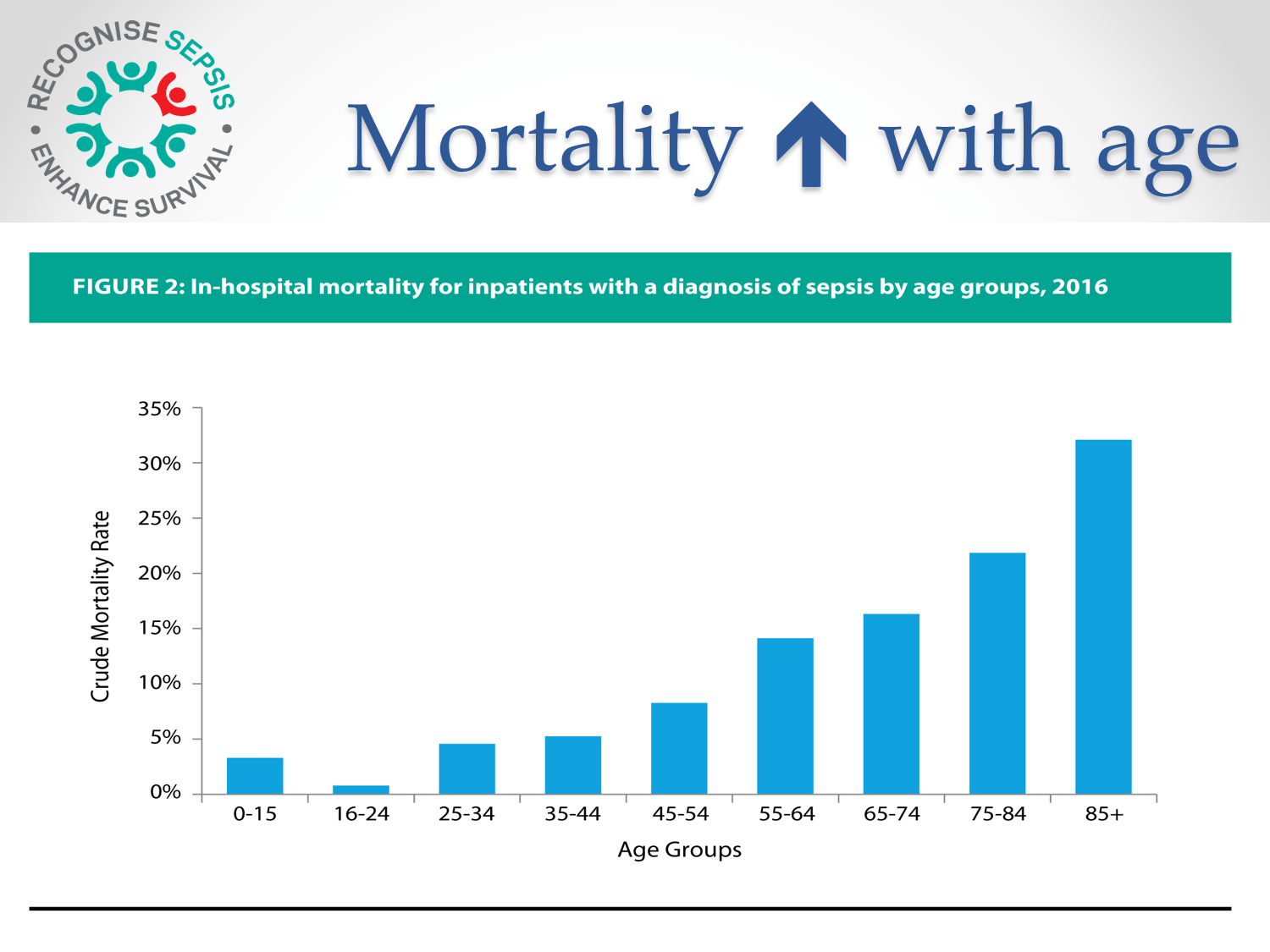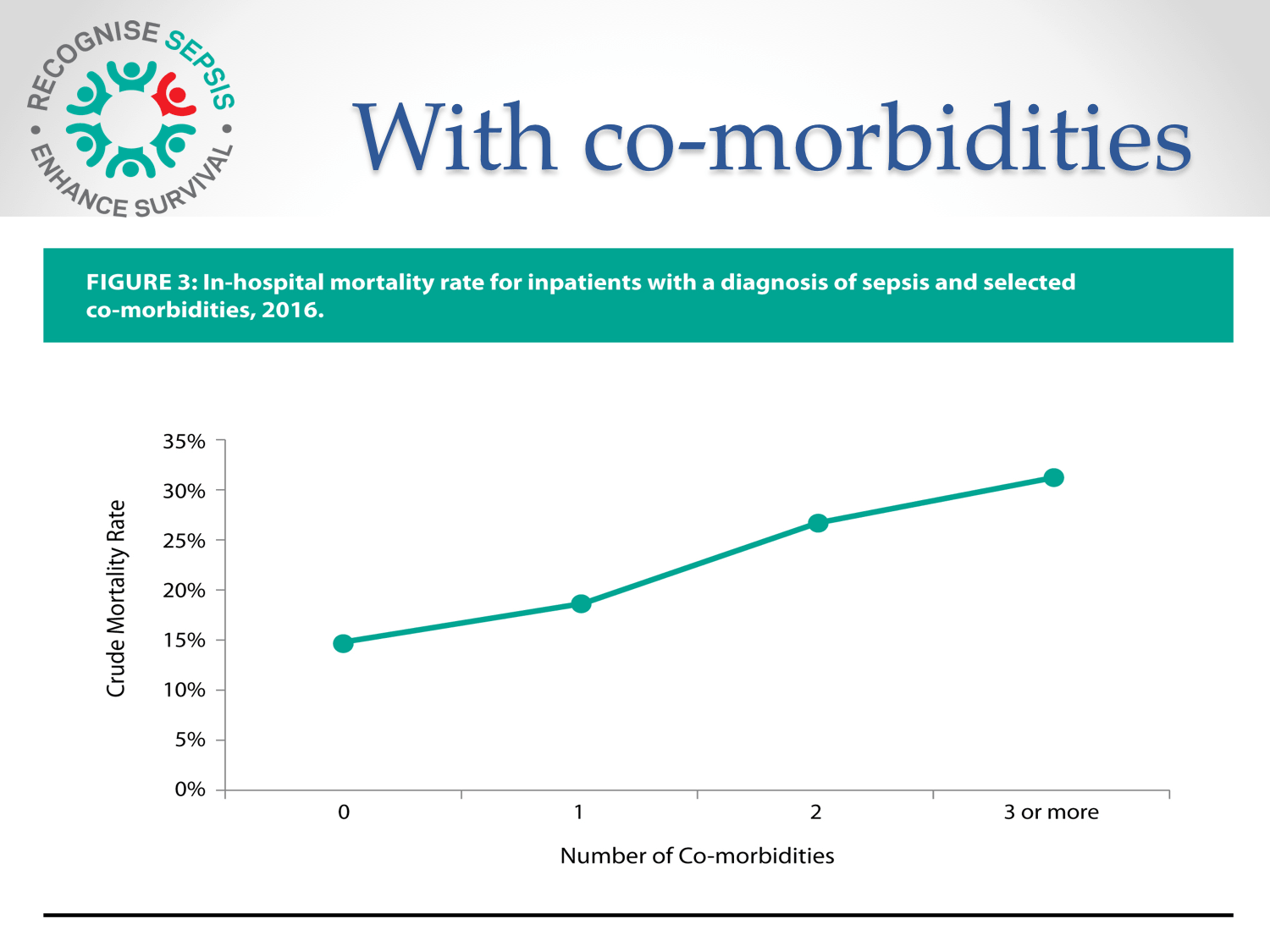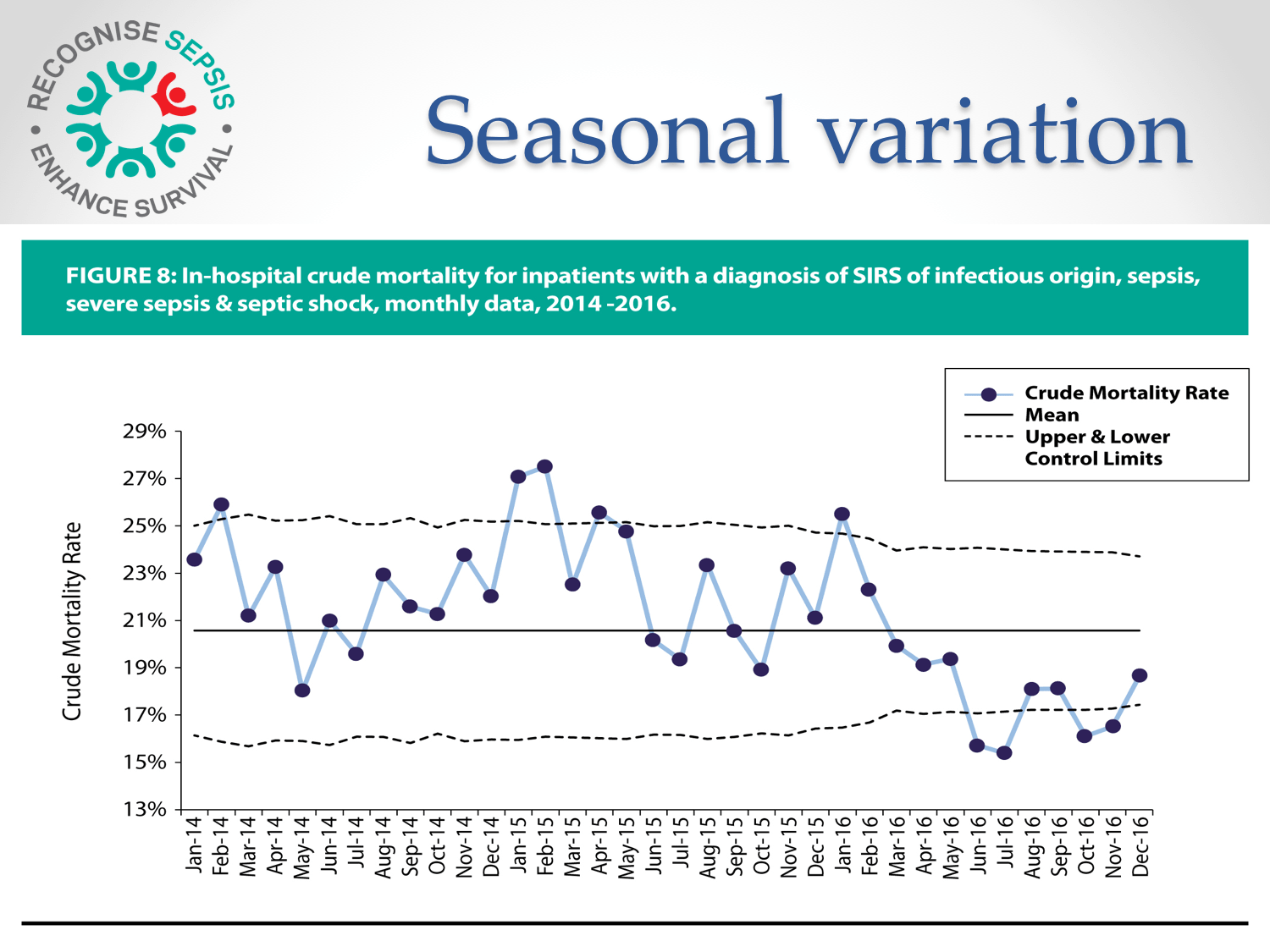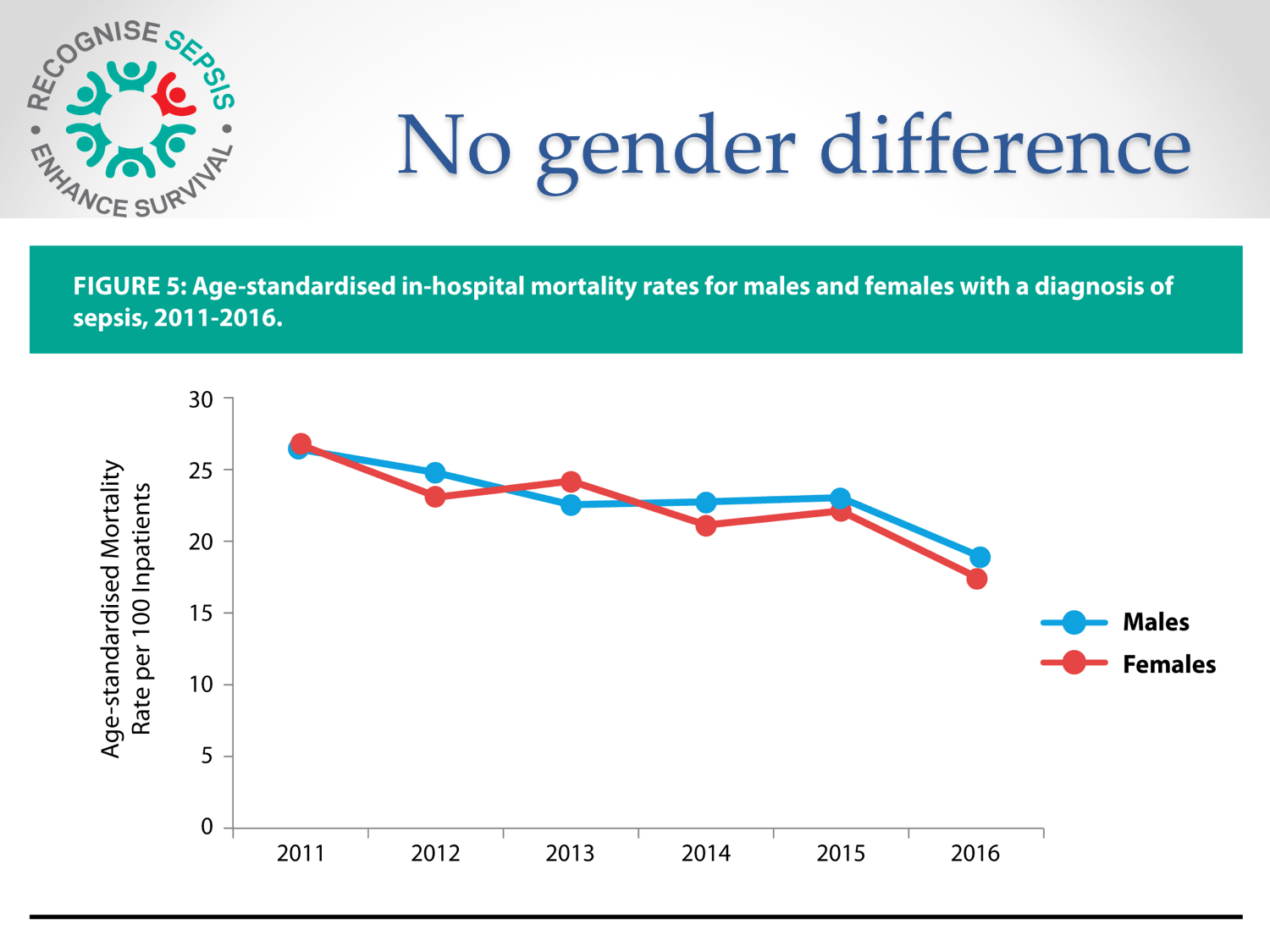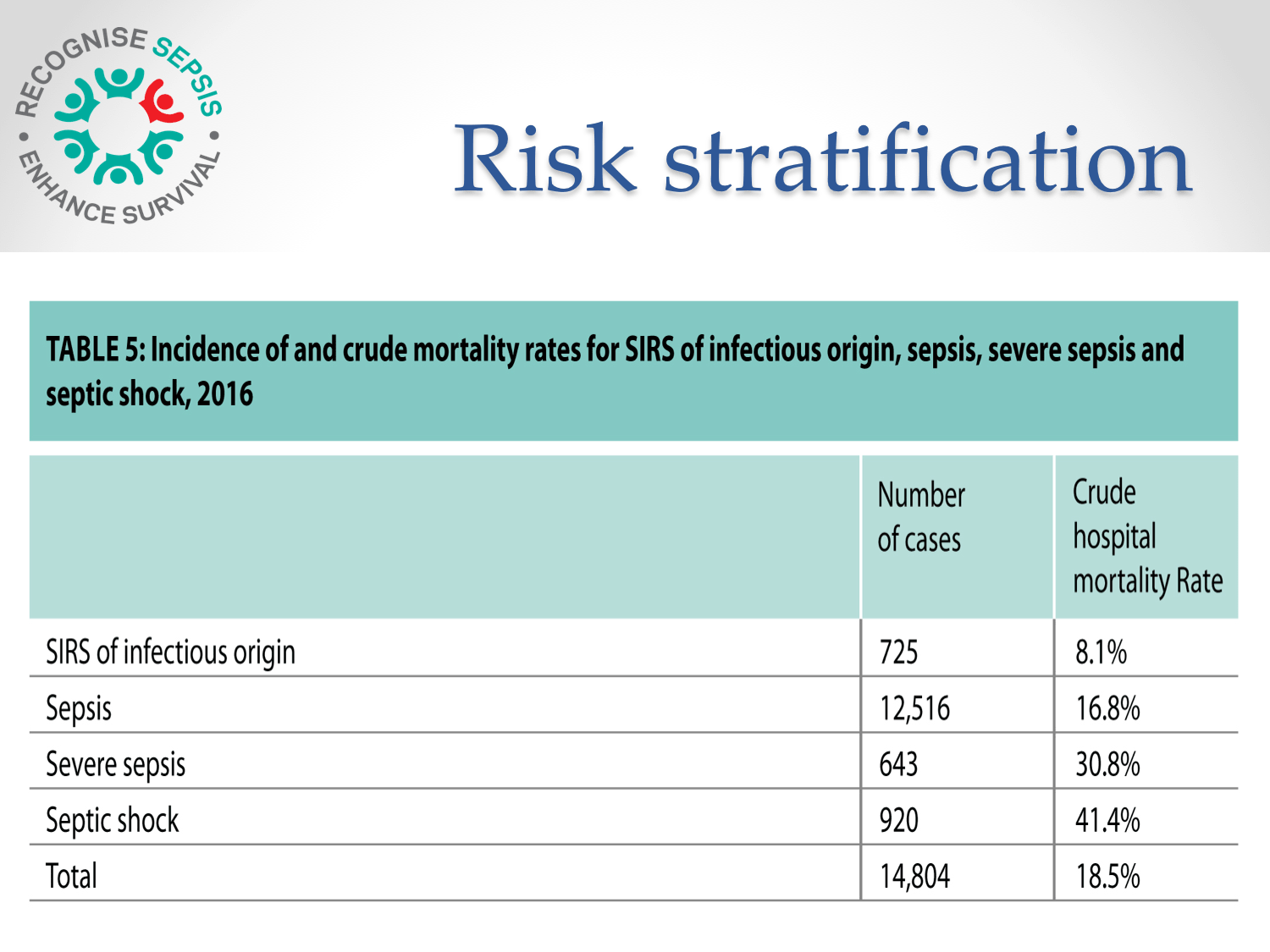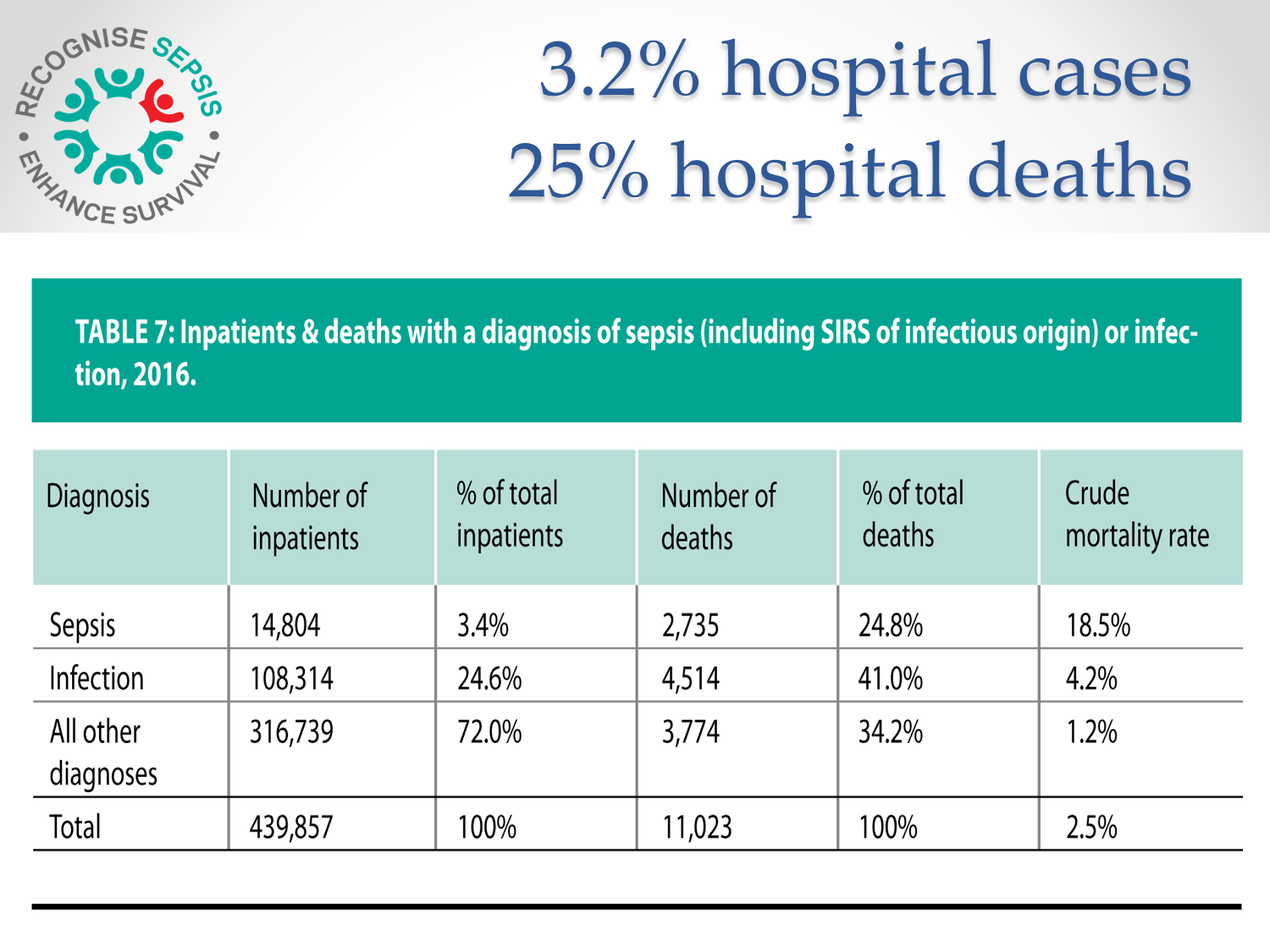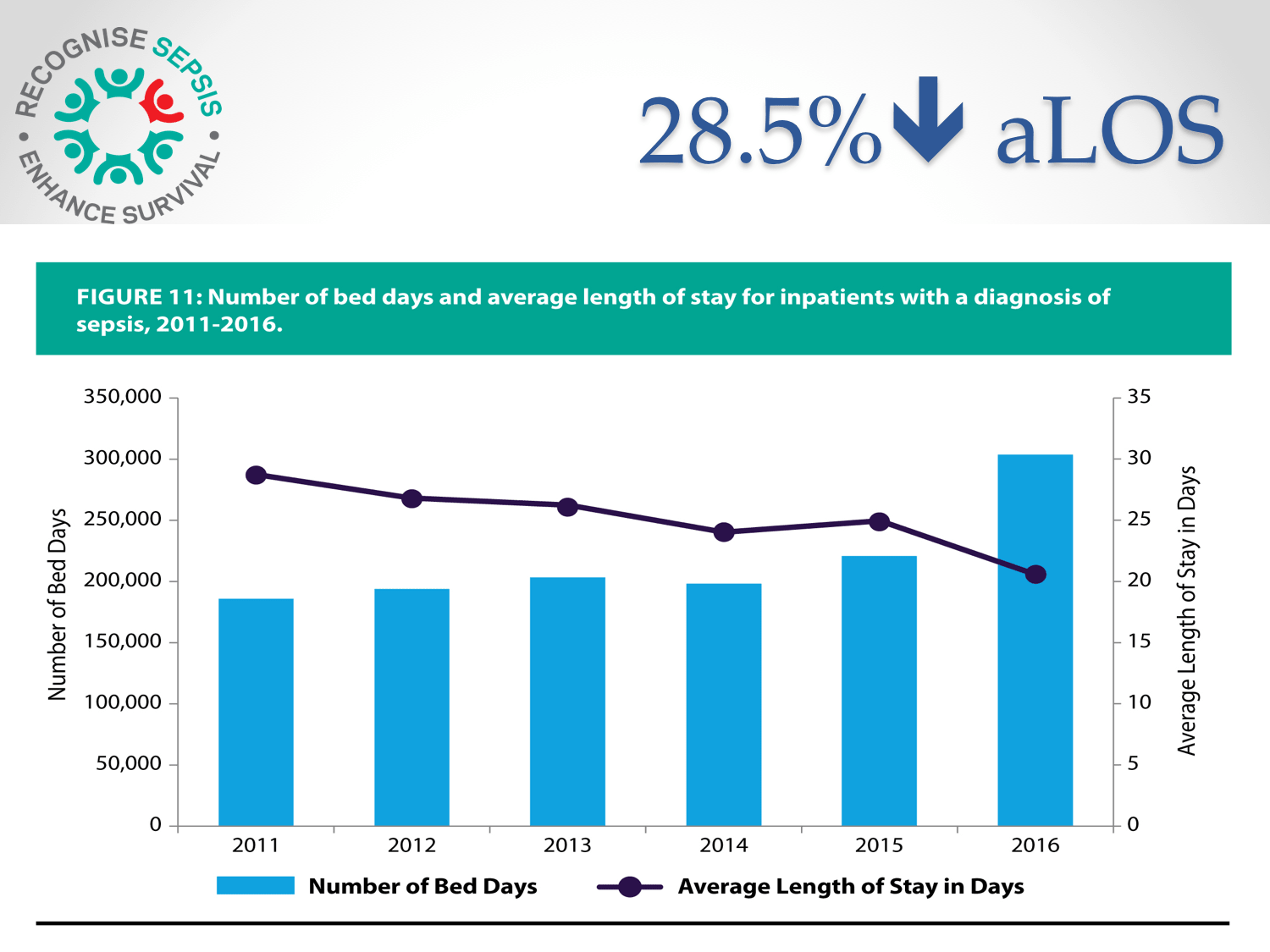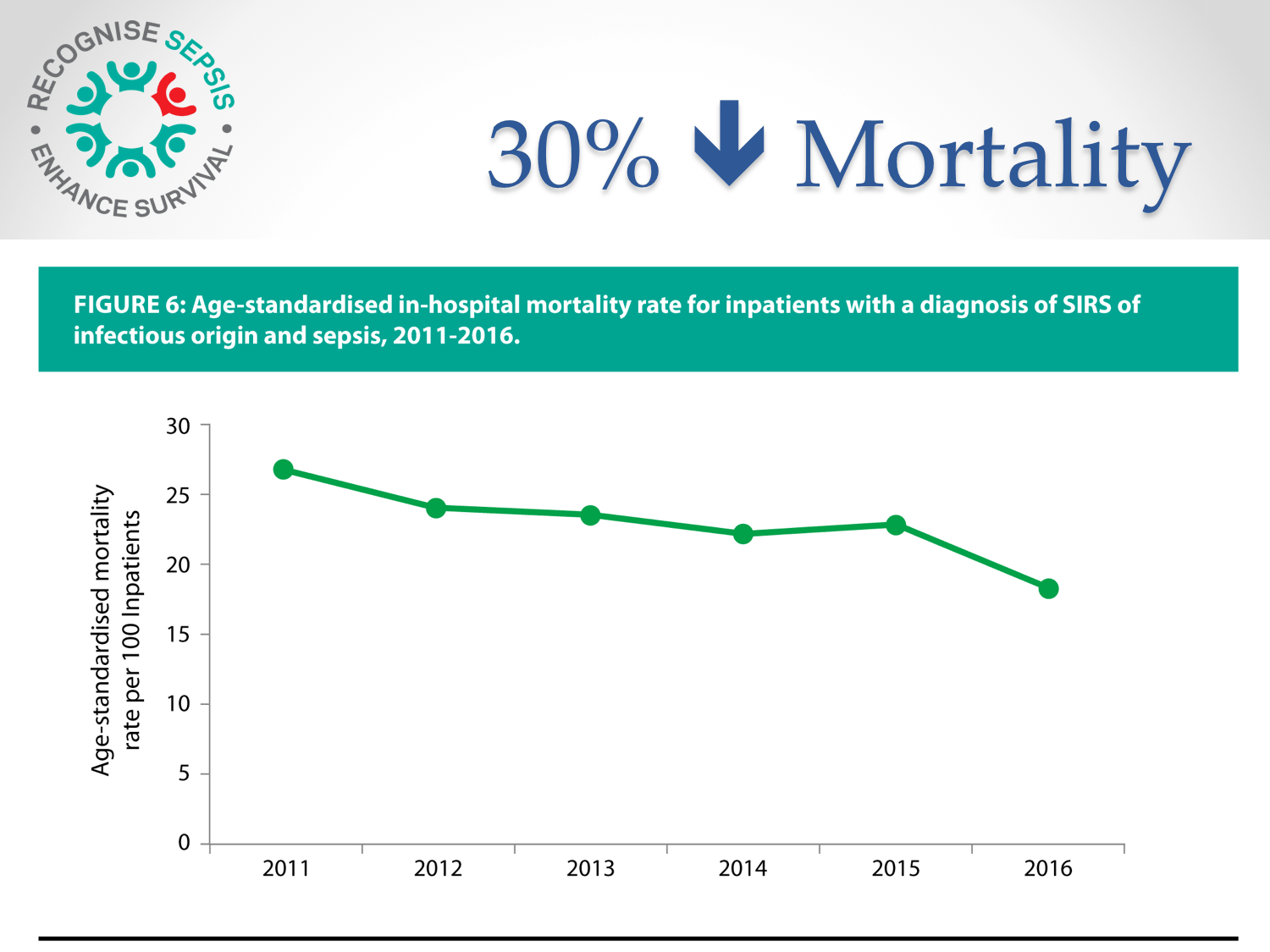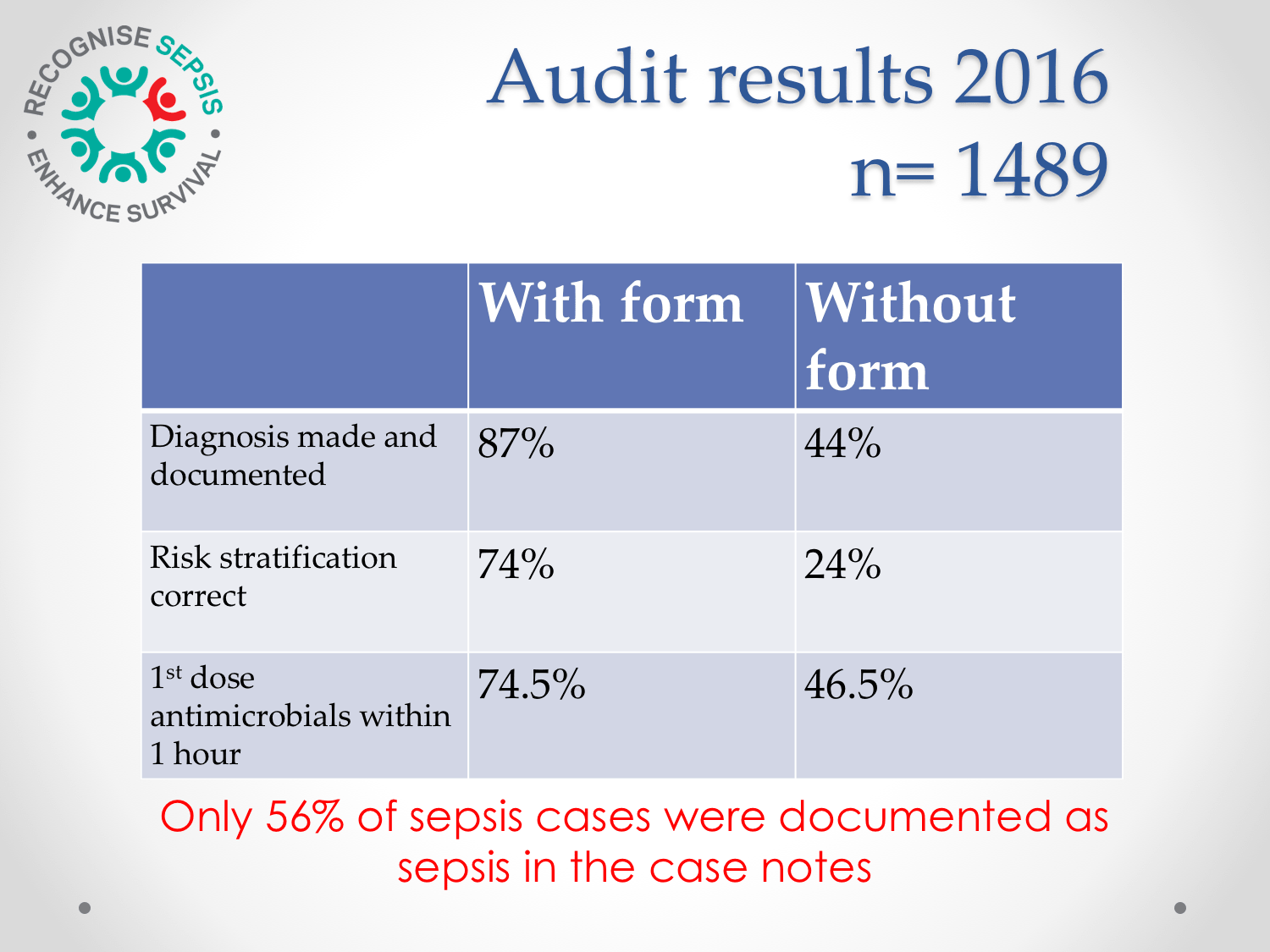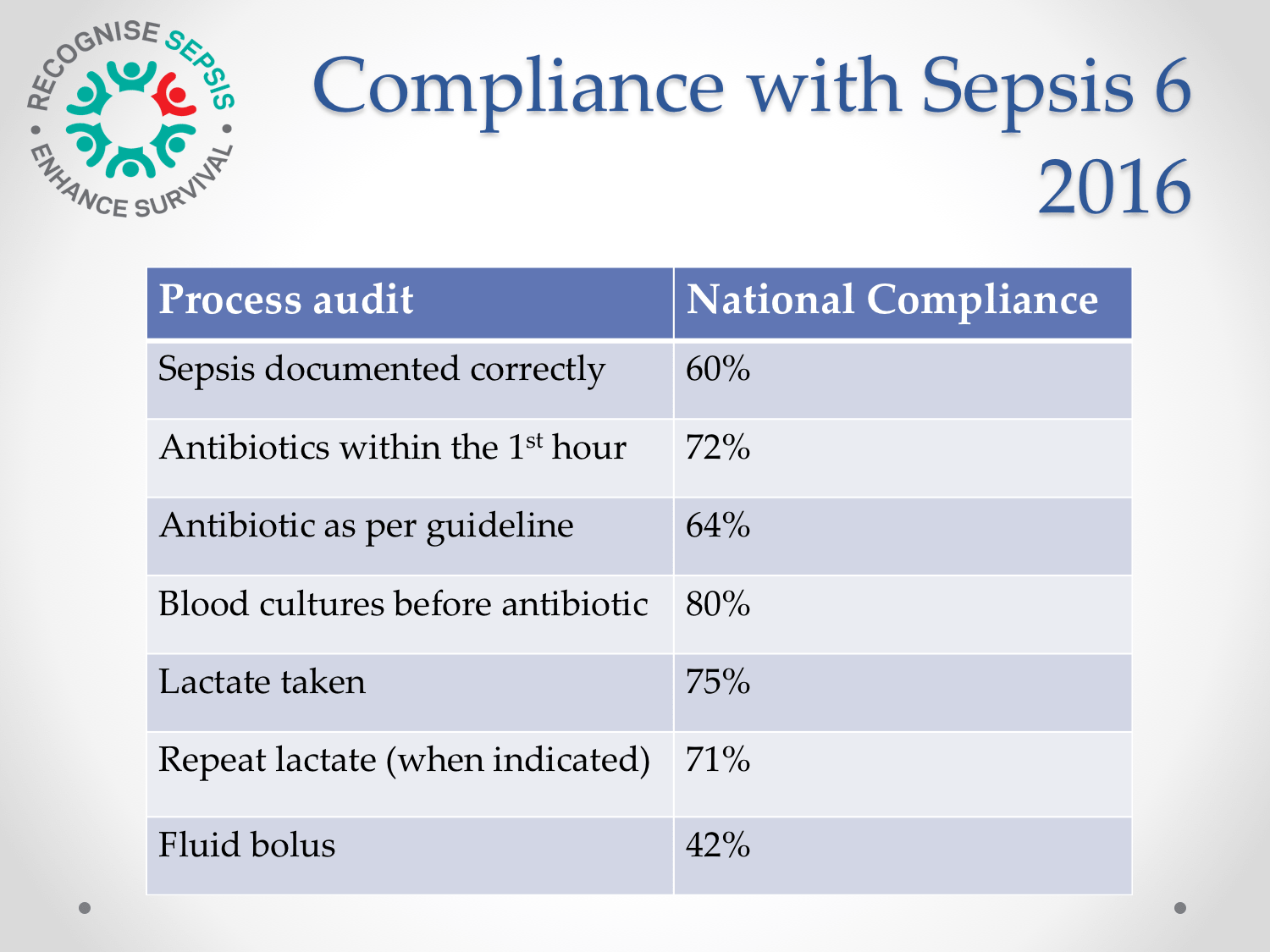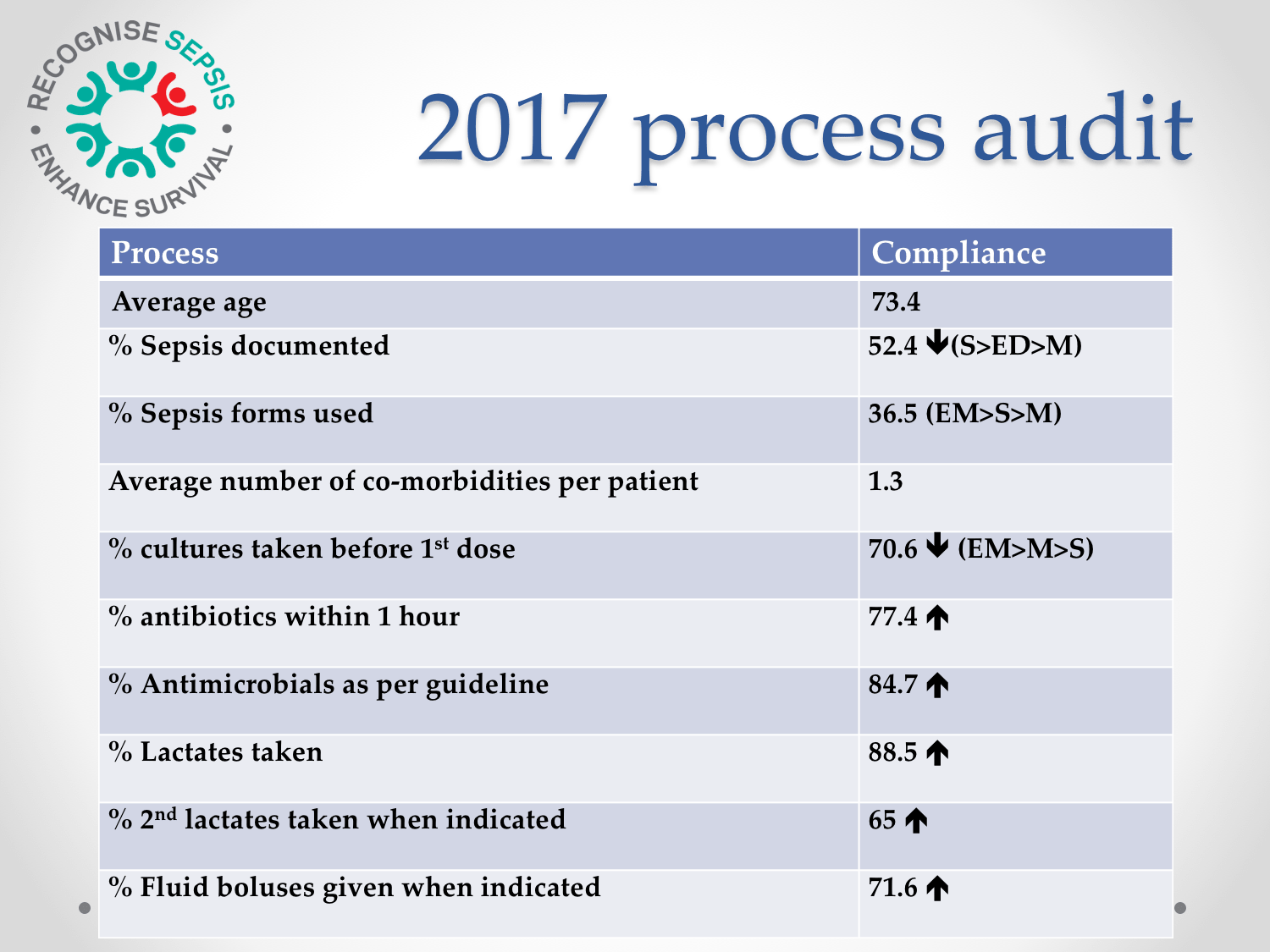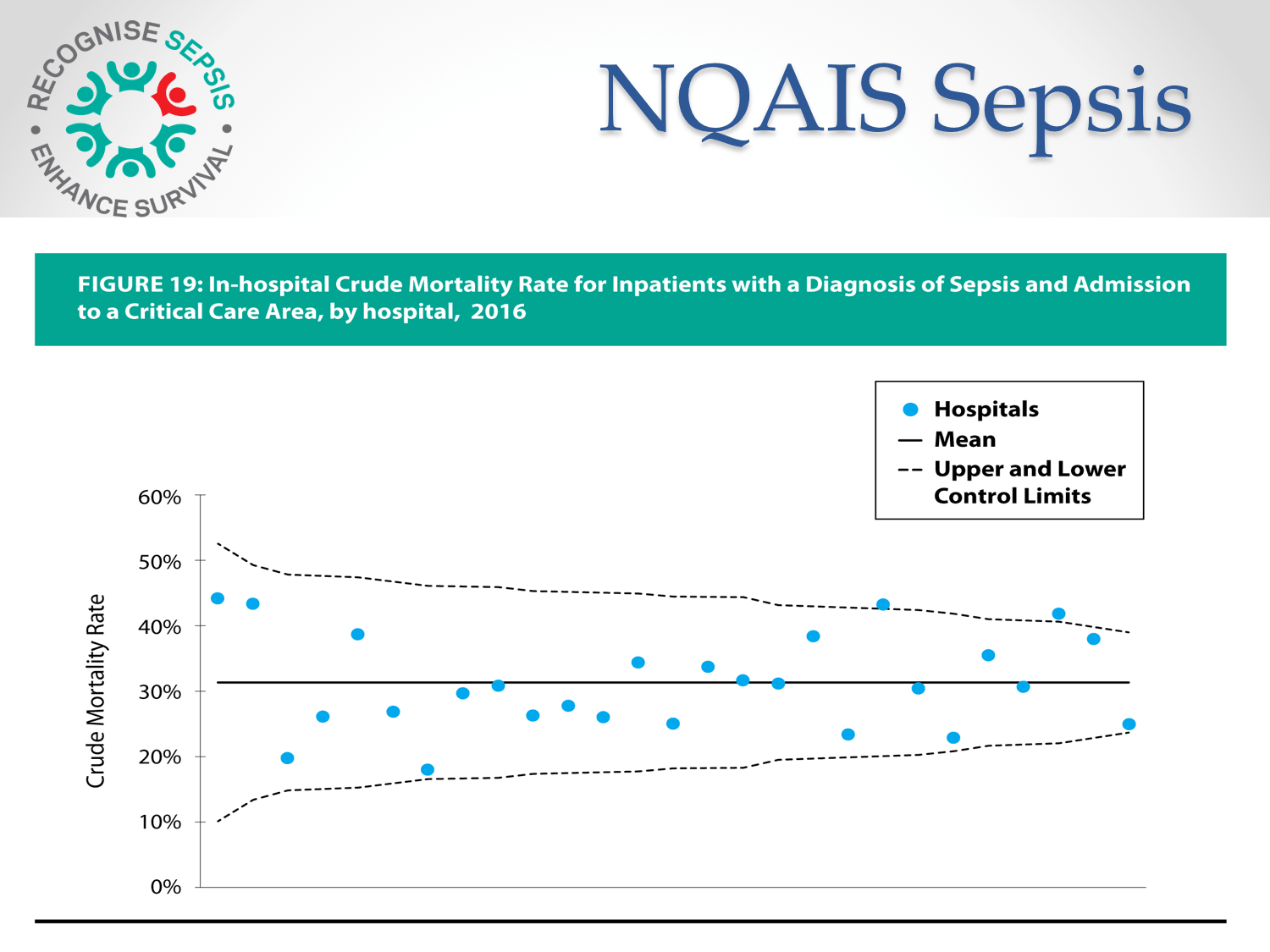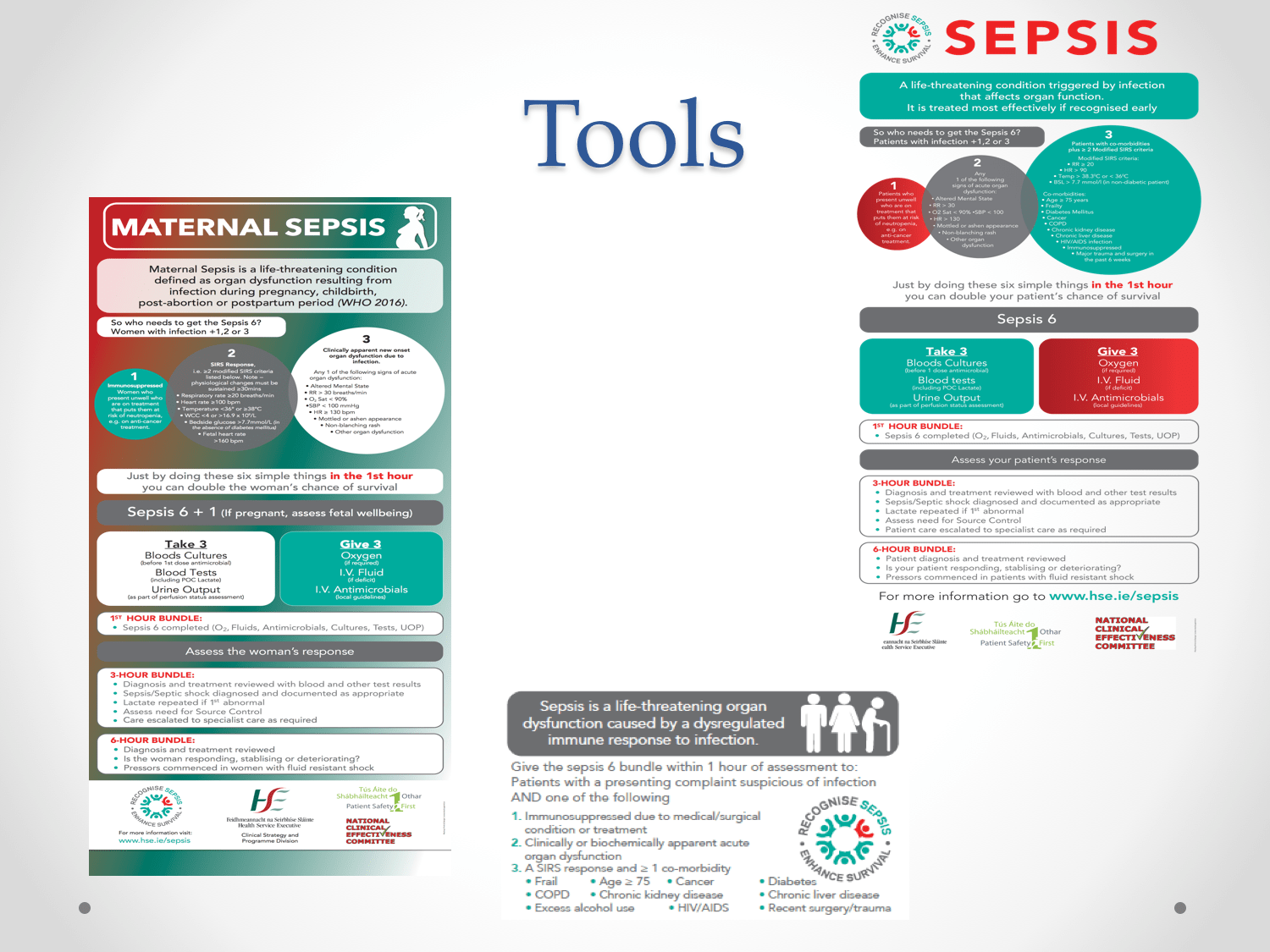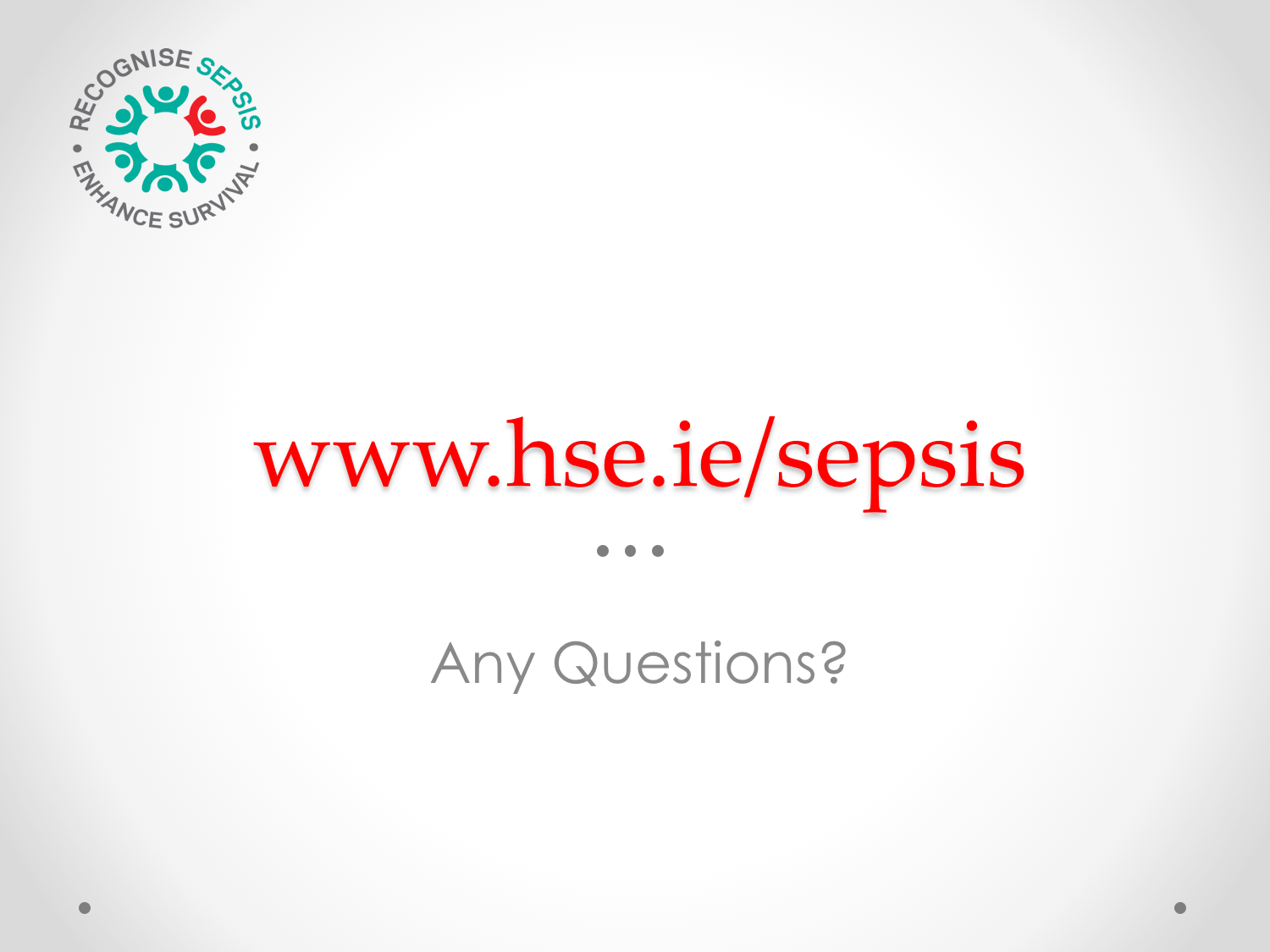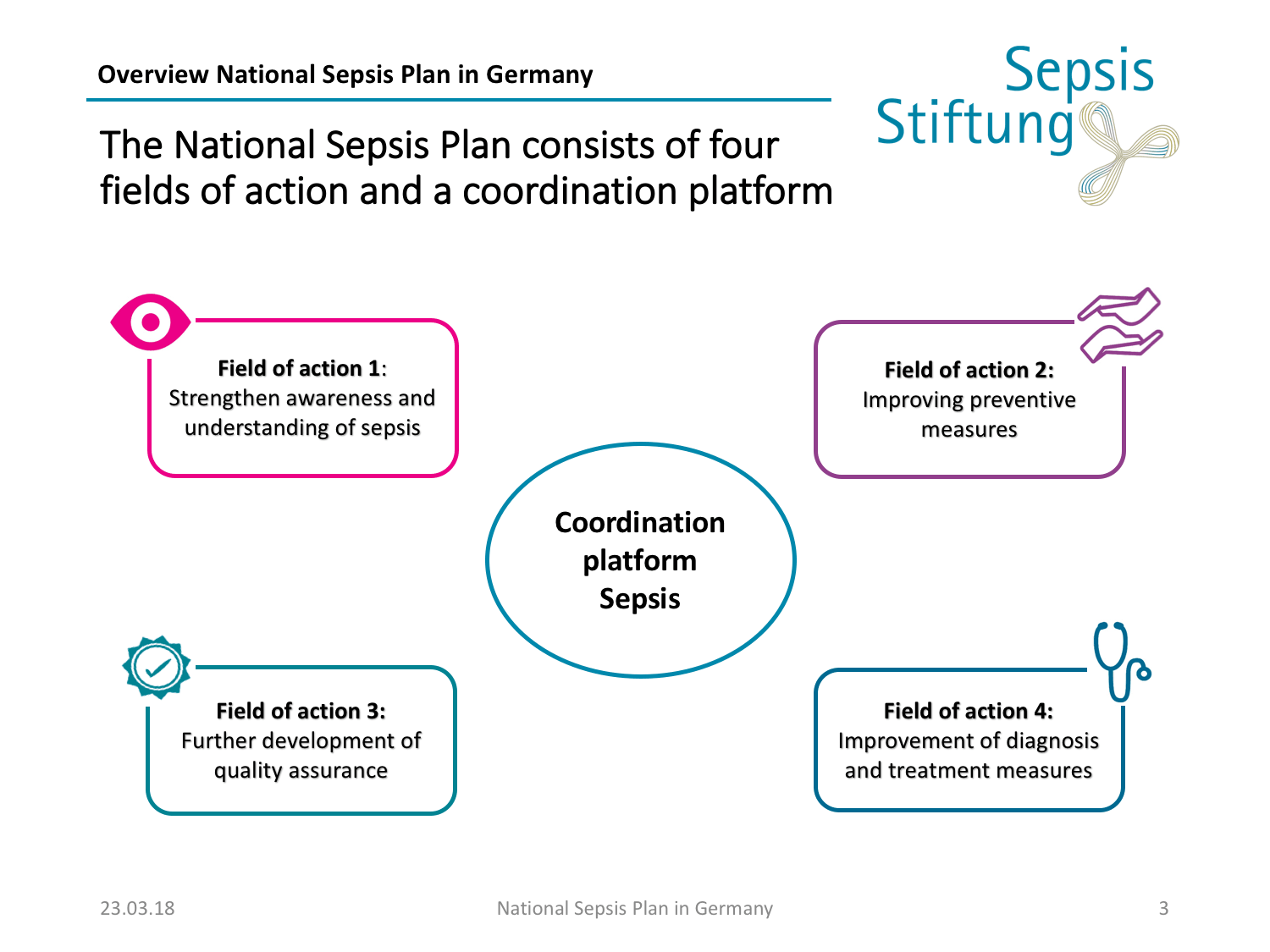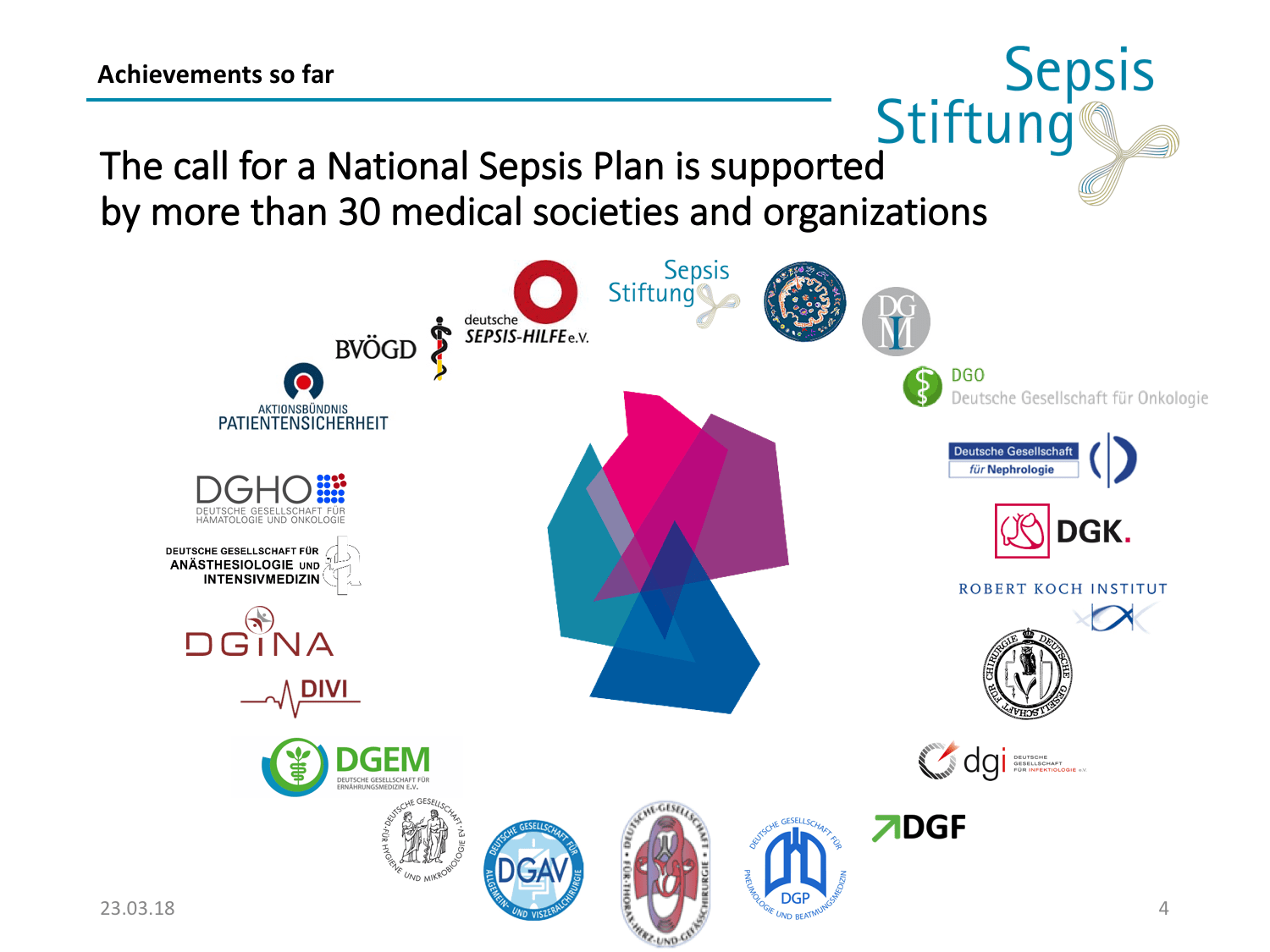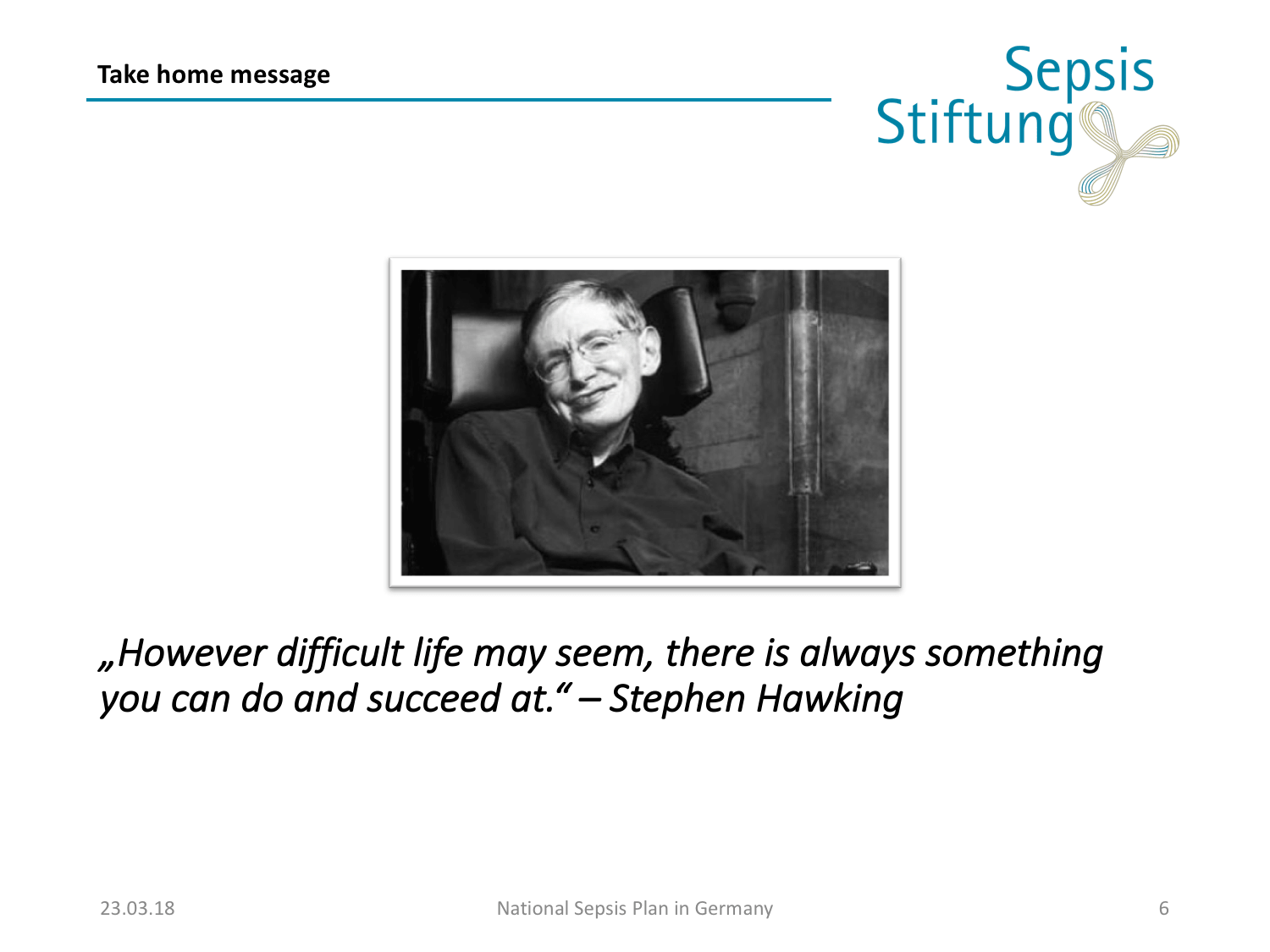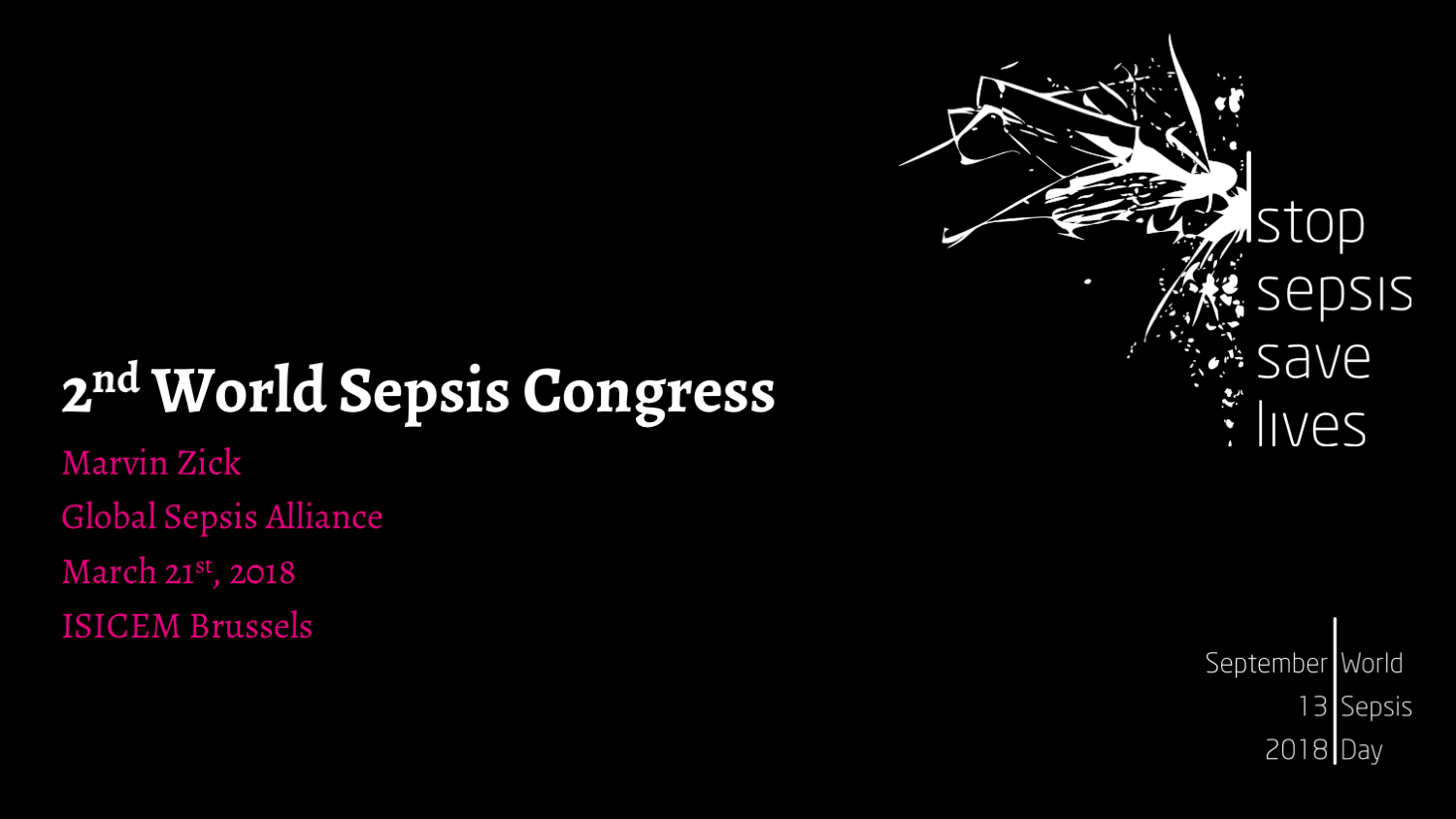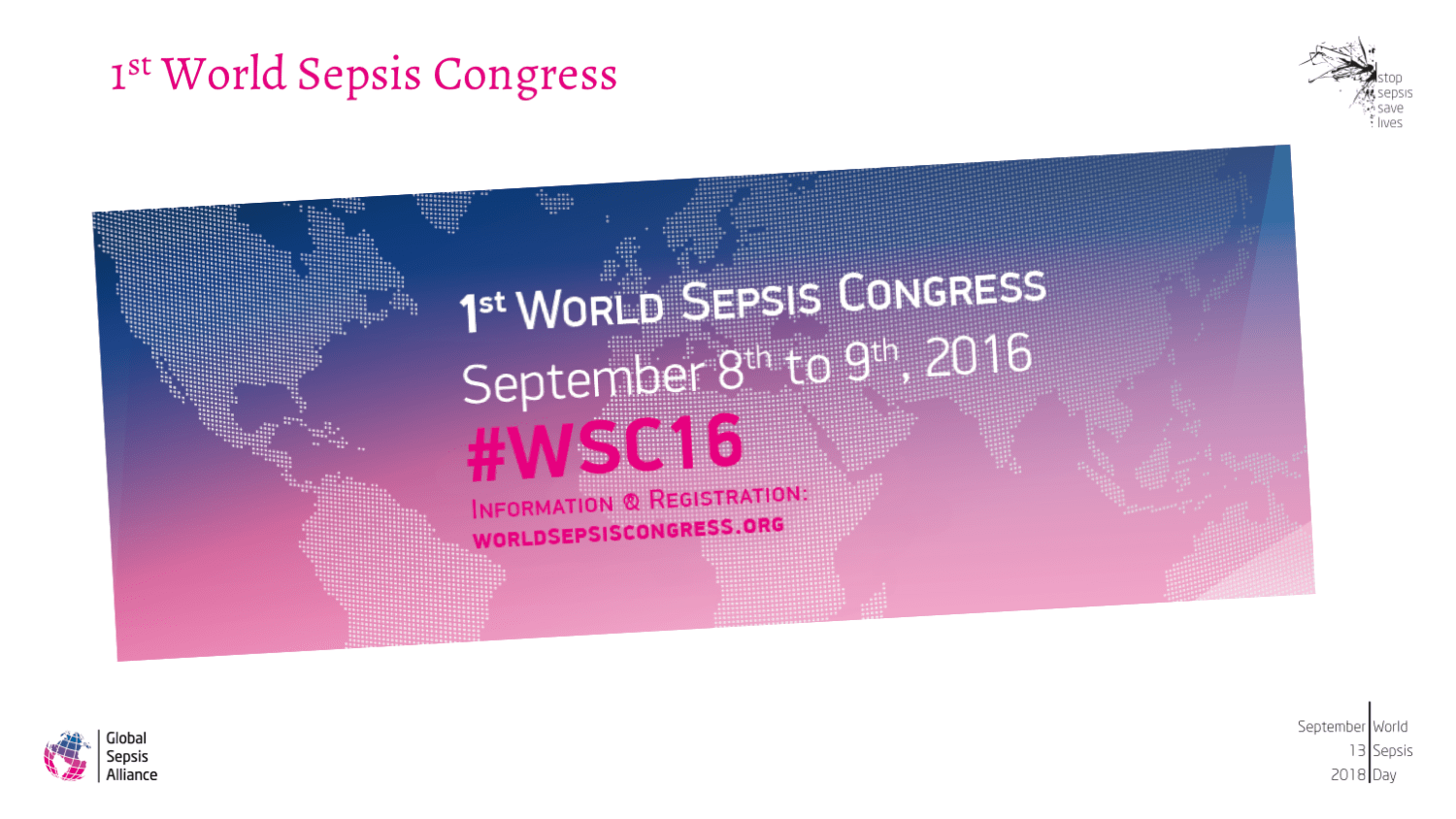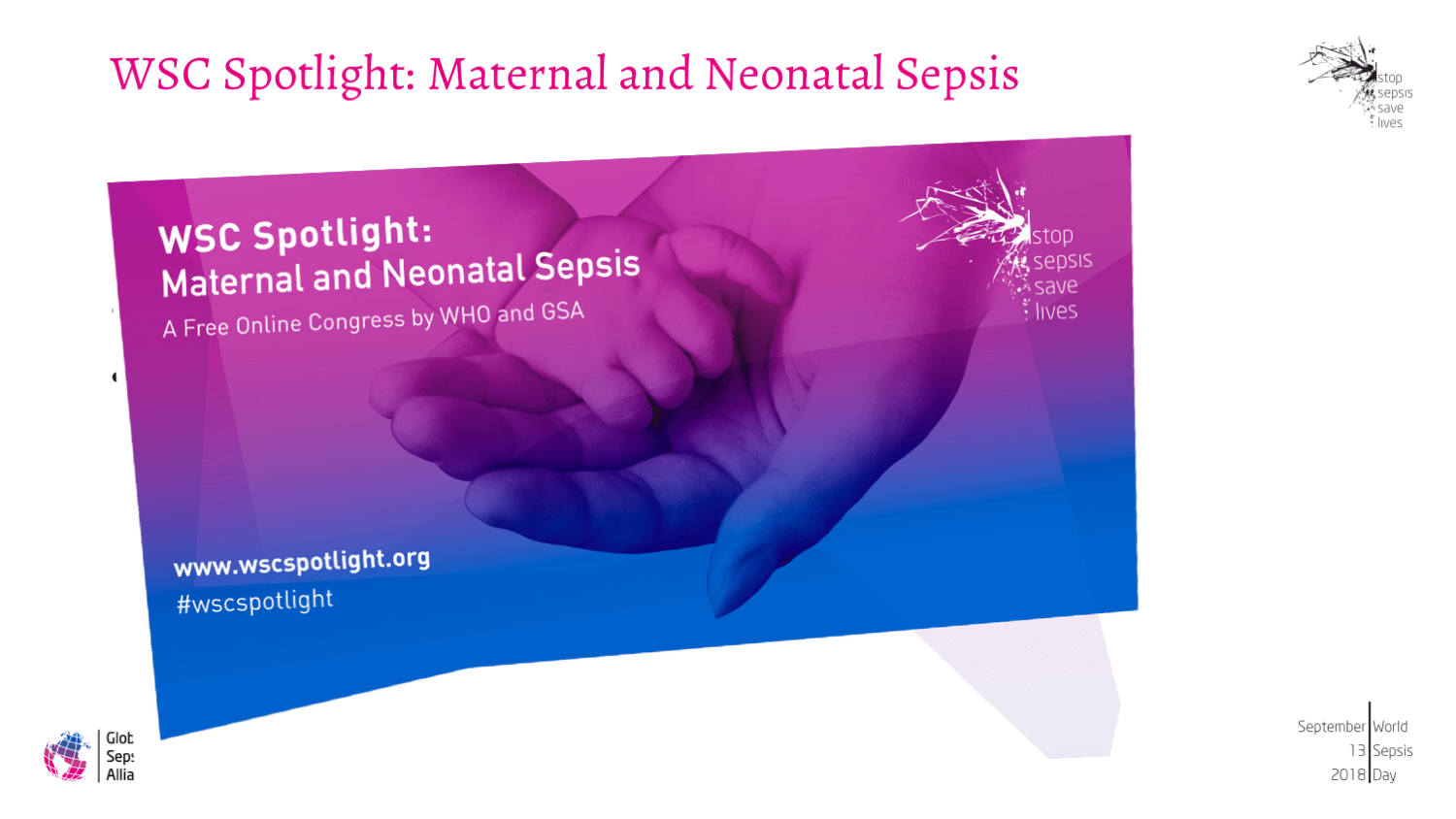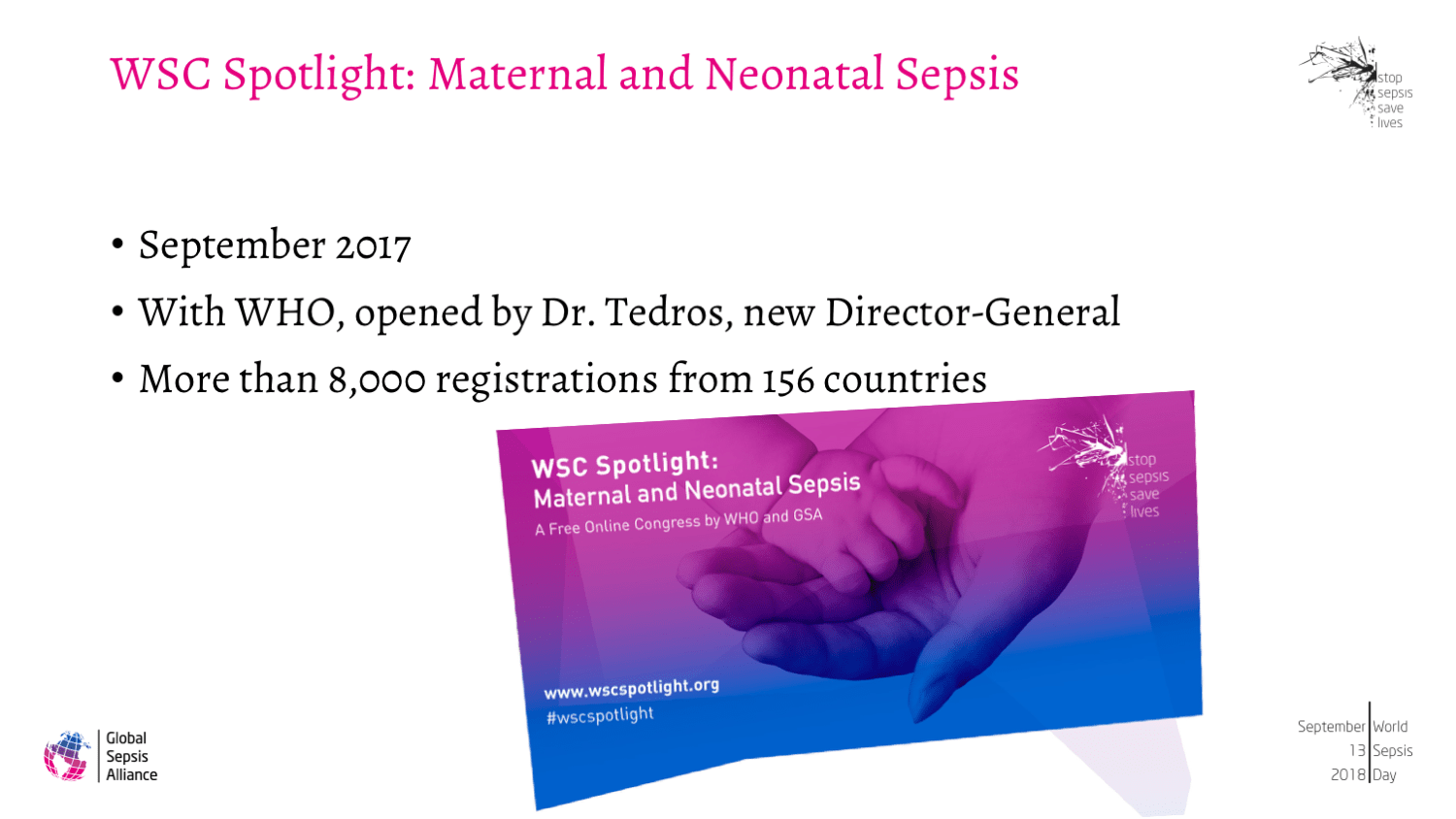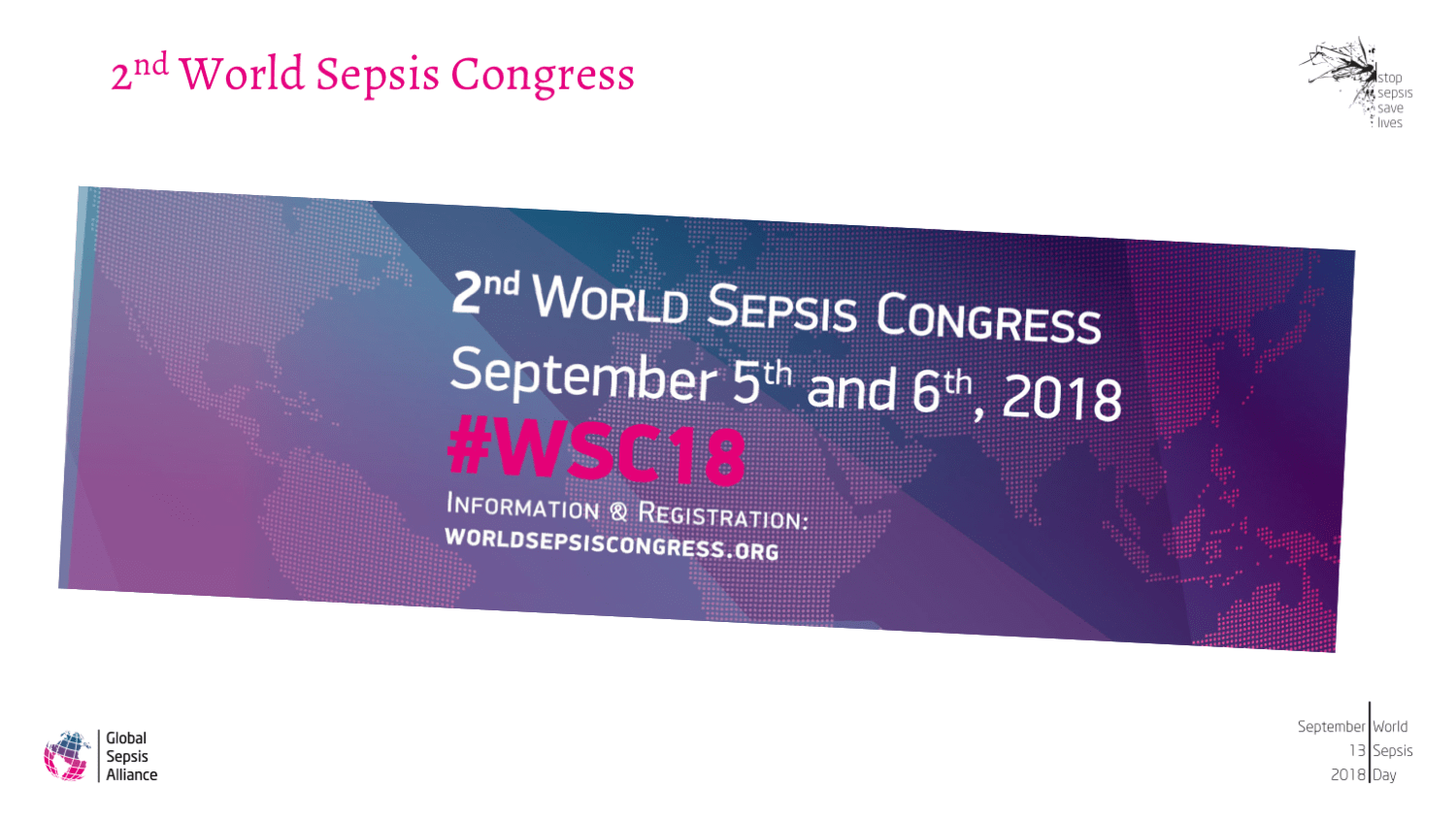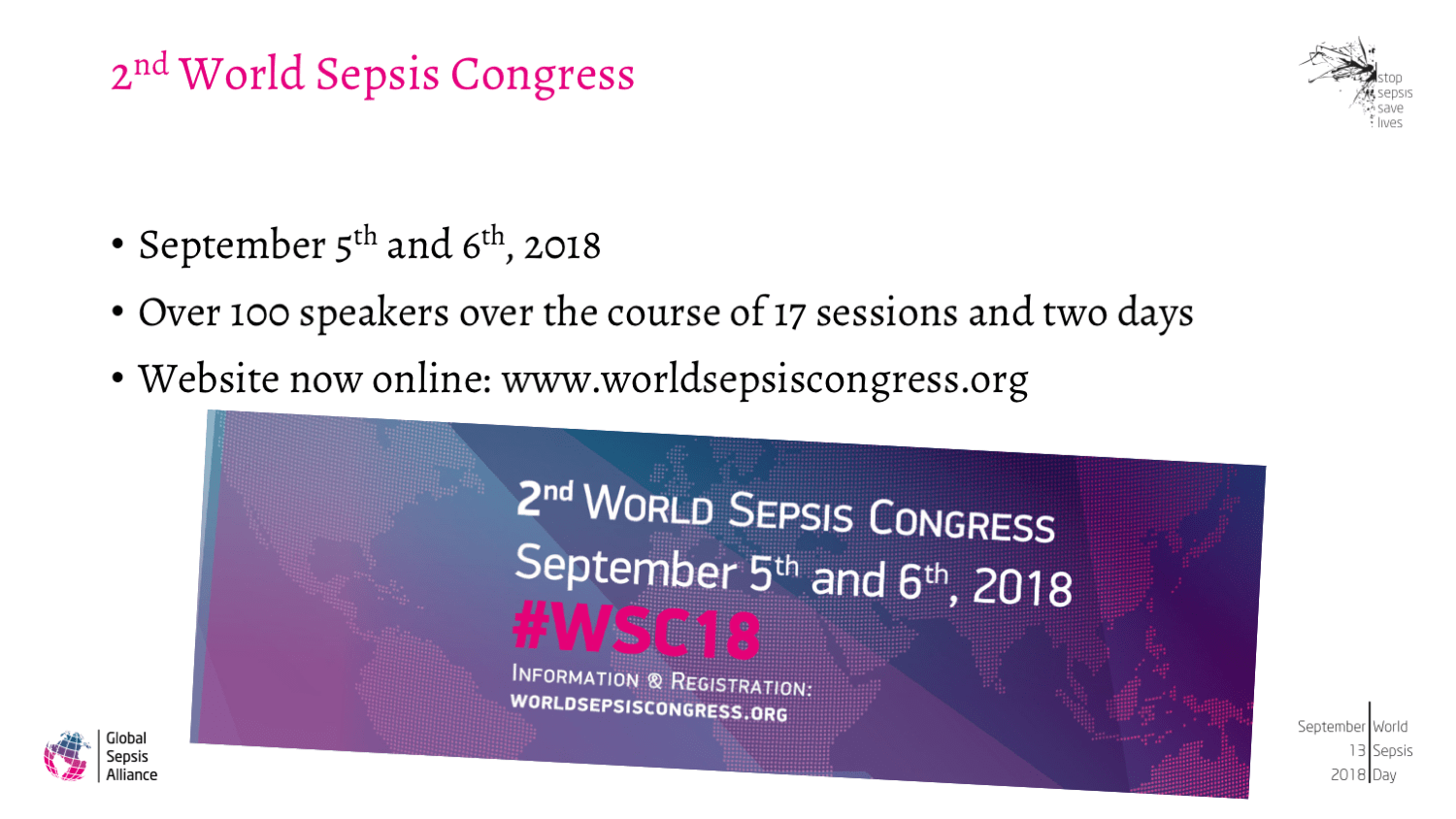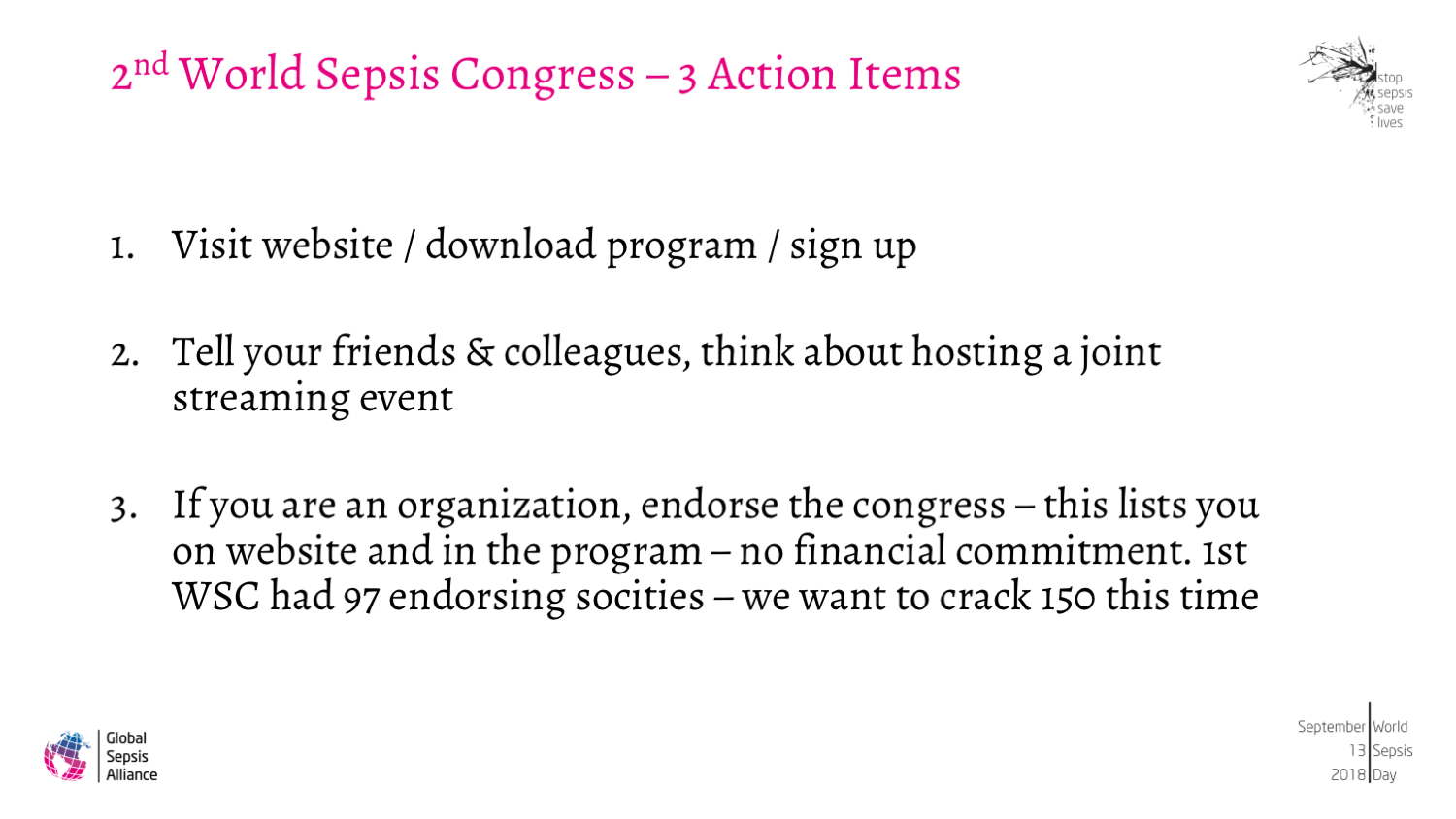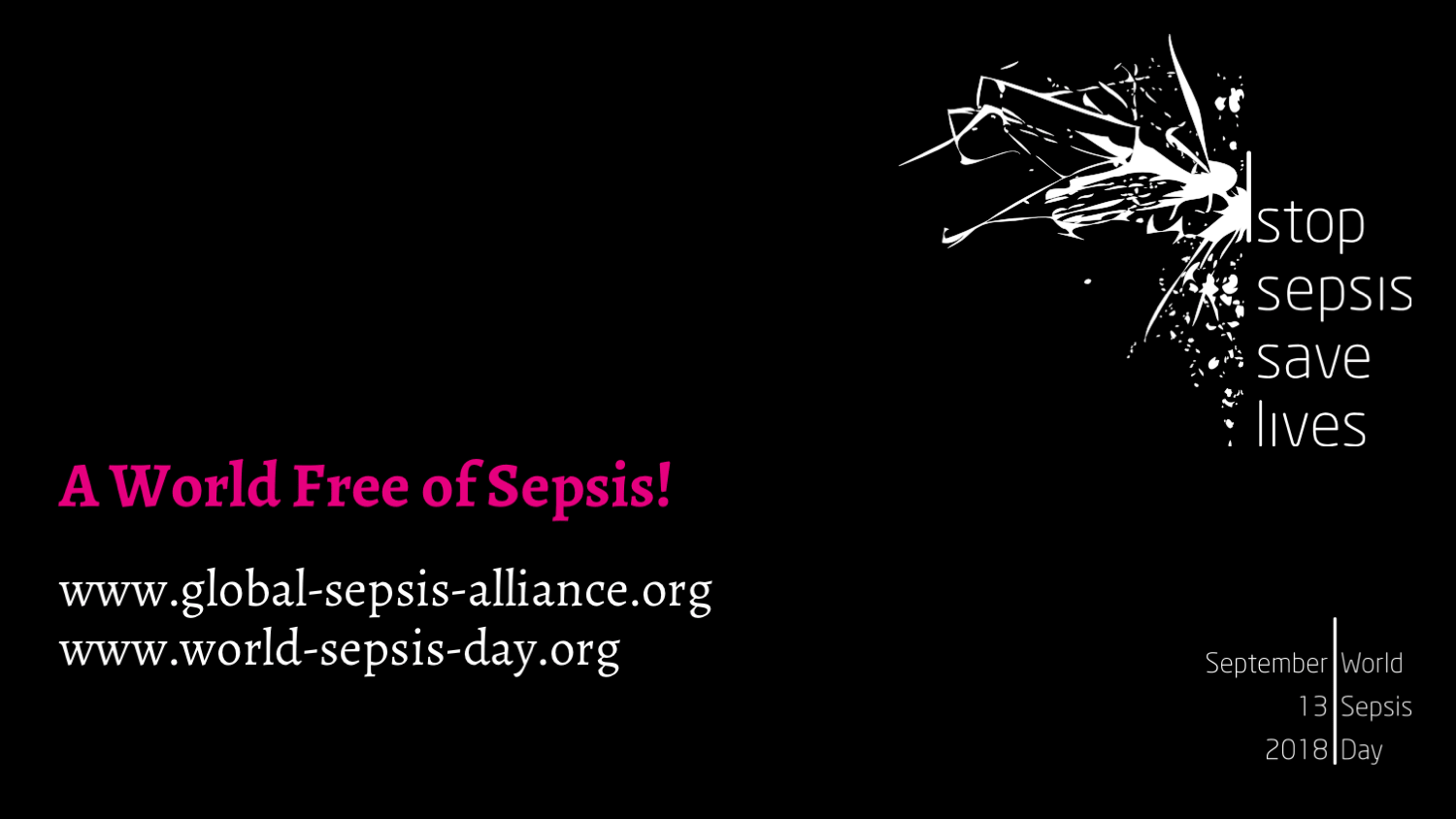As an 18-year-old Honours Law student, Maddy was intelligent, beautiful, very independent, wickedly funny with sarcastic undertones (sometimes irreverent) and a great lover of all of God’s creatures, in particular dogs. Maddy was larger than life, a high achiever that typically got what she wanted, through sheer dedication, and perseverance.
Maddy attended the Queensland Tennis School of Excellence at Kelvin Grove State College, during her high school years. She loved the social side of Tennis and was much loved by her Tennis Fraternity. She fought hard in every game to make sure she won as she was very competitive.
After leaving school and whilst attending University, she returned to her love of tennis by coaching young children in the sport at Southern Cross Tennis. This was an extraordinary effort on her part, as she was studying a double degree and working as many hours as she could at Grill’d, to earn her own income.
Maddy amused herself and others with her love of money but in particular what she could buy with money. As a younger teenager we asked Maddy what she wanted to be when she got older, and she replied with great confidence, “I want to be rich”. This was reflected in how determined she was to achieve her best in everything she did. When her nephew came along and started talking, he couldn’t get his tongue around ‘Aunty Maddy’, it came out sounding like ‘Money Money’. From that point on Maddy became affectionately known as ‘Money Money’, and she loved it.
Maddy worked hard, was loved and respected by all those that she worked with, and she enjoyed spending her money on the finer things in life. Maddy was meticulous at looking after herself. She paid attention to her fitness, attended the Gym, spared no expense with her makeup and hair, and it showed. She was a very pretty young lady.
That’s why we are still coming to terms with how, just two weeks shy of her 19th Birthday, Maddy became ill with Influenza, developed pneumonia, and just over one week later, died from Sepsis, in Intensive Care.
On a Thursday afternoon, after spending a few days on the Sunshine Coast with her boyfriend and his family, she came home feeling quite ill and told us that she felt like she was getting the flu. Her Step Mum promptly gave her some Ibuprofen and water and told her to rest.
Maddy’s Dad (that’s me) took her to a GP the following morning (Friday). She was diagnosed with a respiratory infection and told to keep her fluids up, take over the counter cold and flu medication and rest. The next day, Saturday evening, Maddy was feeling worse, she was complaining that she was short of breath, so her Mother took her to the hospital where she was told she was dehydrated, given fluids, and sent home to rest.
She rested Sunday and Monday, we kept up the fluids, soup, and medications and she seemed to be ok. However, by Monday night she complained of feeling very sick. We repeated the advice from the GP and Hospital, told her the flu was going to make her feel terrible and kept up our regime of checking her temperature and administering flu remedies.
We were awake with her all through the night, rubbing her back, trying to make her drink, eat soup, and giving her medications. She only had the flu, right?
Early Tuesday morning Maddy asked me to call her an ambulance. I had an early morning appointment, so I called her Mum who picked her up within 15 minutes and drove her to the hospital.
Maddy was initially diagnosed with severe pneumonia which we were totally shocked at, as she had only been at the hospital two days earlier. By lunch time the same day (Tuesday) she was in an induced coma and we were told she had a 50% chance of survival. Her organs had begun shutting down and she was placed on life support. Things became surreal, and so began our agonising wait to know whether she would pull through or not. We experienced small glimmers of hope, then devastating news. Watching Maddy hooked up to machines on life support was a harrowing experience to say the least.
Maddy’s organs were shutting down and there was no blood reaching her extremities. We were told that if Maddy survived she would become a multiple amputee, losing her hands and feet. How could this be happening to our pretty, fit, outgoing tennis player?
Over the next 10 days we watched our daughter’s body struggle to fight the bacteria. Then, one night at close to 10: 00 pm, her lungs collapsed, the doctors and medical team fought to restore them however Maddy’s body had endured enough. We were there with her as her heart stopped, after such a brave fight, and she left us to be with God. On October 12th, 2017, our lives were changed forever.
We that are left behind, her parents, siblings, boyfriend, wider family, colleagues and friends, are left wondering how, and why, this happened to a fit and healthy, strong and resilient young girl. How do we come to terms with the fact that Maddy is gone?
We are now all slowly learning to live our lives with this unbearable grief and learning about this killer called Sepsis.
Maddy was farewelled at a service where over 800 people overflowed from the church. Yet my guess is that only the medical staff that attended would have heard of, or known anything about, Sepsis.
How could we have not heard about a condition that is responsible for more deaths in Australia than Breast Cancer, Aids, and the road toll combined?
Sepsis, a preventable condition, that if recognised early enough, can be treated successfully. Maddy was not in a high-risk group. Fit healthy 18-year olds get the flu, rest, and recover. We are now left with the question ‘What if we had known about Sepsis?’. Would Maddy still be here? We will never know the answer to that, but I’m confident that the answer is Yes.
Through Maddy’s story, her legacy, she will continue to be an achiever by saving the lives of others. Please educate yourself, your family and friends about Sepsis. Share Maddy’s story. Get the Flu Shot and know the signs of Sepsis. It might not just be the flu. Ask the question ‘Could it be Sepsis?’
As a family, Maddy has left us with beautiful memories. With those memories and through her experience, we want to try and help save the lives of others, we want that to be Maddy’s gift to the world.
The article above was written by Damian Jones, Maddy's father, and is shared here with his explicit consent. The views in the article do not necessarily represent those of the Global Sepsis Alliance. They are not intended or implied to be a substitute for professional medical advice. The whole team here at the GSA & World Sepsis Day wishes to thank Damian & his family for sharing Maddy's story and for fighting to raise awareness of sepsis.
To help us avoid similar stories in the future, please consider donating to support our cause. Thank you.
